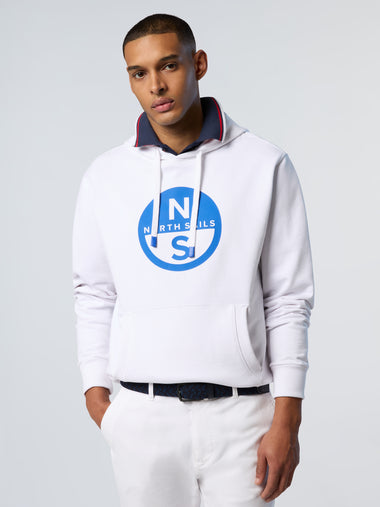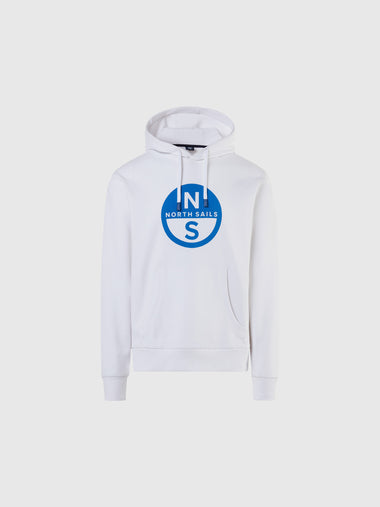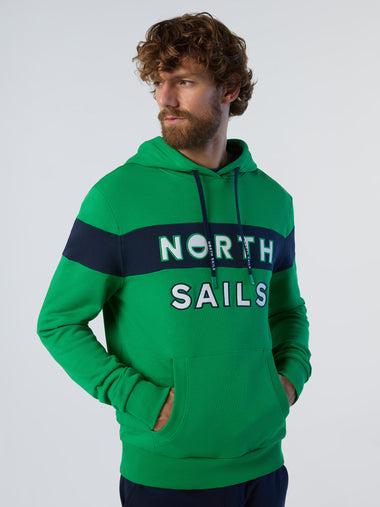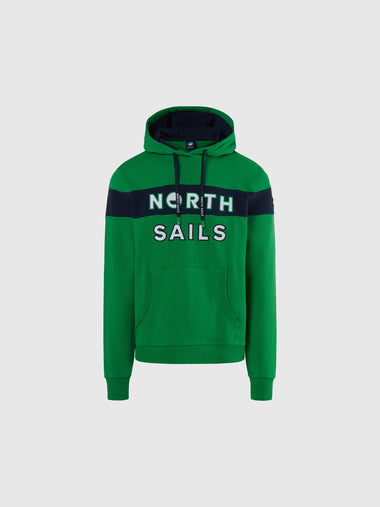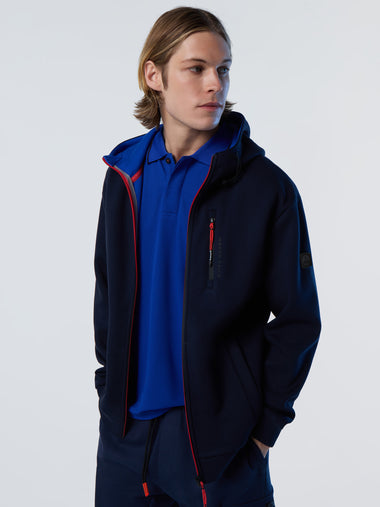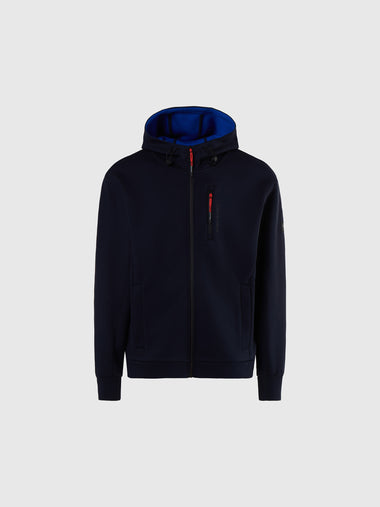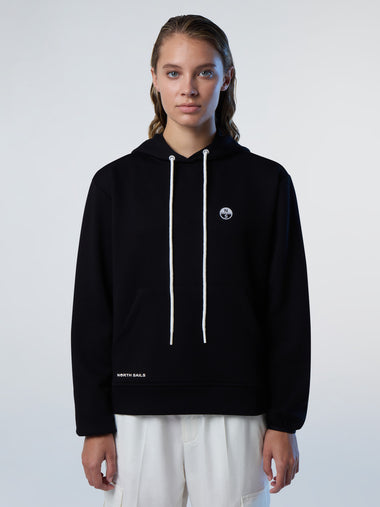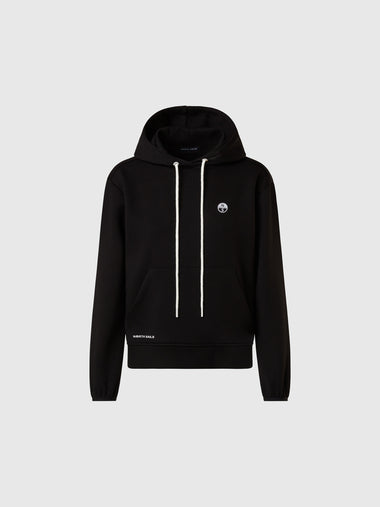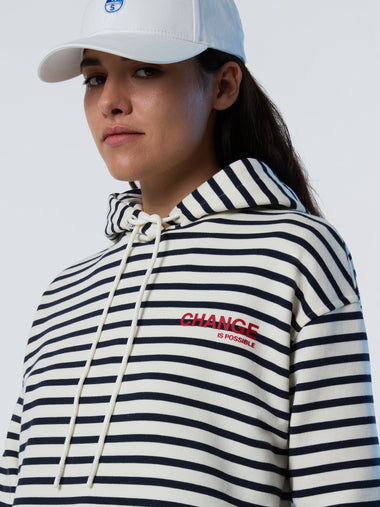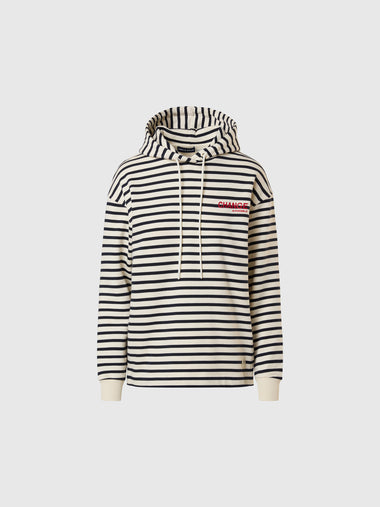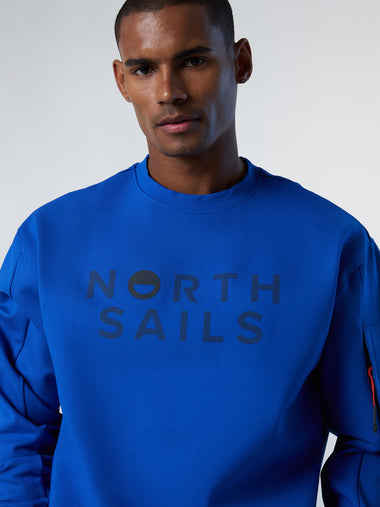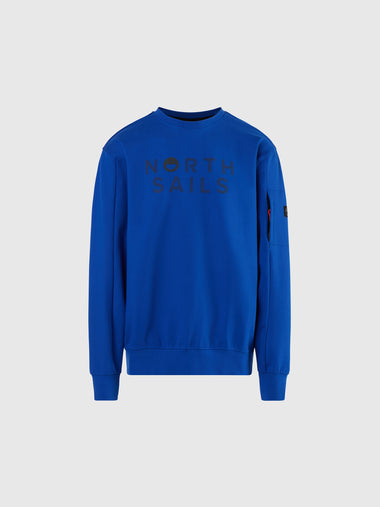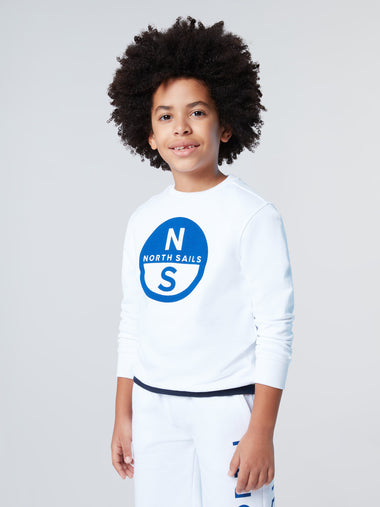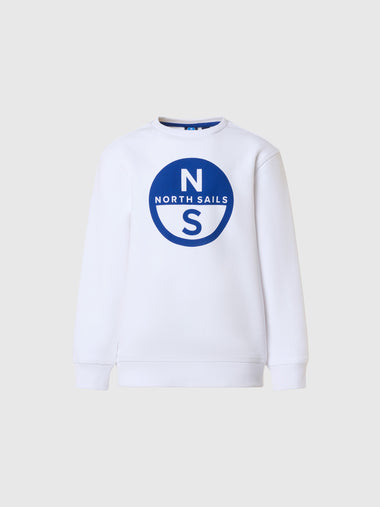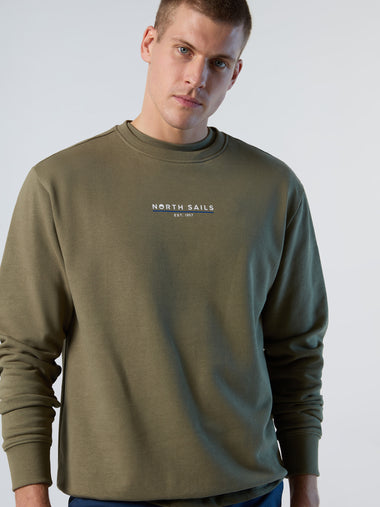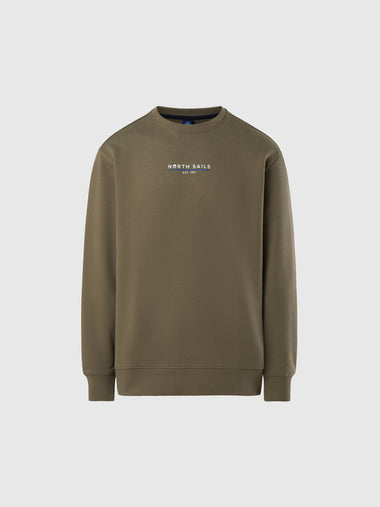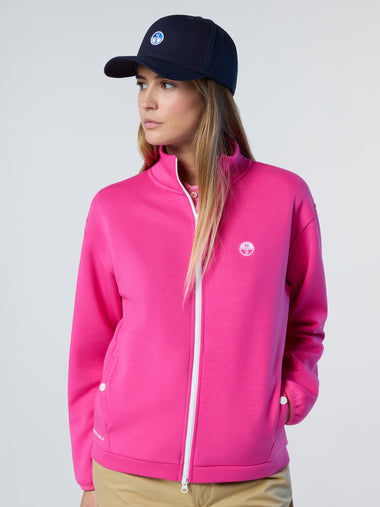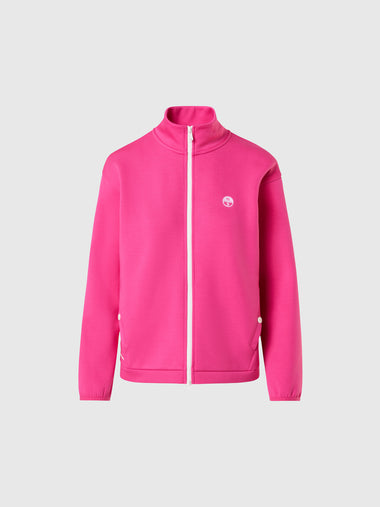NORTH SAILS BLOG
Tout
Events
Guides
News
People
Podcast
Sustainability
Tech & Innovation
Travel & Adventure

NEWS – JOYEUSES FÊTES DE FIN D'ANNÉE!
Embarquez avec toute l'équipe de North Sails Suisse pour une année 2019 vélique et passionnée!
Arnaud, Ben, Christine, Christoph, Claudia, Coraline, Daniel, Julien, Margaux, Michel, Nicolas, Patrick, Philippe, Pierre et Pierre-Yves vous souhaitent de joyeuses fêtes et une très belle année 2019.
Pendant les fêtes, la voilerie sera fermée 24, 25 et 26 décembre 2018, ouverte les 27 et 28 décembre 2018, fermée les 31 décembre 2018, 1er et 2 janvier 2019. Reprise des horaires normaux dès le jeudi 3 janvier 2019.
READ MORE
READ MORE

2018-19 VIPER WINTER SERIES - EVENT 1
CLASS NEWCOMERS WIN VIPER WINTER SERIES’ FIRST EVENT
Interview With Winners Patrick Wilson and Chris Stocke
The first stop of the 2018-19 Viper 640 Sarasota Winter Series was sailed over the weekend of December 15-16 on the waters of the Sarasota Bay. Unfortunately there wasn’t enough breeze to run races on Sunday, but the Race Committee did a fantastic job getting in 4 races in tricky light air conditions on Saturday. North Sails customers were faster than ever – dominating the event finishing 1,2,3,4,5,6. Chris Stocke and Patrick Wilson busted out their brand new Viper sails for the very first time and came away with an impressive win against a very competitive fleet including four previous North American Champions. Our Viper Expert Zeke Horowitz had a conversation with Chris and Patrick to find out just how they managed to pull it off.
You guys are brand new to the Viper Class. What was it that inspired you to choose the Viper?
Patrick: Well, Chris and I do a lot of sailing together in the J70 and have become good friends over the years. When we began discussing a boat to get on our own, the Viper quickly came to the top of the list. We knew we wanted something modern with an a kite able to plane, with an established fleet of good sailors, as well as a class where we could have fun with the boats and the people. So far, the Viper has definitely met and exceeded expectations.
Chris: We set out to find a boat that was not only fast but affordable. With the Worlds being in Long Beach. which is a great place to sail, we settled on the Viper.
This was your very first regatta in the boat and you came away with the win in a pretty tough fleet. What are 3 tips you would give to someone who is going to sail their first Viper regatta?
Patrick’s Tips:
Don’t be afraid to ask questions. We found that we had and still do have a lot to learn. Everyone in the fleet was willing, able and ready to answer and explain all of our questions and really speed up our learning curve.
Stick to the basics. Starting with a new boat and a new class can feel overwhelming. For this event we tried to focus on starting well, sailing smart, and keeping it simple.
Enjoy it. Our main reason for getting into the class is to have FUN.
Chris’ Tips:
Have fun.
Stick to the North Sails Tuning Guide, it seems to put you in the ballpark to have top notch speed right off the bat.
Ask the fleet lots of questions, there are so many different modes you can sail in a boat like this and the top guys have seemed to have figured them out and are happy to help!
What resources did you utilize to make sure your brand new boat would be set up correctly for your first day or racing?
Patrick: For me the biggest hurdle to overcome on the first day is learning how to tune and set up the sails correctly. We recently purchased a full set of North Sails and we spent a few hours following the Setup and Tuning Guide, step by step. It is a well laid out resource that gives a great process of setting up your boat from start to finish. From mast butt position, spreader angle, rig tension and mast chocking, you guys have done an amazing job of giving anyone the formula for achieving speed right out of the box.
Chris: In order to make sure the new boat was ready to race we talked with the class reps. The North sails seemed pretty dialed in right out of the box.
We had mostly light air for this regatta. What would be your number one tip for boat speed upwind? How about downwind?
Patrick: I would say that upwind in light air we learned quickly just how flat you could sail the boat. As for downwind, we used other boats as relative gauges for learning modes. Weight placement seemed critical as the further forward you could get the better.
Chris: With the regatta being mostly light air we forced hard on always keeping the boat moving. Downwind was tricky being that a couple more knots changes your angle dramatically. Communication on pressure differences made finding modes easier.
I observed that the top boats at this regatta really got separated from the rest of the fleet with their boat handling skills. Walk us through your timing and procedure to execute a good light air roll tack.
Patrick: Timing and having all three crew members move at the same time is critical to executing a good light air roll tack. As the driver begins to slowly turn the boat, the crew needs to have patience and not roll until the boat is head to wind. Having one person to count down and call the roll can be quite helpful in this. Once the boat is approximately at a close hauled course on the new tack we would flatten as a team. Two critical things as the flatten happens are:
The driver has the tiller straight
The crew flattens in a “finesse” fashion paying close attention not to over flatten the boat.
Having the same person call both the roll and flatten works well and keeps the team moving as one.
Chris: Roll tacking these boats is somewhat challenging because they are quite wide. Finding the proper footwork in tacks as well as exit angles is what we were focusing on.
Chris, you grew up sailing on Sarasota Bay. Did local knowledge come into play at all with your tactical decisions? Any keys to look for on the Sarasota Bay that might help the fleet know what to look for?
Chris: Sarasota is a very dynamic place to sail. You have to really look up the course. Most of the time the breeze in the morning has some sort of East in it and in the afternoon it tends to try and find its was to the North West. Keeping this in mind helps because you can start to pick up patterns and small shifts as it starts to veer.
2018-19 Viper 640 Winter Series
EVENT #1 – Teams Powered by North Sails
1
Christopher Stocke
2
Marcus Eagan
3
Peter Beardsley
4
Zeke Horowitz
5
Jay Golison
6
Nick Amendola
READ MORE
READ MORE
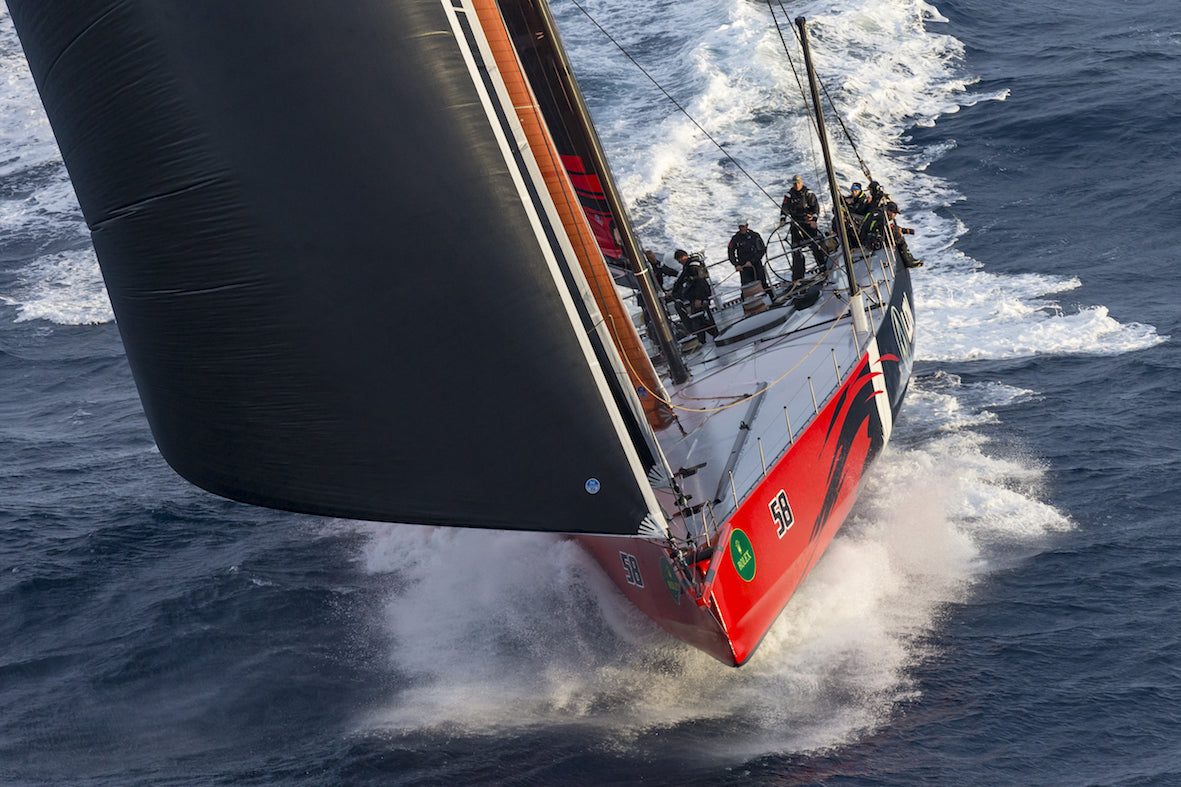
NAVIGATING THE SYDNEY-HOBART
NAVIGATING SYDNEY-HOBART
Australian Summers Make For The Ultimate Offshore Experience
© Kurt Arrigo / Rolex Sydney Hobart
The Rolex Sydney-Hobart Race is one of the classic yachting events on the annual race calendar, arguably the most famous and difficult race taking place in the Southern Hemisphere. Its reputation is well deserved, giving all who enter it numerous challenges – not only in the level of competition the race draws, but also with many hurdles brought by Mother Nature. These environmental challenges take the form of fast changing and often strong winds, squalls, complex ocean currents, and potential for extremely rough, boat-breaking sea conditions. All that on top of what is often a more than 20 degree Celsius drop in air temperature from balmy Sydney to cool Hobart.
Navigators of the race watch typical wind patterns of the Australian summer: a semi-permanent high pressure to the east over the Tasman Sea, and another over the Great Australian Bight west of Tasmania. Air flows anti-clockwise around these high pressure systems, which means there is a tendency for northerly winds off the Sydney coast and southerly winds west of Tasmania.
Between these two high pressure areas there is normally an extension of the thermal low pressure from the hot interior of Australia, extending into NSW and pointing toward the Bass Strait.
The patterns described above represents the average – that is, what you get if you average the weather maps over a long period of time in the Australian warm season. However, the actual weather on any given day is the result of modulations on the average pattern and disturbances (weather systems) embedded within the larger scale.
SOUTHERN OCEAN CHILL
One such important and common disturbance involves the northward intrusion of cold air out of the Southern Ocean. When cold air pushes north toward Tasmania, the Bass Strait, and southeastern Australia, some very abrupt and severe changes can result. Ahead of the cold fronts which mark the leading edge of a cold push, winds typically build from the north along the coast. Sometimes thunderstorms can develop over the hot interior of NSW and move east into the course from Sydney and south to Green Cape. Such storms have generated spectacular waterspouts on the course – an encounter with which is not only memorable, but potentially very dangerous.
“Being ready to weather strong upwind sailing and very rough seas in the wake of a S’ly change are a must for any crew and boat taking on this race.”
As a cold front moves north and east across the race route, fast running conditions down the coast abruptly change to hard, very rough, upwind conditions. Not to mention the fact that squalls and much cooler air make sailing more difficult. These post-change encounters are a make or break point for some teams. Being ready to weather strong upwind sailing and very rough seas in the wake of a S’ly change are a must for any crew and boat taking on this race.
TRICKS OFF TASMANIA
Further down the track from crossing the Bass Strait to east of Tasmania, winds are no less challenging. Large ocean swells are common crossing the strait, and Gale or Storm force winds can occur – especially in the day or two following a front. Off Tasmania, winds can run the gambit from strong to exceedingly light. One certainty of sailing off Tasmania is that the wind will change. The weather patterns there are fast moving and can behave erratically. An area of no wind can exist within hundreds of meters of gale force gusts. Understanding how conditions will change and making a correct call at the last moment can make the difference in almost any team’s race.
SURF OR SWIM
Another important factor in the strategies for this race is often the East Australian Current (EAC). The EAC is a western boundary current similar to those found on the east coasts of most continental land masses around the world (Gulf Stream off North America; Brazilian Current off South America; Agulhas Current off South Africa, and; the Kuroshio off Asia). The EAC is a generally south-flowing current off the coast, typically extending from north of Sydney to the Bass Strait and off the east coast of Tasmania. While the current is always present in one form or another, its speed and position relative to the course can vary significantly. In addition, tight swirls or eddy’s are typically present in proximity to the main current flow, and can result in areas of rotating water over ten miles wide, often delivering the opposite of what a skipper may expect.
While the current doesn’t change much on a day-to-day basis – unlike the weather – it does vary over a period of weeks. Sometimes it is close to the coast and within reach of the fleet to take advantage of its southward flow. Other times, it is further offshore, and sailing out to it can be a gamble whether or not the favorable flow will be enough to offset the extra distance necessary to get to it.
There is also a potential significant downside to being in the current – even if it is within reach. When winds are blowing from the south, very large and steep waves can develop within the EAC which can, at a minimum, slow progress or, in the worst case, be boat-breaking. Anytime there is a southerly change and strong upwind conditions in this race, sea state within the EAC is a significant factor.
The crews will be closely monitoring the weather forecasts and EAC condition in the days leading up to the race. While the forecasts can be reliable, it is often the small differences that are more difficult to predict. That will combine with the level of seamanship on-board to determine how well a team does.
“Having a fast boat and sails are of course a bonus, but being ready and able to handle whatever the weather and sea brings will make the difference.”
Chris Bedford is a well known sailing meteorologist and has advised many professional teams on inshore and offshore race routing, including the Abu Dhabi Ocean Racing 2014-2015 Volvo Ocean Race team. Read more from Chris at sailwx.com
Contact your local North Sails experts to get your sails inspected and ready to take on the big race!
READ MORE
READ MORE
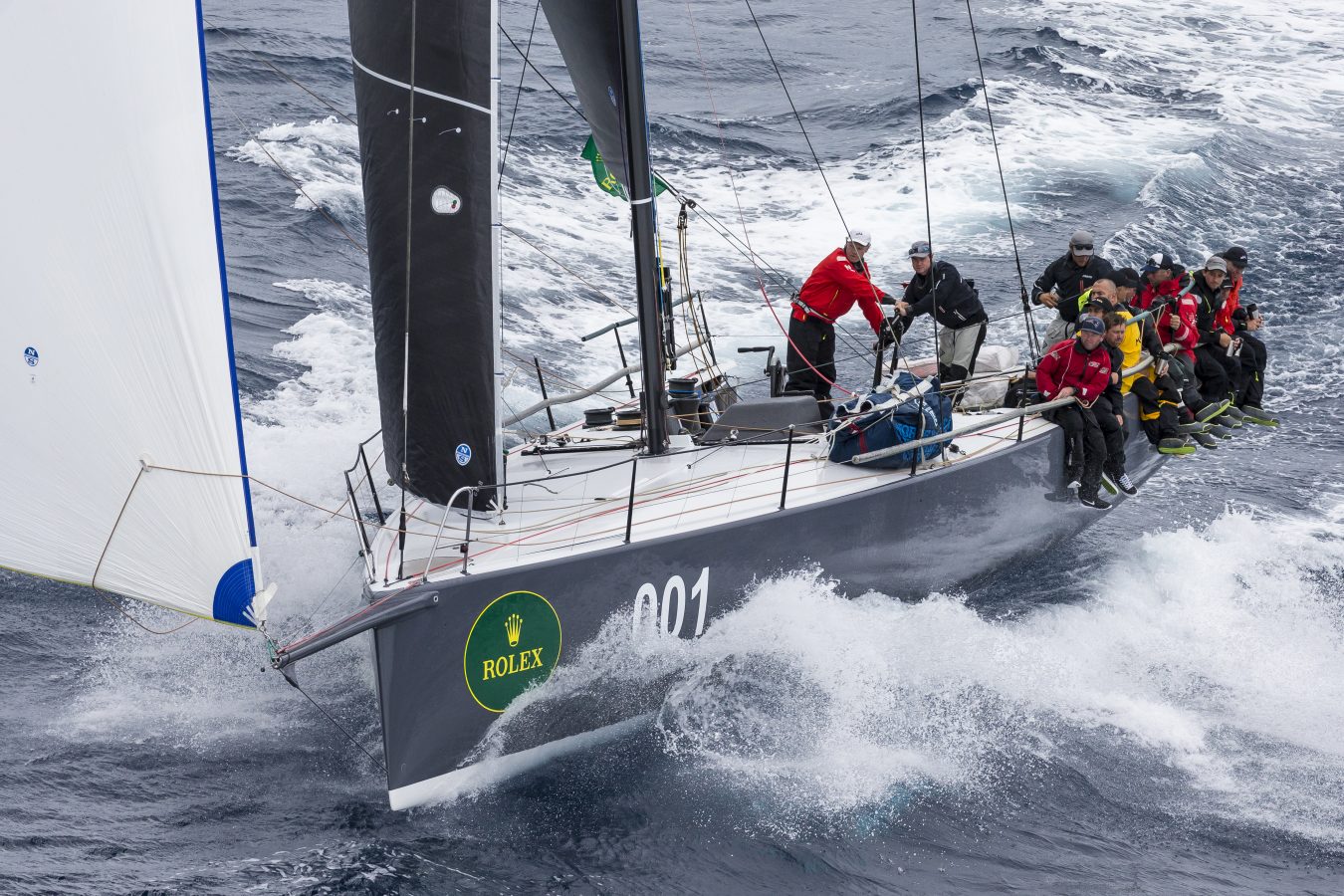
ROLEX SYDNEY-HOBART RACE PREVIEW
ROLEX SYDNEY HOBART PREVIEW
Rob Greenhalgh’s Outlook On Final Race Preparations
📸 ROLEX / Studio Borlenghi
World-renowned sailor Rob Greenhalgh joined North Sails a few months ago. Even after winning a Volvo Ocean Race and two world championships, the Rolex Sydney to Hobart Yacht Race is a highlight on this Brit’s calendar.
Your reasons for doing this race?
“It is one of those iconic races that you just want to keep coming back to do. There is a great atmosphere but also, no two are the same. You can get such a huge range of conditions and they can be very changeable through the race too. You need to be good at everything to do well and you have to stay focused. I won it a couple years ago on Giacomo. I have also done it on Leopard, the 100 footer, and broke a mast on ABN AMRO back in 2006. The race can be quite gnarly at times because often a front blows through the fleet. The finish is tricky, as you can end up losing, or gaining, massively as you head up to Hobart. It can be incredibly stressful at the end of this mad sprint to be desperately holding on to a lead or be edging up behind someone trying to get one more scalp…”
Who are you sailing with this year?
“I am sailing on Ichi Ban. The pressure is certainly on as the boat was the overall winner last year, so lots to live up to. We also have high expectations. Whilst there is always an element of things you can’t control when you are flying along the coast down to Hobart, preparation plays a big part in victory, and for us that started in September.”
Tell us more about that preparation.
“We have been doing a number of races. Hamilton Race Week, then the CYCA AUDI Bluewater Series, which is a series of offshore races that we used to help tune up the boat for Hobart. We have also been working very closely with the sailmakers and designers at North Sails to get everything optimized for the race, especially as Ichi Ban is a relatively new boat to our team. We have spent a lot of time looking at the boat’s data and performance, learning its strengths and weaknesses and trying to eliminate the weakness where possible. One thing we have been seeing is reaching struts, they have made a big impact on performance and how some of the reaching sails cross over. We’ve done a lot of work on that, figuring out how to get all that going properly.”
Talk us through the sail wardrobe on Ichi Ban.
“The upwind inventory is based around the successful Super Series designs, slightly optimized for an offshore environment with the mainsail having three reef points and the head width slightly reduced.
“The downwind and reaching sails are where the miles are done, and there are some very difficult decisions to make based upon the forecast. Out of eight downwind sails, we are only allowed to carry five. Understanding how our inventory performs in different conditions allows us to make educated decisions on sail choice.”
“We don’t have anything special just for this race. It’s more about maximizing and understanding our inventory so we know what we need to take for the forecasted conditions… and making sure we have all our bases covered.”
How do you make those final sail choices?
“The final weather forecast determines whether you are going to get an absolute gale or not and that does affect sail choice. But what is really important is knowing what your sails can do, so that you can be sure you have the angles and possibilities covered. Reaching sails are obviously a pretty important part of the inventory and we’ve got a couple of reaching sails that do cross over a bit. But you have got to know when they’re good and when they’re not. We are limited to five spinnakers, so we do have to leave some sails behind. That means we’ve got to understand how we can optimize what we have for the conditions we expect.”
What modifications have you made to the boat for the race?
We did a lot of the warm up events with our inshore rig and just recently switched to our offshore mast, because it is capable of dealing with the Sydney-Hobart! It’s (pretty much) bulletproof and we can go hard upwind with it in big breeze. For the mainsail, this will be its third Sydney-Hobart. It’s done plenty of work, but it’s still awesome and we know what it can do for us.
What are the key elements for doing well in a race like this?
“You have to keep the boat going twenty-four hours a day at maximum performance levels if you want to win. Keeping the boat fast all the time – that is where the gains are. It is very easy to go off the boil for a couple of hours during the day or during the night and lose a mile or so. It’s so important that everyone can drive and trim, everyone knows sail crossovers and choices, and there is a good watch system so everyone can be fully dialed in all the time.
“There is also a mental part of this (and any) offshore race. The way I view it is that you have got to win your class first. If you win that, racing against the people who are in the same bit of water as you with the same wind, then fingers crossed everything will align so you can get the overall win. I think we will be one of the handicap favorites, but things can be different on the day. Nobody can take anything for granted on this race. We know we’ll have to work really hard to win but we’ve done a lot of preparation so hopefully it will all come together.”
Any final comments?
“I’m really excited to be part of the Ichi Ban and North Sails team for the first time in this race. It’s amazing to see the build up from the North side as well as working on getting Ichi Ban ready to go. I love the fact that we are going to see so many of our boats and sails out there in this amazing race.
“Happy Sailing and see you all in Hobart!”
©Carlo Borlenghi / Rolex Sydney Hobart
READ MORE
READ MORE
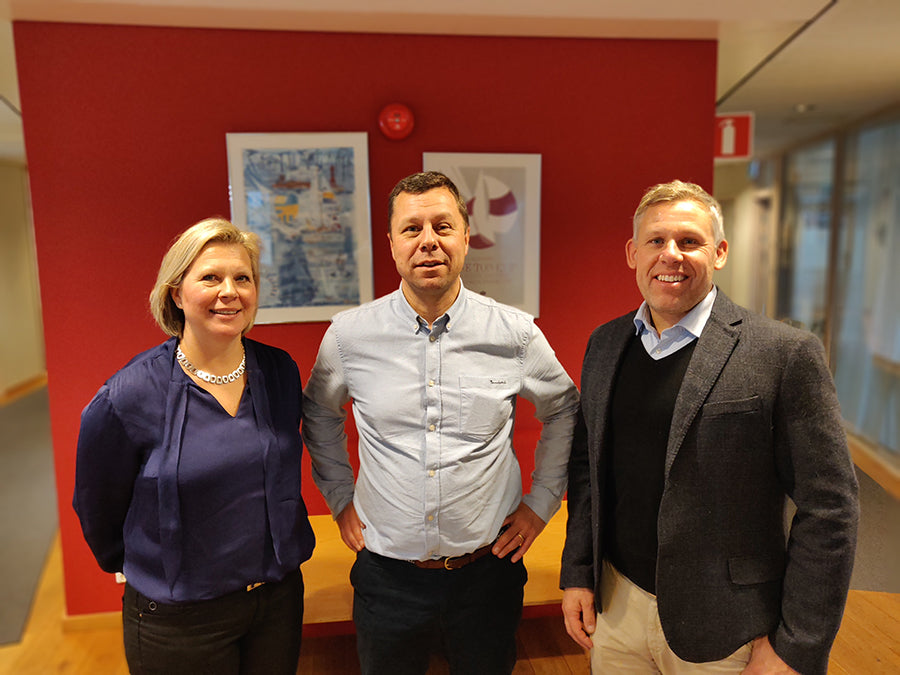
NYTT SAMARBETE MELLAN NORTH SAILS OCH SSF
NYTT SAMARBETE MELLAN NORTH SAILS OCH SSF SKA STÄRKA SVENSK SEGLING
I december blev det klart att North Sails och Svenska seglarförbundet inleder ett formellt samarbete. Det handlar dock inte om ”sponsring” i någon vanlig mening. Syftet är istället att med gemensamma krafter stärka och utveckla svensk segling.
Från vänster till höger: Marie Björling-Duell, Förbundsdirektör Svenska Seglarförbundet, Henrik Ottosson, VD North Sails Sverige, Thomas Hansson-Mild, KAM/PL Svenska Seglarförbundet.
"Vi ser oss inte bara som en segeltillverkare", säger Henrik Ottosson, vd på North Sails Sverige. "Vi har mycket idéer om hur svensk segling kan stärkas, och ser det här samarbetet som en fantastisk möjlighet att bidra till utvecklingen".
Seglarförbundet har en vision om att seglingen ska vara ”tillgänglig för alla”, och det är något vi stöttar till fullo. Vi vill göra vad vi kan för att stödja en sport som vi älskar. Vill man vara krass handlar det dessutom om att säkra framtidens kundbas. För det är klart att vi – precis som resten av fritidsbåtbranschen – har allt att vinna på att fler seglar.
Det är uppenbart att svensk segling står inför en del utmaningar. En sådan är att sporten tycks ha svårt att attrahera och behålla yngre seglare. Det här har pågått ganska länge och följden har blivit att vi idag har ett glapp i åldersgrupperna tjugo till fyrtio år.
Vi ska inte påstå att vi sitter på någon enkel lösning på den här problematiken. Men vi tror att de upplevda hindren eller trösklarna för att börja segla, eller att ta steget från nöjessegling till kappsegling, behöver sänkas. Vi behöver också fundera på hur vi kan underlätta för seglare som vill ta nästa steg i sin utveckling.
Kunskap och utbildning är ett område där vi på North Sails tror oss ha en del att bidra med. Vi har tillgång till ett omfattande utbildningsmaterial i både tryckt och digital form, framtaget av några av världens främsta experter. I och med samarbetet med SSF, som är det samlande organet för drygt 340 klubbar, kan detta nu bli tillgängligt för seglare över hela Sverige.
Träning och coachning är något som vi har jobbat med under många år – bland annat i form av ”clinics” – och detta ska vi nu utveckla vidare tillsammans med seglarförbundet. I april kommer vi, SSF och Halmstads Segelsällskap arrangera en träningshelg för entypsklasser med gennacker, och det finns tankar på ett liknande arrangemang för spinnackerbåtar.
Men vi får väl se var vi landar. Det ska hur som helst bli väldigt spännande att få jobba med Svenska Seglarförbundet. VI tror faktiskt att vi tillsammans kan åstadkomma en hel del.
READ MORE
READ MORE
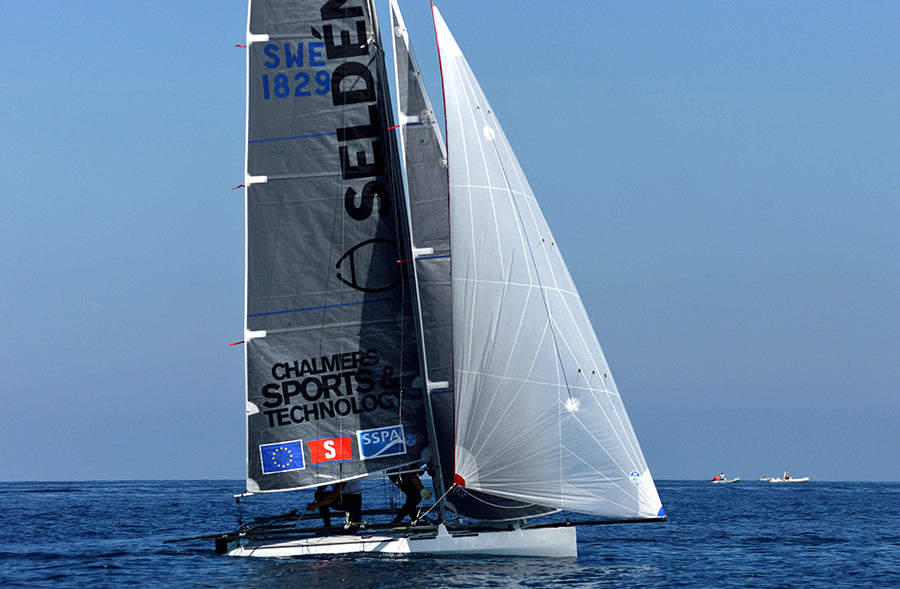
TRIUMFEN I PALERMO
TRIUMFEN I PALERMO
Att studenter från Chalmers har utvecklat och tävlat med en båt byggd av linfiber och epoxi på skal från cashewnötter känner du säkert till. Även breda medier som Aftonbladet och SVT har rapporterat om saken, och det är uppenbarligen de udda materialvalen som är orsaken till detta. Men det finns mycket annat kring det här projektet som är minst lika intressant.
Fritiof Hedström och Otto Hamel vann fyra av den sex delseglingarna, ofta med stor marginal.
1001 Velacup är en årlig tävling där studenter från europeiska universitet kappseglar med egenutvecklade båtar. Båtarna ritas enligt en boxregel där de viktigaste begränsningarna är att skrovet inte får vara längre än 4,6 meter och att segelytan inte får överstiga 33 m². Det finns också en del begränsningar på materialsidan. Minst 70 procent av skrovet ska exempelvis bestå av biomaterial (som exempelvis linväv och cashewnötter). Båten ska designas, byggas och seglas av studenter men det är tillåtet att köpa in rigg och segel, och det var så vi på North Sails kom in i projektet.
Projektgruppen på Chalmers har bestått av åtta mastersstudenter i marin teknik under handledning av Adam Persson och Lasse Larsson, doktorand respektive professor på Chalmers. De två sistnämnda är också knutna till SSPA, ett Chalmersägt konsultföretag som bland annat varit inblandade i flera Americas Cup-projekt.
Tävlingen skulle avgöras utanför Palermo på Sicilien i september 2018 och projektet drog igång i augusti 2017. Man hade alltså lite mer än ett år på sig. Det kan låta som gott om tid men i slutändan visade det sig att tidsplanen höll med nöd och näppe; båten hann inte ens provseglas innan den skickades till Palermo.
Ändå tog man en överlägsen seger i det tretton båtar stora startfältet. Att båten seglades av Fritiof Hedström och Otto Hamel, som vid sidan av sina studier på Chalmers gör en OS-satsning i 49er, är förstås en viktig förklaring. Men det är också uppenbart att studenterna lyckats få fram en mycket snabb båt, perfekt anpassad till förutsättningarna på Palermo.
Hur gick det till egentligen?
Ingenjörskonst av högsta kaliber
Det hela började med att studenterna gjorde en extremt noggrann analys av väderförhållandena på tävlingsplatsen. Man lyckades komma över data som gick över tjugo år tillbaka i tiden, och som geografisk kunde avgränsas till någon kilometer runt själva banområdet. Efter matematisk analys fick de fram en prognos som pekade på att medelvinden mellan kl 11 och 16 i slutet av september statistiskt sett skulle ligga på runt 3,5 m/s – och att sannolikheten för vindar över 4 m/s inte var större än 0,04 procent! "Max 4 m/s" spikades och därmed hade man de ingångsvärden som krävdes för att gå vidare i processen.
Reglerna förbjuder flerskrovsbåtar men annars är det fritt fram för det mesta, och tanken på en foilande båt med vingmast dök naturligtvis upp ganska omgående. Chalmers hade redan fått en optimistjolle att flyga så kompetensen fanns i huset. Man insåg dock snabbt att tiden inte räckte för att designa, bygga och lära sig att segla en så komplex skapelse, och man bestämde sig därför för att satsa på ett mer konventionellt skiff-koncept.
Genom Chalmers och SSPA hade studenterna tillgång till de senaste vetenskapliga rönen, avancerade metoder
för att simulera båtens alla egenskaper, men även kunskap om nya material och konstruktionslösningar.
Varenda detalj på båten – skrov, fenor, rigg, segel – har således genomgått ändlösa datakörningar där man har testat alla tänkbara varianter och till slut valt den som är mest optimal med tanke på de förväntade väderförhållandena. Allting har sedan dimensionerats med finita elementmetoden, och även detta har skett med ”max 4 m/s” för ögonen.
Några större säkerhetsmarginaler har aldrig funnits och man kan undra vad som hade hänt om vinden under regattan hade behagat överraska med en sju-åtta sekundmeter. Det troligaste är nog att båten helt enkelt hade havererat.
Så det är klart att man tog en risk. Men med tanke på väderstatistiken kan det knappast ses som dumdristigt. Med facit i hand är det mer troligt att det var just detta som lade grunden till den överlägsna segern.
Båten är snabb men också rank och svårseglad.
En lättvindsbåt av Guds nåde
Chalmers tävlingsbåt är alltså utvecklad för vindar under fyra sekundmeter. Ingenting annat. Skrovet är smalt med låga fribord och ett skarpt slag från för till akter. Förskeppet är vasst och påfallande djupt. Skrovet blir sedan gradvis lägre och planare ju längre bak man kommer. Under slaget är tvärsektionerna mjuka och cirkelbågsformade, vilket minimerar våta ytan.
"Aspect ratio" har varit ett mantra som upprepats gång på gång under resans gång. Högsmala vingar skapar mycket lyft och lite motstånd, och det gäller oavsett om de verkar i luft eller vatten. Centerbordet sticker 1,7 meter – på en båt som alltså bara är 4,6 meter lång – och masten är mer än dubbelt så lång som skrovet. Den är faktiskt hela 2,5 meter högre än på en 49er och drygt 1,5 meter högre än konkurrenterna i Palermo. Förutom att det ger ett segelplan med fördelaktigt aspect ratio innebär det att segelytan hamnar högt, vilket förstås är en fördel i ett så vindfattigt område. Med ett segel som sticker upp halvannan meter ovanför konkurrenterna blir man dessutom mindre känslig för störda vindar.
Därmed är vi inne på segelplan och segeldesign, vilket ju var det som vi skulle hjälpa till med. North Sails representerades av Henrik Ottosson i Göteborg och Tore Lewander på Lidingöloftet. Seldén skulle leverera riggen och på den vägen knöts även Per Wretlind till projektet.
En av de knivigare frågorna gällde segelplanets storlek och utformning. Segelytan får som sagt inte överstiga 33 m², inklusive eventuella undanvindssegel. Det är, om man tänker efter lite, en ganska märklig siffra. Som jämförelse kan nämnas att en 49er har nästan 60 m² med alla segel hissade. Motsvarande siffror för 505 och 470 är 42 respektive 27 m².
Så vi kom snabbt till slutsatsen att en klassisk kombination av storsegel, fock och spinnaker/ gennaker knappast var något alternativ. I så fall skulle vi i princip få sätta en 470-rigg på båten, och det kändes inte alltför lockande med tanke på att det ju vankades lättvind.
Å andra sidan hade vi helt fria händer. Frågan om båten skulle ha ett, två eller tre segel var länge en öppen fråga. Likaså hur hög masten skulle vara och hur ytorna skulle fördelas på kryss respektive undanvind.
Sådant här går också att räkna på, och efter körningar i VPP-program bestämdes det att våra 33 m² skulle fördelas på tre segel, hissade på en 9,5 meter lång vridbar mast utvecklad av Seldén. 22 m² hamnade i stor och fock, och därmed hade vi ytterligare 11 m² att tillgå. Det blir ju inte mycket till spinnaker eller gennaker av det och valet föll istället på en Jib Zero.
Seglet hissas på ett utdragbart peke och används tillsammans med focken på öppna bogar. En Jib Zero designas ofta för bidevind, men i det här fallet är det mer inriktat mot öppnare bogar.
"Seglet är djupare, framför allt i toppen”, säger Tore Lewander som gjorde själva designen, ”och för att inte tappa akterliket när skotet slackas ligger formen lite längre bak än vanligt."
Skrovet är en sandwichkonstruktion och byggdes på traditionellt one-off-manér. Det udda materialvalet – linväv och epoxi baserad på cashewnötskärnor kring en balsakärna – var ett sätt att klara kravet att minst 70 procent av skrovet skulle bestå av biomaterial.
Ett genomarbetat koncept utan svaga punkter
Redan under regattan första dag stod det klart att Chalmers ekipage stod i en klass för sig. Hedström/Hamel vann fyra av de sex racen, och enda gången det fanns anledning att dra efter andan var när rorkulten på grund av en konstruktionsmiss gick av i andra racet. Hedström fick styra båten liggandes på tvärs i aktern och med händerna på själva rodret, men de tog sig trots detta i mål som tredje båt. Totalt sett var segern egentligen aldrig hotad.
Fartmässigt var Chalmers båt helt överlägsen. Men det är en mycket extrem båt som inte precis är lättseglad. Båten är riggad för segling med full trapets i fyra sekundmeter och man behöver inte göra stora misstag för att båten ska kappsejsa.
Problemet här är egentligen inte brist på rätande moment utan att båten i sig själv är så rank att den knappt kan förtöjas vid en brygga utan att lägga sig på sidan. Det ställer oerhörda krav på besättningen.
Man kan säga att vi här har att göra med en mänsklig faktor som är svår att sätta en siffra på men som ändå måste tas med i beräkningen redan när båten designas. Och här hade projektgruppen ett trumfkort i form av Fritiof Hedström och Otto Hamel. Med så kompetenta seglare vid spakarna kan man ju tänja gränserna lite extra.
"Vi visste att vi hade tillgång till oerhört duktiga seglare", säger Adam Persson som var handledare för projektet. "Och det gjorde att vi vågade ta vår design till det extrema."
Uttalandet säger en hel del om den noggrannhet och omsorg om detaljer som från början till slut har präglat det här projektet. Det finns ju en gammal seglarsanning som går ut på att ”den som gör minst misstag vinner”, och det gäller nog även här. Triumfen i Palermo var inte ett resultat av enskilda genidrag utan berodde snarare på att man lyckats få ihop en bra helhetslösning helt utan svaga punkter.
Eller som professor Lars Larsson sammanfattar det:
"Vi har verkligen varit omsorgsfulla hela vägen. Vindstatistiken är ett exempel, och allt är beräknat in i minsta detalj när det gäller båtens utformning och hållfasthet. Vi har också utnyttjat den senaste tekniken som finns tillgänglig. Och så var förstås seglarnas kompetens avgörande under tävlingen!"
Studenterna som utvecklade den vinnande båten heter Tommaso Acerbi, Rasmus Andersson, Eric Eriksson, Simon Granli, Eike Jacobs, Francisco Rita, Robert Sahlberg och Emanuel Werner. Foto: Anna-Lena Lundqvist/Chalmers.
READ MORE
READ MORE

TORE LEWANDER: SEGELDESIGNER PÅ HELTID
TORE LEWANDER:
SEGELDESIGNER PÅ HELTID
Han är en välmeriterad kappseglare och en erfaren segelmakare som har lärt sig yrket från grunden. Men numera jobbar han nästan uteslutande med design. Möt mannen som ger ditt segel dess form!
Sedan 2002 har Tore jobbat nästan uteslutande med segeldesign. Så om du har ett Northsegel som är yngre än femton år är chansen stor att det är han som har gett det dess form.
Tore Lewander är 46 år och har seglat i hela sitt liv. Barndomens somrar tillbringades i familjens C&C 35:a och sedan dess har det blivit allt från jolle och flerskrov till alla möjliga typer av kölbåtar. På meritlistan finns bland annat VM-silver i Farr 30 och EM-guld i ORCi. Till de mer ovanliga meriterna hör att han även vunnit EM i isjakt.
Segelmakare har han varit i över 25 år. Han började ”på golvet” (i en både bokstavlig och bildlig mening) på Carlqvists segelmakeri och gick därefter till Royal Sails innan han i slutet av 90-talet anslöt sig till North Sails Lidingö. Vi hade fått uppdraget att utveckla och producera seglen till Whitbreadbåtarna EF Education och EF Language och behövde växa på produktionssidan. Spännande, tyckte förstås den unge Tore. Hans äldre bror Anders jobbade redan här så det var väl ytterligare ett skäl att söka sig hit.
När Whitbreadprojektet började ebba ut ville han se sig om lite i världen och begav sig Nya Zeeland där han fick jobb på ett litet loft i Auckland. Segelmakeriet hade inget som helst IT-stöd. Designen gjordes med papper och penna och duken skars för hand.
Där och då insåg han inte riktigt hur lyckligt lottad han var, men idag är han glad över att han hamnade på ett så utpräglat ”low-tech-loft”. Där fick han nämligen lära sig segeldesign i dess allra mest grundläggande form: ”Jag tror att det har gett mig en djupare förståelse för design som jag inte hade fått om jag hade designat på dator redan från början.”
Tore har alltid varit intresserad av design och nyfiken på vad som egentligen gör att en båt seglar bra. När han efter sejouren i Auckland kom tillbaka till Lidingö fick han möjlighet att fördjupa sig allt mer i de här bitarna, och sedan 2002 har han jobbat nästan uteslutande med segeldesign. Så om du har ett North-segel som är yngre än femton år är chansen stor att det är han som har gett det dess form.
Det har sina fördelar att jobba på North
Tore ägnar mycket tid åt att vara ute med kunder och göra ”sailchecks”. Det ger honom viktig återkoppling som gör att designarbetet kan utvecklas och förbättras.
Själva designen görs naturligtvis på dator. Förutom själva designprogrammet har han ytterligare ett tiotal programvaror att laborera med, bland annat en virtuell vindtunnel och North egna VPP-program som kan användas för att exempelvis hitta luckor i ORCi-regeln. Här finns också ett globalt designbibliotek med tusentals dokumenterat snabba segel.
Värdet av alla dessa tekniska hjälpmedel kan knappast överskattas, menar Tore. Men som North Sails-designer har man ytterligare en fördel som nog är minst lika viktig – nämligen att man är en del i ett globalt nätverk av designers.
North Sails internationella designteam leds av designchefen JB Braun och består av ett åttiotal personer som ägnar all sin tid åt design och utveckling. En del sitter på North Sails utvecklingscenter i Minden, Nevada men de flesta är knutna till de olika loften runt om i världen. De är sammankopplade i ett nätverk med en bärande princip: Det är öppen dialog som gäller. Om Tore behöver ett råd är det bara att slänga i väg ett mejl eller lägga ut en fråga i det designerforum som han ständigt är uppkopplad mot.
Som designer kan man alltså räkna med att få det stöd man behöver. Men man förväntas också bidra till att föra utvecklingen framåt. Om någon någonstans i världen kommer på någonting nytt tas det upp till diskussion i forumet och resultatet brukar bli att den ursprungliga idén utvecklas och förfinas ytterligare. Det blir gärna så när åttio var för sig erfarna designers slår sina kloka huvuden ihop.
Ett par gånger i månaden lägger designchefen JB Braun upp så kallade ”designrapporter” i forumet. North är djupt involverade i de flesta av världens mest ambitiösa kappseglingsprogram, och det gör att det finns stora resurser för utveckling. Det kan handla om vindtunneltester, datasimuleringar eller körningar i VPP-program, och syftet kan vara att exempelvis ta reda på vilka breddmått som egentligen är optimala för en Code Zero i olika vindstyrkor och vindvinklar.
North Sails designers är också indelade i olika regionala kluster. I Tores grupp ingår förutom honom själv en tysk och två danska designers, och de har ett mycket nära samarbete. Varje arbetsvecka inleds exempelvis med ett måndagsmöte där de går igenom sina respektive projekt, diskuterar hur de bäst kan utföras och tillsammans rätar ut eventuella frågetecken.
Kappsegling är en viktig del i Tores jobb. Det ger honom den praktiska återkoppling som krävs för att designarbetet ska kunna utvecklas och förbättras.
Ett kul och omväxlande jobb
Att designa ett segel tar längre tid än många nog tror. Ett bra dagsverke innebär att Tore betar av ungefär fyra segel från sin lista, men det förutsätter att han får jobba koncentrerat utan att bli störd av annat.
Det kan kanske låta som att han har ett ganska enahanda jobb. Det tycker inte Tore. Uppdragen varierar ju; på förmiddagen gör han kanske en rullgenua till en Scampi och på eftermiddagen ett 3Di-storsegel till en ORCi-racer. Båda uppdragen är kul och intressanta fast på lite olika sätt.
Tore jobbar förstås mycket med kappseglingssegel. Hur många mästerskapstitlar eller Gotland Runt-vinster han har bidragit till vet han inte ens själv, men det är förmodligen fler än någon annan svensk segeldesigner.
Det är klart att det är intressant att utveckla extrema segel i extrema material till extrema kappseglingsbåtar. Men alla uppdrag har sin charm. Ett projekt han minns med särskild glädje är när han utvecklade segel till 2.4m-klassen – ”Tvåfyra” eller ”Minitolva” i dagligt tal. Tores design, som han tog fram tillsammans med Stellan Berlin, mångfaldig världsmästare i klassen, har haft exempellösa framgångar under flera decennier och har än idag en dominerande ställning.
Ett kul projekt av det lite ovanligare slaget var annars när han för några år sedan fick en beställning på en blooper till en Sparkman & Stephens-ritad 46-fotare. Om du inte riktigt har kläm på vad det är och hur det används är det inget att skämmas för. Det visste egentligen inte Tore heller när uppdraget landade på hans bord.
Bloopers var populära under framför allt 70-talet och användes på mastheadriggade IOR-båtar, och när man allt mer övergick till fraktionsriggar försvann de från marknaden. Några designfiler fanns inte kvar i North Sails databaser och faktum är att Tore inte hade en aning om hur en blooper ska designas.
Men i Minden, Nevada fanns folk som visste. Bland annat svensken Per Andersson, som då var designchef för hela North Sails (idag är han ansvarig för produktionen av 3Di-segel). Ett telefonsamtal senare var processen igång, och efter att ha rotat runt lite i sina gamla pärmar kunde Per ge Tore den input som krävdes för att ta fram en design.
Om en blooper verkligen är ett effektivt segel ska vi låta vara osagt. Det finns nog en anledning till att segeltypen försvann. Men det var ett roligt projekt och Tore fick lära sig något nytt. För en person som drivs av nyfikenhet och intresse för vad som gör en båt snabb, är det ingen dålig belöning.
Kalla vintrar är inget som hindrar Tore från att segla. På meritlistan finns bland annat ett EM-guld i Monotype XV-klassen.
READ MORE
READ MORE
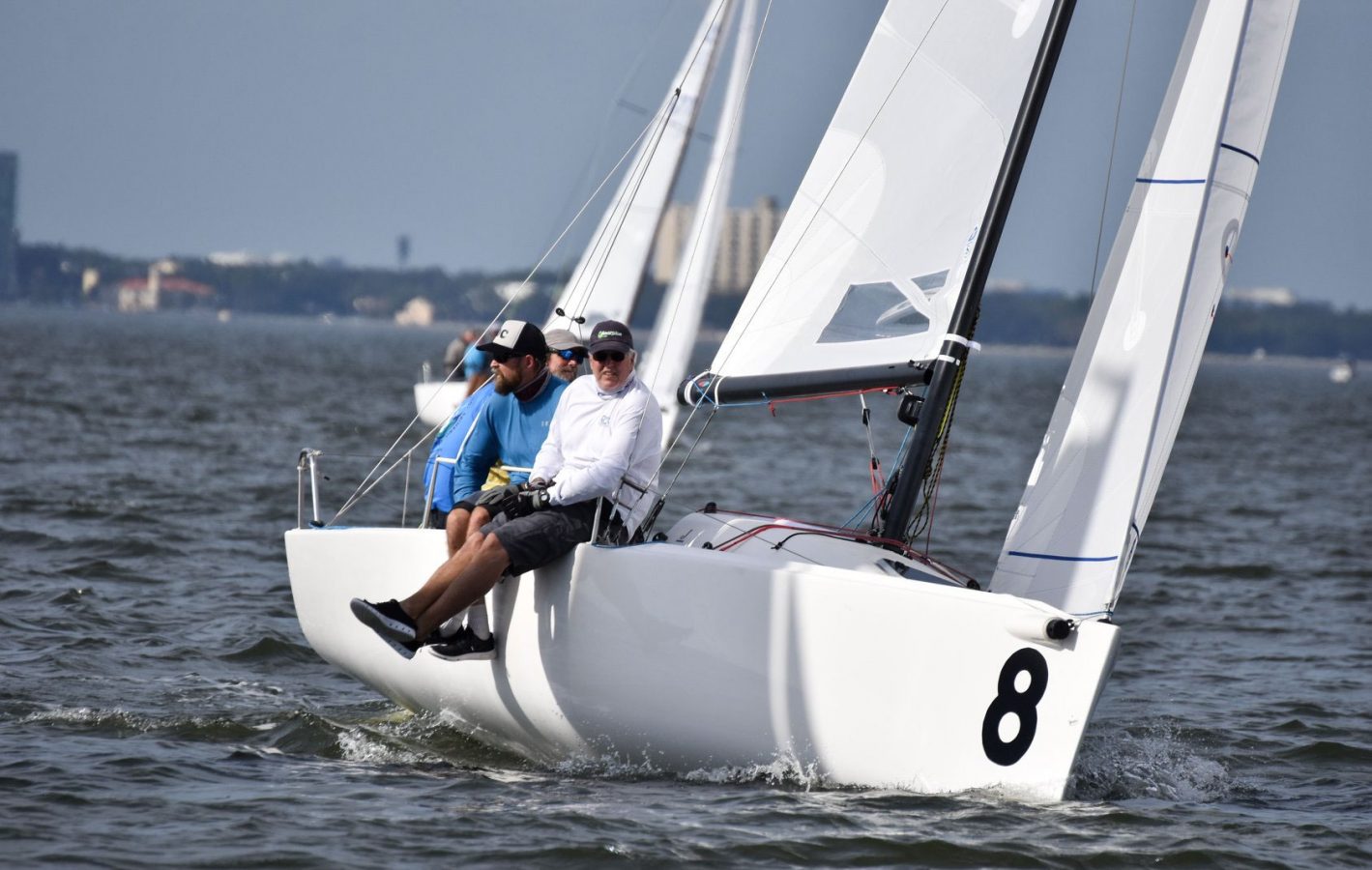
DAVIS ISLAND J/70 WINTER SERIES OPENER
DAVIS ISLAND J/70 WINTER SERIES OPENER
North Experts Share Light Air Speed Tips
Greiner Hobbs’ Dark Horse, second place. 📷 Chris Howell
North Sails is proud to sponsor of the 2018-19 Davis Island Winter Series. Our J/70 experts Mike Marshall, Tim Healy and Will Welles offered on-the-water coaching and a post-sailing debrief on the practice day to get the teams up to speed. After the regatta, they put together some key tips from what they learned which can help your team sail faster in the next event of the series.
Starting
As simple as it seems, it is critical to keep the boat moving as fast as possible in the last 2 minutes of a light air start. Getting too slow at the start (by aggressive steering, luffing the sails, or being under the fleet in no wind) on your final approach is a high risk maneuver that will more than likely result in a second or third row start.
Steering
When steering upwind in light air it’s crucial to not pinch. Keep the telltales mostly straight back with a little lift on the inside telltale. If you pinch too long, the boat loses momentum and the keel loses flow. Once that happens, it will take minutes to get back up to speed again.
Crew Position
Help the person on the helm steer by using your weight, both upwind and downwind. Bodies moving together as one have the biggest impact. In flat water the crew should be all the way forward on the rail if hiking, or all the way forward in the cockpit.
Trimming the Sails
Be careful to not over trim the main or jib. The upper leech telltales should be flowing 100% of the time in light air. To find max trim on either main or jib, sheet in until the upper leech telltales stall, then ease until they start flowing again.
The jib needs to be eased in chop or in lulls to keep its upper leech telltale flowing. We recommend easing with the leeward sheet to make sure the lower part of the sail stays deep for power. If the weather sheet is eased, the bottom gets too flat and the jib loses too much driving force.
The main also needs to have the upper leech telltales flowing in light air. If you need to live in a tight lane, sheeting in tighter and stalling the upper leech telltales is okay temporarily. You will slow down a bit, and the leeward boat will gradually extend.
North powered boats finished 2, 3, 4*, 5, 6*, 7, 9, 10.
Full Results
Learn more about the North J/70 products.
Douglas Strebel’s Black River Racing, third place. 📷 Chris Howell
Doug Clark’s Polar, with Tim Healy on board calling the tactics. 📷 Chris Howell
Beautiful view of the fleet sailing downwind. 📷 Chris Howell
READ MORE
READ MORE
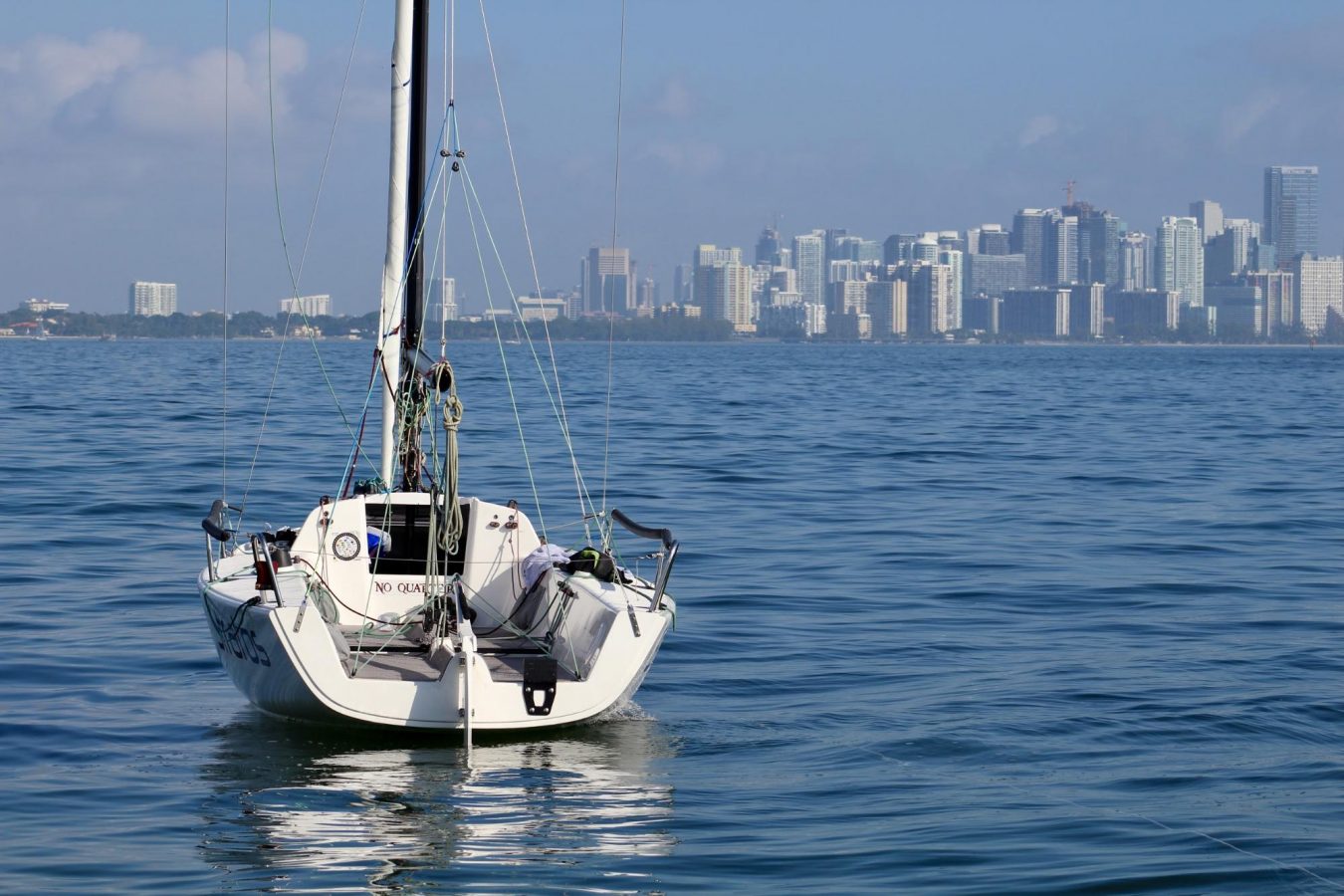
LIGHT WINDS AT THE THE BACARDI WINTER SERIES INAUGURAL EVENT
LIGHT WINDS AT THE BACARDI WINTER SERIES INAUGURAL EVENT
North Clients Dominate J/70 and Melges 24 Classes
📷 Kathleen Tocke/Bacardi Invitational
The inaugural event of the 2018-2019 Bacardi Winter Series in Miami faced light conditions, with only three races sailed. We caught up the J/70 class winner, Geoffrey Pierini for some quick insights about the regatta.
What was the key to maintaining your speed up and downwind?
Clean air as usual, proper weight placement and adjusting heading for wave angle.
Very tight results for the top five boats and an incredible amount of talent as well. What were the key factors that helped your team win the event?
Good starts and local knowledge.
Your crew members?
We had Thomas Barrows calling tactics, Ron Weed trimming, and Max Lopes on the bow.
Your North Designs?
XCS-2 Mainsail, J-6 High Clew and the AP Spinnaker.
How long have you been sailing the J/70 and what do you like the most about the class?
I’ve been sailing the J/70 for 6 years. The best of the J/70 class in my opinion is the high level of competition and international presence.
What’s next for Team 49?
All Miami events and the Worlds in the UK.
Light air J/70 tips from North Sails expert Tim Healy:
Headstay sag adds depth to the jib.
In light to moderate wind, having adequate headstay sag reduces the need for weather sheeting the jib.
The shrouds should be tensioned to target 4-6″ of headstay sag at the jib mid-stripe and 1/2-3/4″ of mid-mast side sag.
Mast side sag indicates that the mast is free to move/flex with little restriction of the lowers. This will allow the mast to be more flexible and dynamic in light air and increase headstay sag.
It helps to remember that the middle of the jib luff does fall off (“sags”) to leeward, which changes your angle of attack to the wind.
Conversely the mid-leech “rotates” to weather (hence reducing the need for windward sheeting)
The net result of these variables is the ability to point higher. So why is this so important and how do we get there?
Read full article
North Sails Results:
J/70 – 1, 2*, 4, 5, 8, 9 – Congratulations Geoffrey Pierini and Team 49
Melges 24 – 1, 2, 3, 4, 7, 9 – Congratulations Bruce Ayres and Team Monsoon
North J/70 Sails | North Melges 24 Sails
Bruce Ayres’s Monsoon, winner in the Melges 24 class. 📷 Kathleen Tocke/Bacardi Invitational
READ MORE
READ MORE
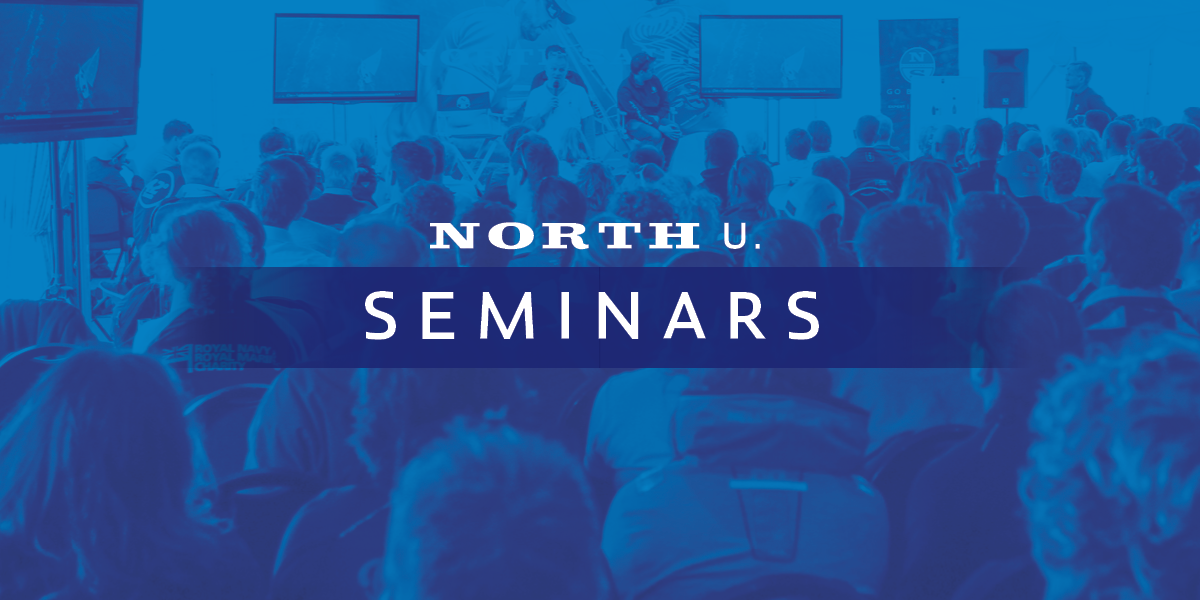
NORTH U. AT THE TORONTO BOAT SHOW
NORTH U. AT THE TORONTO BOAT SHOW
New Year, New Skills.
Start 2019 the right way and brush up on your sailing skills with North U, the training division of North Sails. Providing the world's best seminars and instruction since 1980, our experts create curriculum to deepen your sailing knowledge and sharpen your skills.
North U. Expert Bill Gladstone will be hosting Sail Education seminars at the Toronto International Boat Show, January 18 - 27, 2019. Sign up for show tickets today to attend these hour-long complimentary sessions, and don't forget to stop by booth 1623 to talk to our local crew about finding the right sail for you.
North U. Tactics, Tips & Tricks I Saturday, January 19th at 12:00pm
Location: Salon 108
Topics Covered:
Lessons learned from Wednesday night racing
Upwind & Downwind wind shift strategy
Starting tactics
Boat-on-Boat tactics
Downwind attack strategy: Lessons in wind shadow geometry
Distance racing vs buoy strategy
North U. Upwind Sail Trim I Sunday, January 20th at 12:00pm
Location: Salon 108
Topics Covered:
This session shows how the angle of attack, depth, and twist combine to control upwind speed, pointing and balance; and how to change the trim to improve performances as conditions change.
Mainsail trim
Jib trim
Helming in light, moderate and heavy air
North U. Tactics, Tips & Tricks I Friday, January 25th at 5:30pm
Location: Salon 107
Topics Covered:
Lessons learned from Wednesday night racing
Upwind & Downwind wind shift strategy
Starting tactics
Boat-on-Boat tactics
Downwind attack strategy: Lessons in wind shadow geometry
Distance racing vs buoy strategy
North U. Upwind Sail Trim I Saturday, January 26th at 12:00pm
Location: Salon 108
Topics Covered:
This session shows how the angle of attack, depth, and twist combine to control upwind speed, pointing and balance; and how to change the trim to improve performances as conditions change.
Mainsail trim
Jib trim
Helming in light, moderate and heavy air
North U. Tactics, Tips & Tricks I Sunday, January 27th at 12:00pm
Location: Salon 108
Topics Covered:
Lessons learned from Wednesday night racing
Upwind & Downwind wind shift strategy
Starting tactics
Boat-on-Boat tactics
Downwind attack strategy: Lessons in wind shadow geometry
Distance racing vs buoy strategy
Purchase your show tickets today and ensure you attend these informative sessions. Make your 2019 sailing season excel with North U.
READ MORE
READ MORE
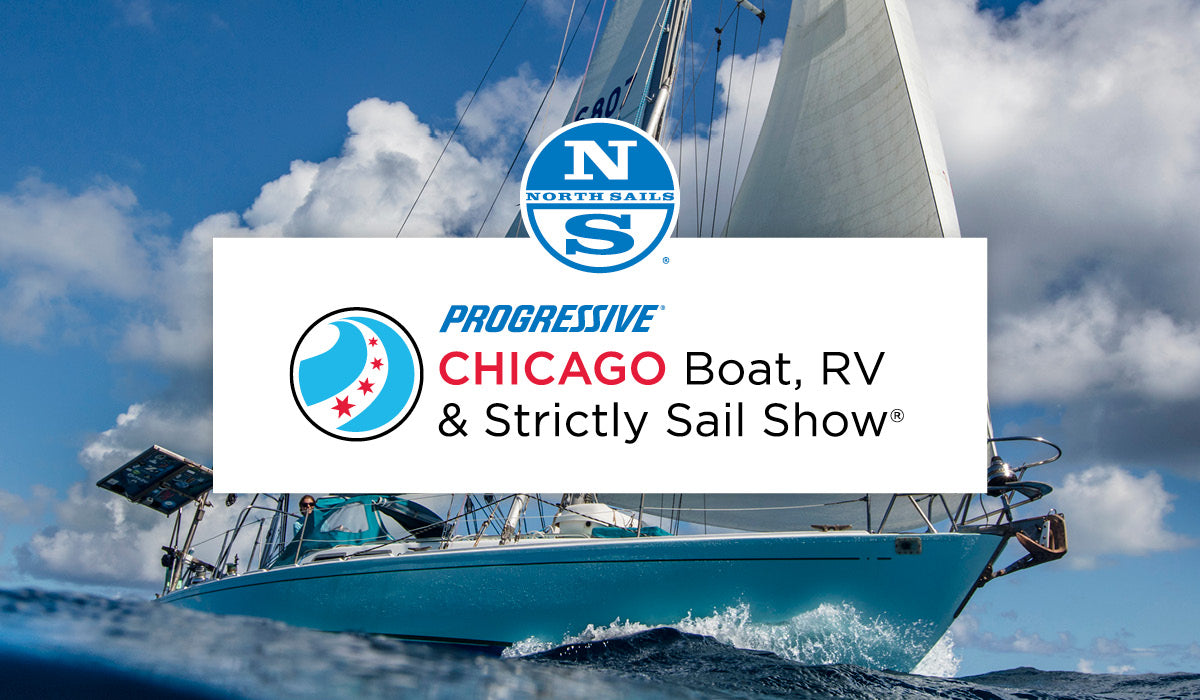
NORTH U. AT THE CHICAGO BOAT SHOW
NORTH U. AT THE CHICAGO BOAT SHOW
New Year, New Skills.
Start 2019 the right way and brush up on your sailing skills with North U, the training division of North Sails. Providing the world's best seminars and instruction since 1980, our experts create curriculum to deepen your sailing knowledge and sharpen your skills.
North U. Expert Andrew Kerr will be hosting Sail Education seminars at the Chicago Boat Show, January 11th - 13th. Sign up for show tickets today to attend these hour-long complimentary sessions.
North U. Tactics, Tips & Tricks I Friday, January 11th at 11:45am
Location: Spinnaker
Topics Covered:
Lessons learned from Wednesday night racing
Upwind & Downwind wind shift strategy
Starting tactics
Boat-on-Boat tactics
Downwind attack strategy: Lessons in wind shadow geometry
Distance racing vs buoy strategy
North U. Upwind Sail Trim I Saturday, January 12th at 4:45pm
Location: Windward
Topics Covered:
This session shows how the angle of attack, depth, and twist combine to control upwind speed, pointing and balance; and how to change the trim to improve performances as conditions change.
Mainsail trim
Jib trim
Helming in light, moderate and heavy air
North U. Upwind Sail Trim I Sunday, January 13th at 11:45am
Location: Spinnaker
Topics Covered:
This session shows how the angle of attack, depth, and twist combine to control upwind speed, pointing and balance; and how to change the trim to improve performances as conditions change.
Mainsail trim
Jib trim
Helming in light, moderate and heavy air
Purchase your show tickets today and ensure you attend these informative sessions. Make your 2019 sailing season excel with North U.
READ MORE
READ MORE
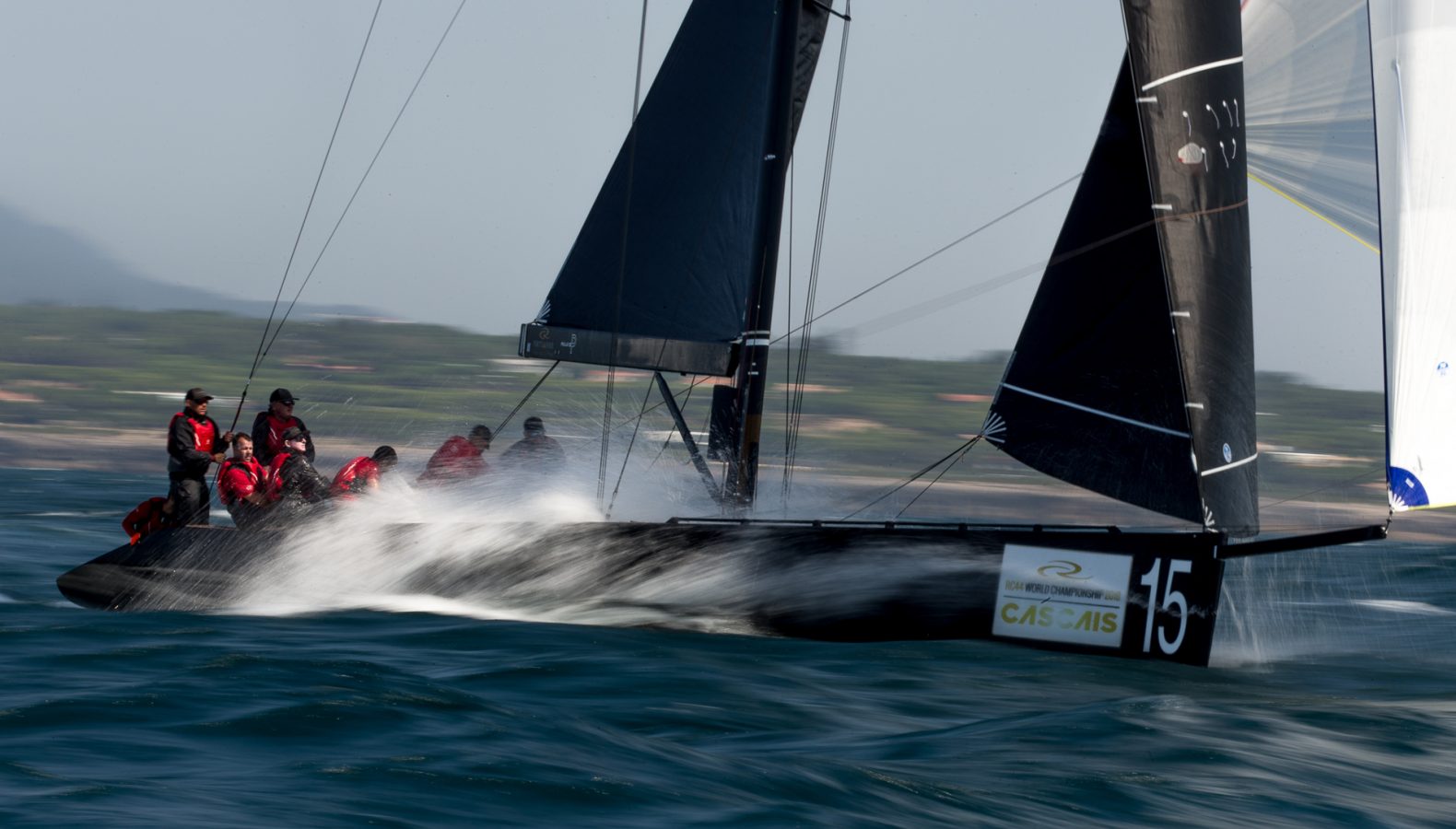
WINNING THE 2018 RC44 CHAMPIONSHIP
WINNING IS A TEAM EFFORT FOR RC44 CHARISMA
Chris Hosking and Ross Halcrow Reflect on Their Team’s Success In 2018
📸RC44 Class / Studio Martinez
Nico Poon’s RC44 Charisma was named 2018 season champ in November, taking the coveted overall trophy in one of sailing’s most competitive “Big Boat” one-design classes. The core of the Charisma team has been a unit for four years, and as with most Grand Prix race programs, winning results are a collective effort; both onboard and onshore. “Charisma has great boat speed. Our tactician Ray Davies does a great job of putting us in ideal positions on the race course,” commented headsail trimmer Ross Halcrow (NZL). “This team approach carries through our work with North Sails and how we evolve our sail package.
“We work closely with Mickey Ickert on the design side at North Sails; one of the grand master’s of sail design,” remarks mainsail trimmer Chris Hosking (AUS). “Mickey uses the North Design Suite to show us the optimum balance of sail shape, strength and weight with a great deal of accuracy.”
Ross and Chris are responsible for providing our North Design team with feedback from the water. The feedback loop often begins during the RC44 events, where Mickey and a handful of the North design team are present to receive feedback on the ground. For Ross, direct comms with Mickey is a relationship that dates back to the early 90’s.
“Working with the sail designer is my forte,” Ross explains. “Mickey and I have worked together for a long time, and we’re on the same page when it comes to style designs, style shapes, engineering, etc. It’s like we are speaking the same language. Our rapport makes it easy to get what I’m looking for incorporated into the sail design.”
One of the questions we asked Chris and Ross during their post-win debrief was how does sail performance impact overall boat performance? “Sails provide propulsive forces via a combination of lift and drag, depending on their apparent wind angle,” explained Chris. “We work with Mickey and the North Design Suite tools to achieve what we think are the optimal flying shapes for those sails in the varying wind conditions. If those shapes aren’t fast, our boat doesn’t go fast!”
📸 RC44 Class / Studio Martinez
As most sailors know, shape is the holy grail of sail design. For North Sails, scientific design coupled with continued development of 3Di produces sails that maintain their shape longer. “In the RC44 Class, we have a strict sail limitation, so our sails have to maintain their optimum flying shape over the course of a season. I think we have proven that 3Di can deliver those objectives in one of the toughest one-design fleets.”
“We have to get through an entire season with the same sails. We did 55 races this year, and the higher carbon content versus total sail weight of RAW 880, meant our sails retained their optimum flying shape for longer than any other sail on the market.”
Charisma were early adopters of 3Di RAW 880, the highest performance tier of 3Di, and a product Ross pushed North Sails to explore. The RC44 class has sail limitation rules, and Charisma were the first to transition to 880, the highest carbon-spec sail in an effort to maximize their sail card strategy. “I’ve seen the evolution of 3Di on the 44 since 2010 when we had the first 3Di styles on the Oracle boats,” explain Ross. “I’ve been pushing for a higher carbon sail like 880. The 880 is the latest product the higher carbon putout for quite some time. We’re very happy to have it on the boat this year.”
📸 RC44 Class / Studio Martinez
“Everybody knows that one of the keys to winning is consistency, and that’s something we didn’t do too well in 2018,” remarked Chris. “Although we won three of five tour events, we faltered with a sixth-place finish in Portoroz and then again at the Worlds in Cascais. Lucky for us though, one of our main adversaries had a seventh in Portoroz, which gave us the tour victory.”
With the 2018 season behind them, Charisma has already put their title defense campaign in motion. “The planning never stops, and we are already into 2019 sail planning, winter boat work, and a couple of crew changes”.
📸 RC44 Class / Studio Martinez
READ MORE
READ MORE
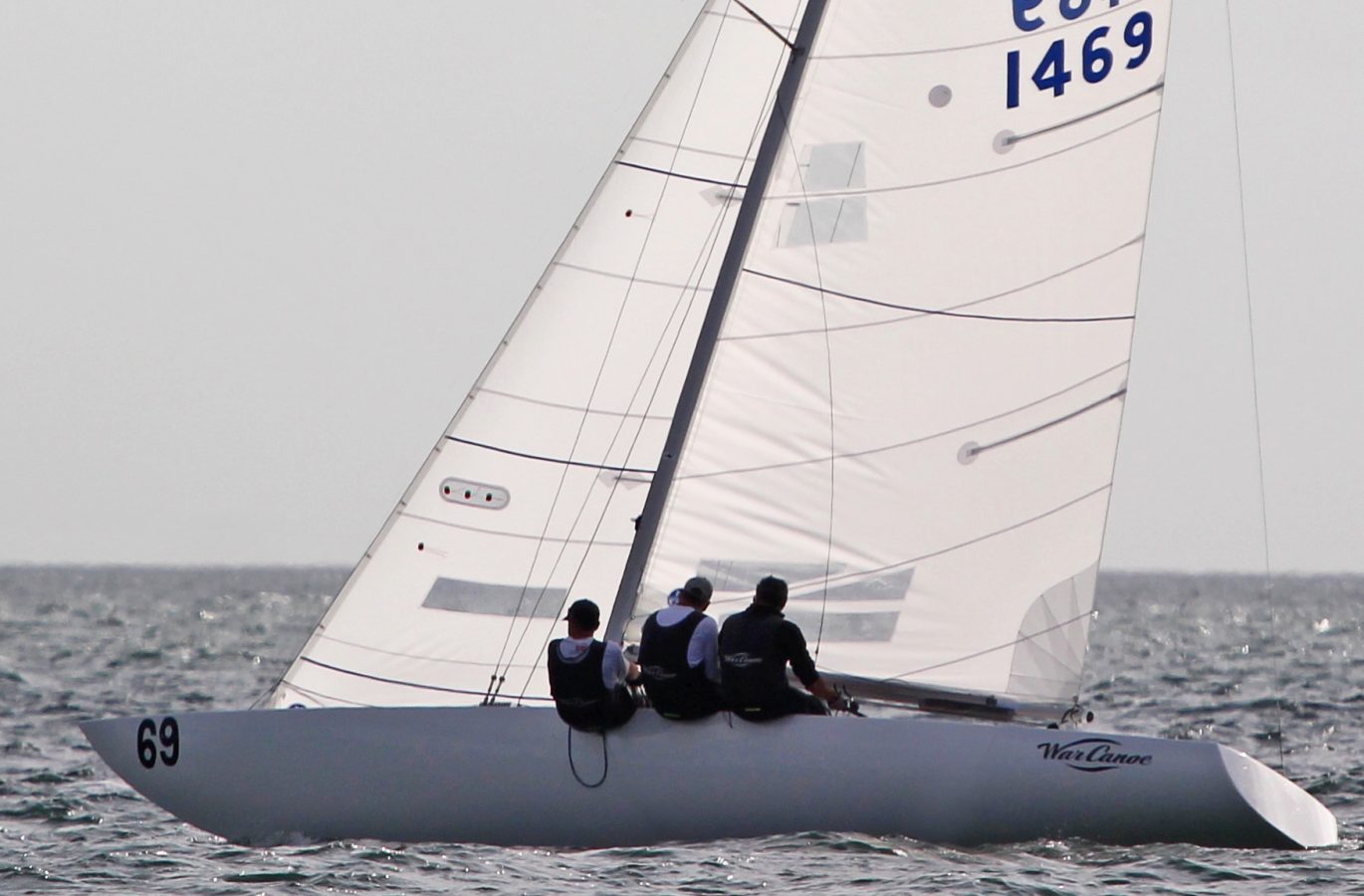
ROAD TO THE ETCHELLS WORLDS - LOUIS PIANA CUP
ROAD TO THE ETCHELLS WORLDS: LOUIS PIANA CUP
Top Ten Boats Powered by North Sails
By: North Sails Expert, Skip Dieball
The kick off to the 2019 Etchells Biscayne Bay Series couldn’t have been better from a weather and racing perspective. All five races were competed in good, challenging conditions and the 49-boat fleet was treated to outstanding sailing at the 2018 Louis Piana Cup.
Saturday’s racing was held in 12-15 knot easterly with moderate chop. The first race saw Michael Goldfarb’s WarCanoe taking the lead at the top mark and not looking back. Michael took delivery of his boat the week before and was pleased with the setup and speed out of the box. In fact, there were four brand new boats debuting at the event, which is a testament to class strength as folks prepare for the Worlds in Corpus Christi, Texas.
The 2nd and 3rd races were won by the 2017 World Champion, Steve Benjamin. Benj’s team had a solid 1st day with a 4-1-1. In pursuit were Jim Cunningham, Luis Doreste, Scott Kauffman, Tony Rey and Goldfarb.
Sunday started off fairly light SWerly. After a passing shower and some dark clouds over Coconut Grove, the breeze filled in nicely out of the same direction. The chop increased as the ebb tide fought the breeze, making it a full focus game in keeping the boats going fast and in the right direction. Marvin Beckmann’s team won the day with a 3-3 and moving up to 7th overall. Tony Rey’s team scored a 6-1 to claim their spot in the top 5. Benj’s team shook off an early 11 to secure victory over Jim Cunningham’s team.
North Sails expert and Etchells World Champion Skip Dieball sailed the event with WarCanoe and helped set up the new boat in advance of the event. Here are his comments:
“I was focused on the sail set up and I was delighted with how our sails set up to the new Wale Spar. We used off-the-shelf PCF-RM mainsail. It was incredibly smooth and was versatile in the many different conditions we saw in the days leading up to the Piana Cup.
Our headsail analysis pre-event had us looking at 4-5 different sails and in the end, we used a new LM-2L in the first 4 races and the LM-2H in the 5th race. I am, again, amazed at the versatility of the LM-2L. We have a selection of battens that we use as we work this sail through 0-15 knots and the sail simply never lets us down.”
Boats powered by North Sails finished 1, 2, 3, 4*, 5, 6, 7, 8, 9, 10.
Full Results
Learn more about the North Etchells Designs.
READ MORE
READ MORE
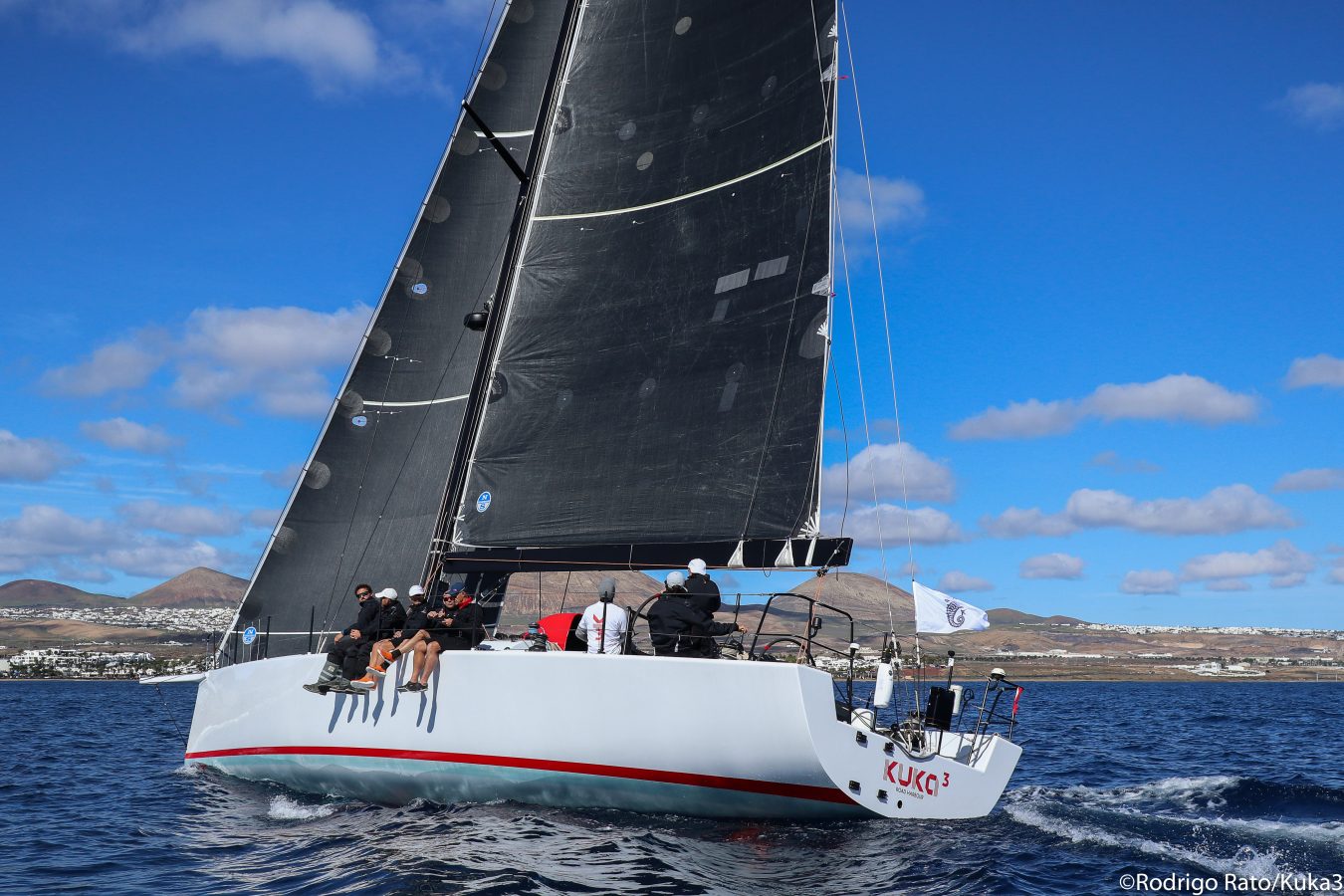
2018 RORC TRANSATLANTIC
From the starting line in Lanzarote, Spain, to the finish 3,000 miles away in Port Louis, Grenada, teams were challenged to the fullest on their journey across the Atlantic Ocean. In this years edition, our clients set the bar high. Supermaxi My Song was the first boat to finish the race, setting a new monohull race record. Cookson 50 Kuka3 not only won in their class, but also won overall, claiming the 2018 RORC Transatlantic race trophy for best corrected finish time – and overcoming a fire onboard prior to the finish!
Kuka3, First IRC Overall, and 2018 Transatlantic Race Winners 📸 Rodrigo Rata / 2018 RORC Transatlantic
Monohull race record goes to Supermaxi My Song. 📸 Arthur Daniel / RORC Transatlantic race
MOCRA Winner, Powerplay, departing Lanzarote to win their division. 📸 Joaquin Vera / RORC Transatlantic race
Class 40’s 2nd Place finishers, Hydra, happy to be in Grenada. 📸 Arthur Daniel / RORC Transatlantic
READ MORE
READ MORE
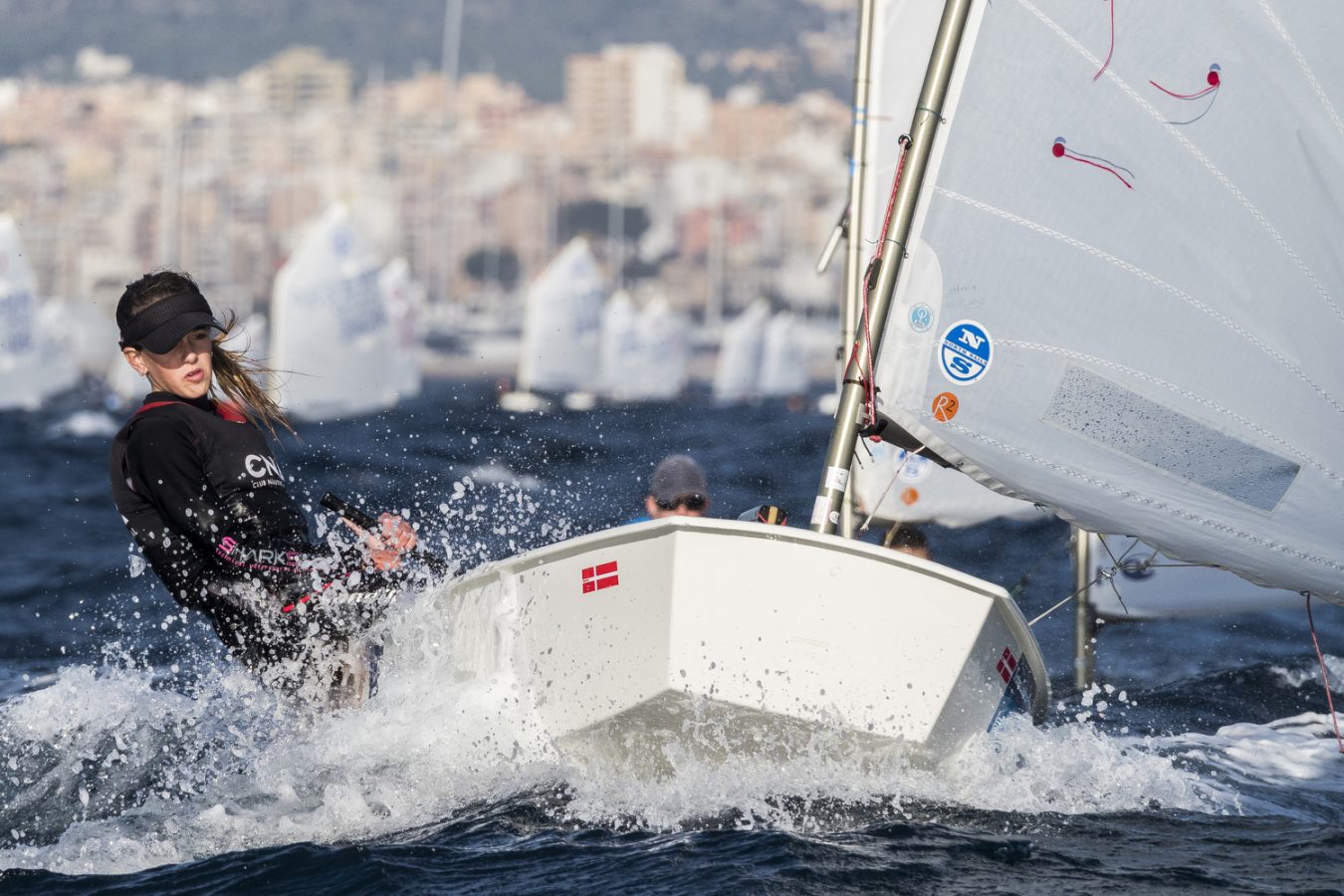
WORLD CHAMPION MARIA PERELLO DOMINATES THE TROFEO CIUTAT DE PALMA
WORLD CHAMPION MARIA PERELLÓ DOMINATES TROFEO CIUTAT DE PALMA
Confidence, Consistency, and the Power of the North R-2 Radial Sail
Maria powered by the North R-2 Radial mainsail. © Nico Martinez
The Trofeo Ciutat de Palma is one of the biggest Optimist events in Europe and also includes the 420, Laser, and Europe classes. In its 68th edition, the regatta welcomed 275 Opti sailors from many European countries for a challenging 7-race series. The sailors were divided into three divisions: Gold, Silver and Bronze. Maria Perello, from Spain, dominated the event with an impressive scoreline of 2-(6)-1-1-1-2-2 in the 96-boat Gold Fleet.
Maria, congratulations on your victory! Can you describe the conditions of the regatta?
On the first two days we had light winds with 3 to 7 knots. On the last day we had 15-20 knots, it was a lot of fun!
What were the three key factors for such consistent results in Palma, winning three races and finishing second in the other three races?
The constant hard work during the races
The enjoyment, because if we don’t have fun things don’t go well
The confidence in myself!
Tell us about your training routine.
On Saturdays we get to the club at 10 am, with my friends as well. If there is no wind, we wait for the wind to come in and then we go out as soon as possible. We practice starts, maneuvers, we check speed and more.
How does coach Adrian Barceló help you?
Adrian explains the plan for the day and the approach that he wants and the conclusions that he is looking forward to have.
What are your next events?
We have the Aecio Trophy from 26 to 30 of December, then we go to the Baleares Regatta in the middle of January and the XII Trofeo Euromarina in Torrevieja in the end of January.
Congratulations Maria!
Maria used the North R-2 Radial Mainsail, which also helped her win the World Championship in Greece. The North Sails R Series for the Optimist class is designed by our Olympic-winning designers from North Sails Japan. Each design is tailored for the sailor’s weight as follows:
R-1 Mainsail – Below 36 kg / 79 lbs
R-2 Mainsail – 33-41 kg / 72 – 90 lbs
R-4 Mainsail – 38-46 kg / 84 – 101 lbs
R-5 Mainsail – Above 45 kg / 100 lbs
For additional information, don’t hesitate to contact your closest North Sails Optimist experts.
Maria Perelló and her coach Adrian Barceló
READ MORE
READ MORE
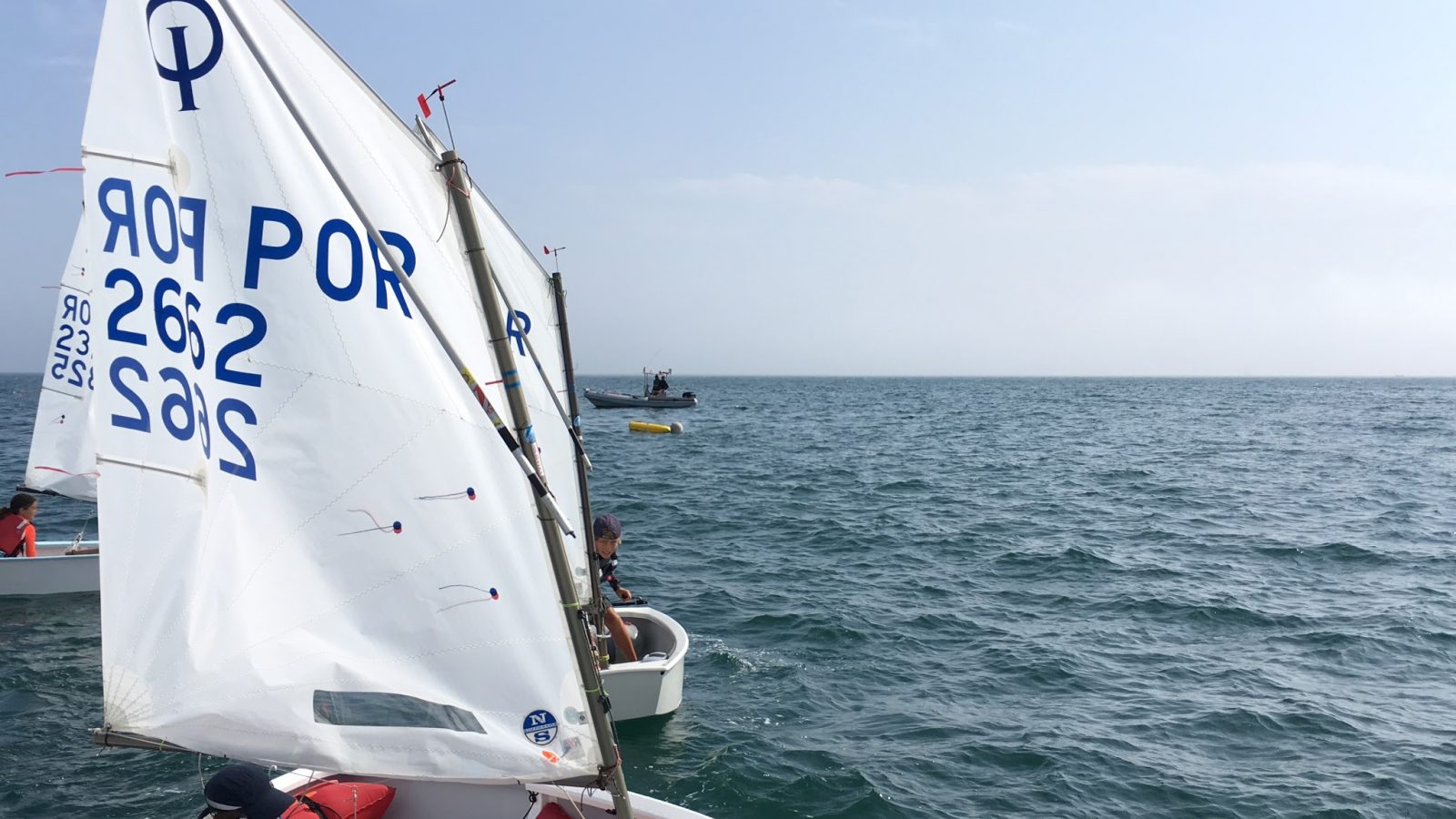
XMAS OPTIMIST NORTH SAILS CLINIC, EM CASCAIS
Xmas Optimist North Sails Clinic, em Cascais
27 a 29 de Dezembro
À semelhança do que é feito internacionalmente, a North Sails promove, também, em Portugal clínicas para os seus velejadores.
Estas iniciativas são igualmente abertas a velejadores com interesse em conhecer as nossas velas.
As clínicas North Sails são uma plataforma de educação multi-facetada para velejadores de todos os níveis. Os nossos programas são desenhados para apoiar todos os velejadores no desenvolvimentos das suas competências, com uma aprendizagem tanto na água como em sala.
Dentro do nosso conjunto de actividades , velejadores de diferentes níveis podem aqui encontrar a oportunidade e os recursos para desenvolver as suas competências. Estas iniciativas permitem uma contínua aprendizagem e/ou um refresh, consoante a época do ano em que acontecem.
Na continuidade do trabalho que o Vicente Pinheiro tem vindo a desenvolver com os velejadores de Optimist, em Portugal, abrimos a época com uma clínica realizada em Cascais, com o apoio da Marina de Cascais, a quem deixamos o nosso agradecimento, e na qual contámos com a presença do Pedro Bolina como treinador convidado. Os velejadores tiveram a oportunidade de partilhar experiências e, em conjunto, abordar vários cenários possíveis à utilização das suas velas, numa óptica da optimização técnica da sua potencialidade.
"Nas clínicas da NS conheço melhor a minha vela e aprendo a tirar o melhor partido dela. E acho as clínicas muito produtivas", Francisco Uva.
Depois da Open Season Clinic, realizada no mês de Setembro com velejadores de Optimist de 4 clubes nacionais, a North Sails vai agora realizar a Xmas Clinic, em Cascais.
No mês de Dezembro, durante os dias 27, 28 e 29, temos como objectivo aproveitar as férias escolares e pausa de época para reunir os nossos velejadores num trabalho mais específico e dar a oportunidade também a outros velejadores de experimentarem as velas North Sails, novamente com a presença do treinador Pedro Bolina.
Esta é uma iniciativa aberta a todos os velejadores da Classe Optimist, bem como aos seus treinadores que a queiram acompanhar. Para os que vêm de mais longe temos, localmente, soluções para aluguer de barcos.
Para mais informações contactem a North Sails Cascais através do email vicente.pinheiro@northsails.com ou do telf 916 857 896.
READ MORE
READ MORE

A-CLASS SPEED READING
A-CLASS SPEED READING
Training, Sail Design & “An Attitude Of Continued Learnings”
© Gordon Upton / guppypix.com
Glenn Ashby still remembers his first A Class catamaran sail like it was yesterday. “It was 1995 and it was only a 10-minute sail on a lake,” he says.
“I couldn’t get over how smooth, efficient and fast the boat was. I’ve really enjoyed the boats ever since.”
Not only has he enjoyed them, the 41-year-old sailor has been the most successful sailor in the class, bar none, upgrading his skillset as the singlehanded cats evolved into full-on foilers. In November 2018, at Hervey Bay, Australia, Glenn won his 10th A Class world championship title, adding to his collection of eight world titles in other classes plus an Olympic silver medal.
There might’ve been more world titles by now, but the talented Australian got side-tracked a few years ago, joining the Team New Zealand America’s Cup effort and winning that little-known trophy in 2017 as skipper of the team’s foiling AC50 in Bermuda.
Glenn has again signed on with TNZ as America’s Cup defender, but recently engaged in nearly a month of cross-training in the A Class, which he says is “the highest performance single-handed catamaran class in the world.” He brought along two of his TNZ teammates, Blair Tuke and Peter Burling, and they spent two weeks training on Port Phillip Bay at McCrae Yacht Club.
“It was intense,” Glenn says. “Full-on. Long days on the water and a lot of boat work. We were also learning how to foil-jibe the boats—the kind of homework best done before the regatta.
“Two days into the training, Pete and Blair were already going really well, and as they are very talented they were pushing hard immediately and we learned a lot of things very quickly working intensively as a group on and off the water.”
© Gordon Upton / guppypix.com
Despite winning six of the nine races sailed at the championship in November, the win didn’t seem easy. After three wins on the first day, Glenn was annoyed with his 5-1-3 the second day:
“Normally I’m happy pushing the boat hard and not backing off,” he says, “and I probably was sailing a little too conservatively. When you start thinking, ‘I don’t want to capsize here or damage the boat,’ you don’t get the ultimate results. That was a great lesson for me. I gave myself an uppercut to the jaw and carried on.”
Glenn finished out the regatta with a 3-1-1 and won with half as many points as second-place finisher, Mischa Heemskerk. Tuke and Burling finished third and fourth, respectively. (Results)
“There’s a fine edge with A Class boats. Sometimes you find the other side of the line and have a wobble and have to use 110-percent of your skills and knowledge to keep the boat upright or stay on the boat! I feel at times it is somewhat like racing bikes or cars where you don’t want to really exceed your skill level and rely on luck to keep in control. You don’t want to be pushing yourself outside of your comfort zone for your skill level when on the ragged edge, but you have to be all-in when racing and know where that line is and be close to it. You have to get to that level to get best performance out of your machine or vessel. Good results generally come from doing your homework very well and pushing hard during training. Couple this with learning your settings and understanding your equipment means you are in good shape to complete the exam!”
“Our training for sure gave us a step up,” Glenn continues. “The work with Pete and Blair and Ray Davies as coach and over seeing performance, set us up for one of us to have a chance of winning I feel. I was very happy and proud to have had this opportunity to work with the boys with the blessing of everyone at ETNZ. It was a great team effort again. ”
Glenn has designed and produced sails under his own label for many years and says with “limited time” these days for sailmaking, the opportunity to develop a relationship with North Sails was timely. He says,
“I do all the design work for the sails that are produced and North have been fantastic at producing them under their banner, and together we’ve had a strong relationship since day one. The partnership works well for us as I can’t put time into physically manufacturing sails these days. North has been able to continue to provide top level, high performance race sails and also added marketing, sales and customer service to my signature line range.”
© Gordon Upton / guppypix.com
Starting with his standard sail from a couple years ago, Glenn says, “I worked on a new direction and designed the DS2, which I felt was well-suited to a wide range of body weights, but specifically the 73- to 83-kilogram range. With adjustment to the spreaders, prebend in the rig and batten tensions, I could be as fast in the low end of that weight range as others near the top.
“For this year, I developed the DS2-F design with reduced luff curve and slightly different mold shaping for lighter-weight sailors, which was very solid for upwind foiling. Everyone with North Sails who used those in this regatta had a good experience with their performance —if they got off the starting line well, they were right up at the front.
“Our philosophy this year has been to target intensely the upwind foiling aspects of where the class is now. The challenge is to make a sail that also works really well in displacement mode (upwind under 10 knots). The goal is to accelerate quickly up to speed and then when foiling have a shape that’s quite clean at high apparent wind speeds as well as being able to morph into a nice aero package for downwind sailing.
© Gordon Upton / guppypix.com
“We made a lot of changes in the bottom half of the sail. I needed to make sure that part of the sail was driving hard and also really working well when doing high boatspeed numbers. Keep in mind that at 16 to 20 knots boat speed upwind in 14 to 18 knots of true wind, your apparent windspeed can be up to 30 to 35 knots across the deck.
How important is Glenn’s use of the A-Class in cross-training, first with his Olympic Tornado campaigns and more recently with the America’s Cup?
“It’s been really important,” he says. “The knowledge and practical learnings and lessons you get from sailing high-performance boats are key, especially because the class has had such rapid growth and is continually evolving. It’s great for the brain and forces you to think outside the squares. It’s taught me to be open-minded and willing to take on new ideas.”
A good example of this occurred before these recent world championships.” We have an attitude of ‘continued learnings,’” Glenn says. “Not too many people were aware that we completely changed our rudders, daggerboards, and elevators between the Australian Nationals and the Worlds, which started two days later. Our experience gave us the ability to test the new equipment, decide it was better, measure it in, and not be scared to make the change.
“The new foils gave us a step up in global performance. The new daggerboards I felt weren’t much different upwind but downwind they were a little better at times. The elevators were fractionally longer than standard, but we felt they were a gain, too—it’s all the half-percent gains added together that can give you the edge.”
© Gordon Upton / guppypix.com
READ MORE
READ MORE
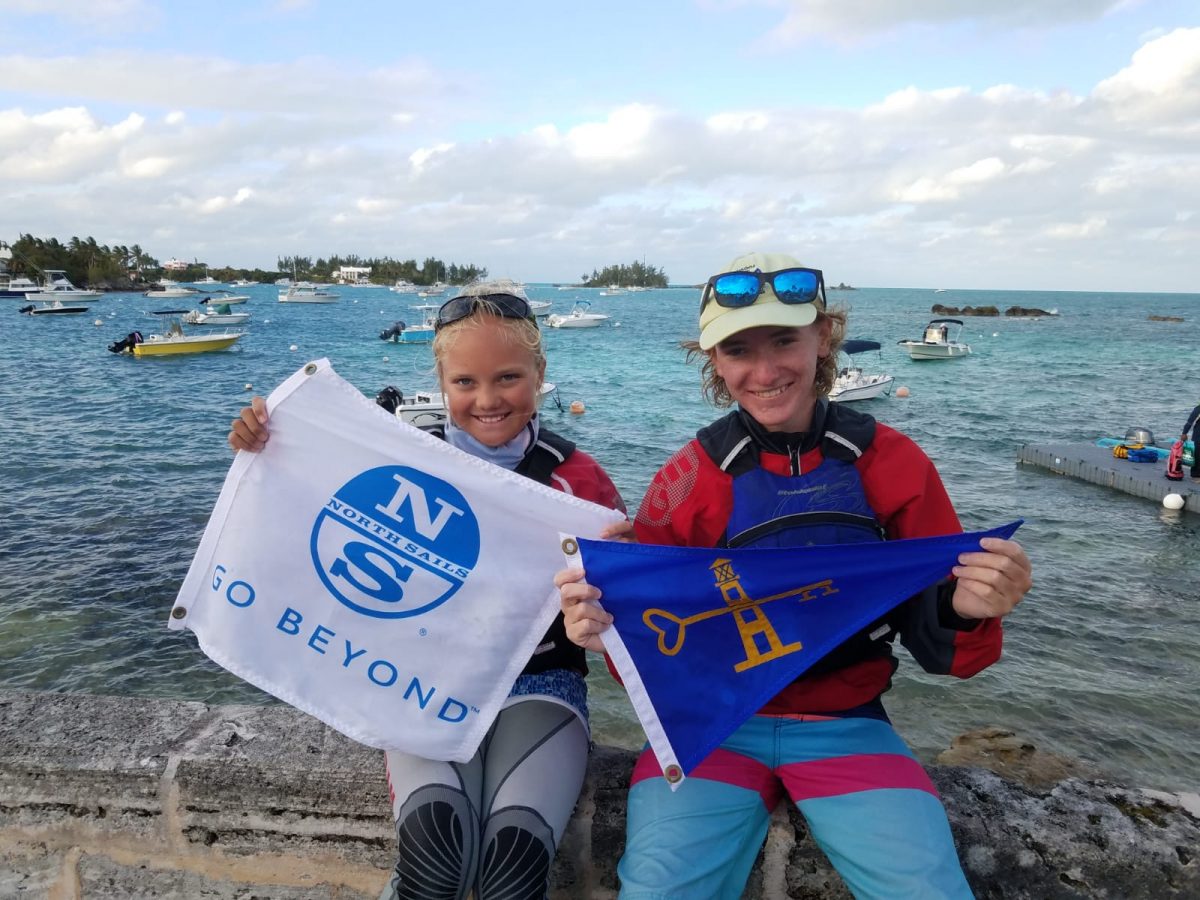
OPTIMIST LIFE: BERMUDA NATIONALS
OPTIMIST LIFE: BERMUDA NATIONALS
A Story Told by Junior Sailor Tommy McCormick
Sailors line up with three minutes to the first start of Bermuda Nationals 2018. Photo Meg Spenlinhauer
In early November, over 65 top Optimist Dinghy sailors from all over North America flocked to Bermuda to compete in the 2018 Open and National Optimist Championship at Sandy’s Boat Club.
Everyday there was a variety of different conditions, ending in a beautiful day for sailing with winds blowing 20 knots from the northeast and huge waves.
The Key Biscayne Yacht Club was represented by Dylan Balunas, Tyler Bergendahl, Harvey Demovick, Kevin Gosselin, Teddy Martin, Tommy McCormick, and Umi Noritake coached by Juan Carlos Romero, North Sails Head Optimist Coach.
Tommy sailing downwind with his MZX5. Photo Meg Spenlinhauer
McCormick sails with the North Sails MZX5, a cross-cut sail.
“The MZX5 is perfect for me. It is a very deep sail, allowing me to keep up with smaller sailors. I can put the bow down and keep my boat moving fast.”
Anna Vasilieva and Tommy McCormick after Day 3 of Bermuda National and Open Optimist Championship.
Anna Vasilieva, a lifelong North Sails racer, used the North R-2 Radial sail for this event. This radial-cut sail is more rigid than most other sails, requiring the sailor to actively trim the sail through the race. Shallower than the MZX5, the R-2 offers less power, but allows the sailor to point much higher.
“I think R stands for radiant, because this sail makes me shine”, said Vasilieva.
Juan Carlos Romero has been the North Sails Optimist Head Coach since 2007, and has assisted in the development of North’s Optimist sails, as well as many hands-on clinics and educational programs in which sailors can learn how sails work, helping them choose a sail that maximizes their potential as a sailor. In 2017, Romero held the North U Leading Edge Optimist Clinic to the Key Biscayne Yacht Club. This December 21-23, KBYC will host the North U End-Of-Year Racing Clinic for both Optimist and Laser sailors in preparation for the Orange Bowl International Youth Regatta.
Learn more about North’s fast Optimist designs.
Tommy McCormick is a first-year student at MAST Academy and has been sailing Optimists year-round since he moved to Key Biscayne in 2012.
READ MORE
READ MORE

MY SONG CLAIMS NEW RACE RECORD
MY SONG CLAIMS NEW RACE RECORD
Line Honors Victory And A Cherry On Top For Baltic 130 Supermaxi
Pier Luigi Loro Piana’s Baltic 130′ Supermaxi My Song takes line honors and sets a new RORC Transatlantic monohull race record, covering a total of 3,000 miles from Lanzarote to the finish line in Grenada. My Song finished the 2018 race with an elapsed time of 10 days, 5 hrs 47 mins 11 secs, besting the previous record of 10 days 07 hours, 6 minutes, and 59 seconds set by Jean-Paul Riviere’s French Finot-Conq 100, Nomad IV in 2015.
Spending most of their time at a smooth 20-knots of hull speed, My Song was able to stay ahead of the clock, and the crew was pleasantly surprised at the dock in Grenada when generously greeted by locals and race officials in awe of their newly accomplished race record.
Congratulations to skipper Pier Luigi Loro Piana, and crew Giacomo Loro Piana, Luca Albarelli, Jaime Arbones, Andrea Balzarini, Gerri Baracchi, Giorgio Benussi, Alberto Bolzan, Ambrogio Francesco Maria Cremona Ratti, Gaetano Figlia di Granara, Andrea Forlani, Flavio Grassi, Cristian Griggio, Jose Ignacio Braquehais, Giorgio Peretti, Jacopo Piazzolla, Ignacio Postigo, Nicola Simoncelli, Vittorio Zaoli, and Gabriele Zoppi on a job well done.
Below: Dockside interview with My Song’s Pier Luigi Loro Piana, courtesy of © RORC/www.picturesofgrenada.com.
©Arthur Daniel
©Arthur Daniel
©Arthur Daniel
READ MORE
READ MORE
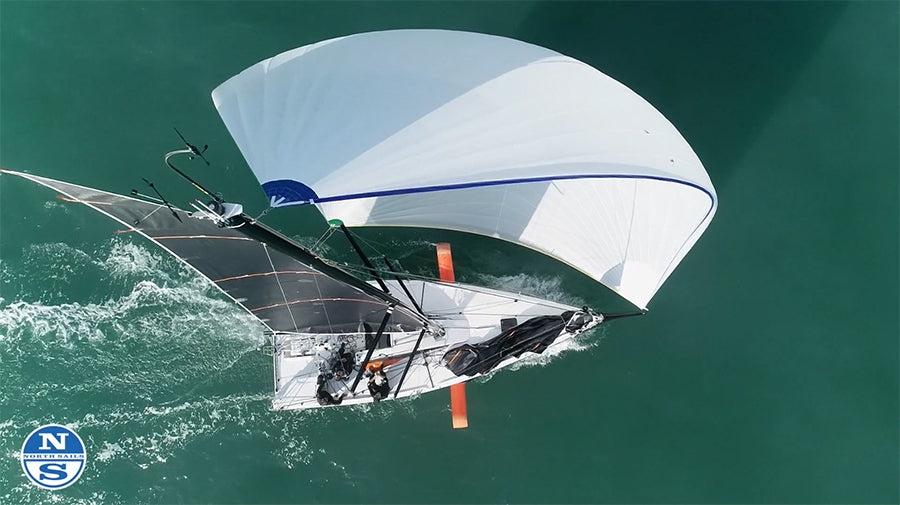
FIGARO BENETEAU 3 : SACRÉ CHALLENGE
FIGARO BENETEAU 3 :
Sacré challenge !
En 2019, la classe Figaro Bénéteau se dote d’un nouveau voilier de course révolutionnaire, le Figaro Bénéteau 3. Imaginé par Bénéteau Racing Division et VPLP, c’est le premier monotype à foils de série jamais imaginé. Si l’enjeu est de taille pour Bénéteau, il l’est bien évidemment également pour les coureurs mais aussi pour les voiliers. Explications avec Quentin Ponroy.
Quentin, en quoi le dossier Figaro 3 est atypique pour North Sails ?
"Concevoir des voiles pour un nouveau bateau de série monotype, c’est toujours à la fois passionnant et complexe. Mais ça l’est encore plus sur ce dossier pour plusieurs raisons. En premier lieu parce qu’il s’agit d’un foiler avec tout ce que cela implique en termes de développement... D’autre part parce que si le bateau est monotype, les voiles elles ne le sont pas (à l’inverse des VOR par exemple). Enfin et surtout parce que nous partons un peu dans l’inconnu : les voileries n’ont eu que très peu de temps pour tester leurs voiles et les bateaux ne seront livrés qu’à partir de début janvier pour une première course fin mars ! Très concrètement ça signifie que notre premier jeu de voiles a quasiment été exclusivement conçu en mode "simulation" sur les seuls éléments techniques fournis par les architectes. Ils n’ont été confrontés ni à la réalité de la navigation, ni à la concurrence."
Et comment vous êtes vous organisés pour relever ce challenge ?
"Premièrement, nous avons mis en place une équipe. Gaëtan Aunette, en charge du One Design chez North Sails France est à la manoeuvre en relation avec les clients avec une casquette de technico-commercial. Je m’occupe pour ma part du développement technique des voiles et je m’appuie pour cela sur le savoir-faire exceptionnel de Yann Andrillon, notre ingénieur aéro, pour décrypter et exploiter au mieux les données récupérées. Trois profils différents mais complémentaires qui nous permettent d’avancer vite et bien. Ensuite, nous avons optimisé notre temps de développement. Dans un premier temps, nous avons pensé la philosophie générale de notre jeu de voiles, avec une réflexion toute particulière sur le Gennaker, une voile déterminante puisque c’est la seule qui n’existait pas sur le Figaro 2. Puis le 13 novembre, seule journée accordée pour les tests, nous avons tenté de valider au maximum nos choix initiaux pour ensuite finaliser la V1 de notre jeu de voiles. Il sera utilisé dès janvier sur les premiers bateaux de nos clients. Autant dire que nous allons passer du temps sur l’eau cet hiver, l’objectif étant de valider une V2 définitive début mars, avant le début de la première épreuve de la saison. C’est une vraie course contre la montre mais c’est justement ce qui est très excitant..."
FIGARO BENETEAU 3 / fiche technique
Le bateau
Longueur coque : 9.75
Longueur flottaison : 9 m
Largeur max : 3,47 m
Tirant d’eau : 2,5 m
Déplacement lège : 2 900 kg
Les voiles
Mat : 13,76 m
Grand voile : 39,5 m2
Genois : 30,5 m2
Solent : 24 m2
Grand spi asymétrique : 105 m2
Spi asy capelage : 78 m2
Gennak code 5 : 65 m
READ MORE
READ MORE
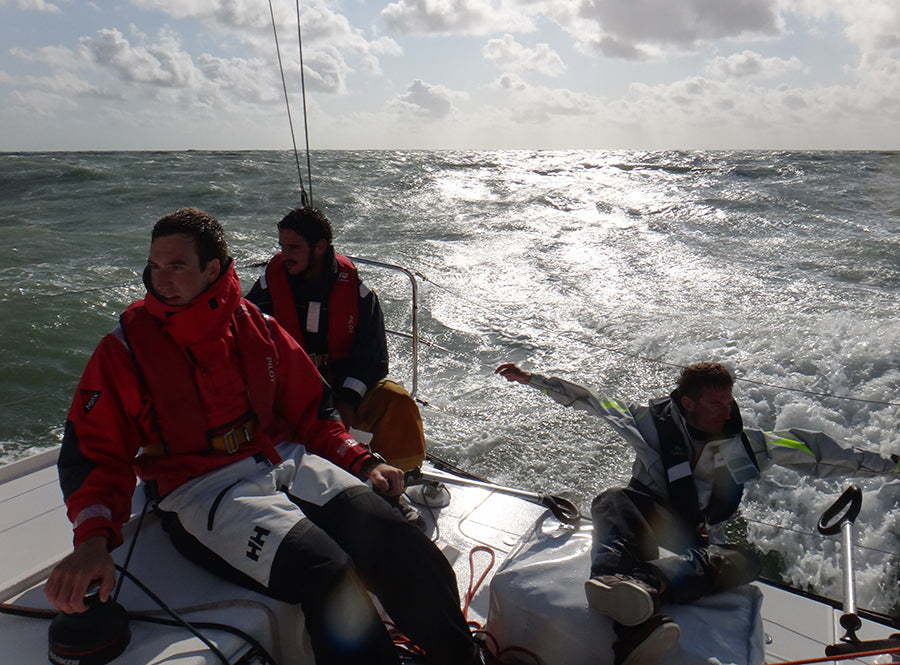
3Di EN CROISIÈRE: 20.000 MILLES EN POGO 30
3Di™ EN CROISIÈRE :
20.000 milles en Pogo 30
Depuis 2013 qu’il a fait l’acquisition de son Pogo 30 et qu’il l’a équipé de voiles 3Di™, Eric Cortial a parcouru pas moins de 20 000 milles entre Manche, Atlantique et Méditerranée. De passage à Vannes pour une révision hivernale de ses voiles et la finalisation de la commande d’une nouvelle grand-voile, il nous livre un bilan de sa garde robe 3Di...
"C’est en juillet 2013 que j’ai fait l’acquisition de mon Pogo 30. Jeune retraité, j’ai la chance de pouvoir naviguer de manière très régulière : en mode croisière avec des amis entre Manche et Bretagne Sud, mais également occasionnellement en régate avec mon fils dans le Solent et puis aussi beaucoup en solitaire. C’est d’ailleurs ainsi que j’ai ramené mon bateau depuis Port Camargue jusqu’à Ouistreham l’été dernier. Une jolie petite ballade, jalonnée d’étapes à Majorque, Lisbonne, Pornic et Sainte Marine, et des conditions de navigation variées, qui m’ont permis une fois encore de juger de la qualité de mes voiles qui affichent désormais pas moins de 20.000 milles au compteur..."
"Sur les recommandations d’amis et les conseils avisés de Laurent Tilleau, mon interlocuteur chez North Sails, j’avais fait le choix du 3Di™, pour ses qualités annoncées en termes de légèreté, de performance et de durabilité. Sur ce dernier point, force est de constater qu’après 20 000 milles d’utilisation, mes voiles sont encore en excellent état ! Le plus remarquable, c’est évidemment l’absence totale de déformation. Même lorsque ça va très vite (j’ai été flashé à 18nds en août dernier au large de Lisbonne), la voile ne bouge pas. Niveau usure, on note bien sûr quelques traces de ragage, mais rien d’anormal au bout de 5 ans. Et pourtant je suis très attentif à l’utilisation et l’entretien de mes voiles : des produits haut de gamme comme ça, on en prend soin !"
"La notion de performance est, elle, plus subjective. Je navigue essentiellement en croisière et mon objectif premier est de naviguer proprement et de prendre du plaisir. En cela, les voiles ont une vraie importance. Au fil du temps j’ai acquis une totale confiance en mes voiles 3Di™ : légères, faciles à régler, elles se manoeuvrent aisément et procurent beaucoup de plaisir en navigation. Et puis, avec leur gris foncé, elles sont, d’un point de vue purement esthétique, très belles, ce qui ne gâche rien. Je regrette d’ailleurs un peu que la prochaine grand-voile que j’ai commandée, même coupe mais cette fois en 3Di NORDAC™, ne puisse se faire dans le même coloris. Mais bon, on ne peut pas tout avoir et Laurent Tilleau m’a promis que je gagnerai encore un peu en souplesse d’utilisation ce qui est important lorsqu’on a 68 ans et qu’on navigue de plus en plus souvent en solitaire. Quand je l’aurai récupérée, je pense d’ailleurs aller la tester en solo au grand large : direction les Açores... et qui sait si une fois là bas je ne pousserai pas jusqu’au Brésil. Quand on aime, on ne compte pas..."
READ MORE
READ MORE
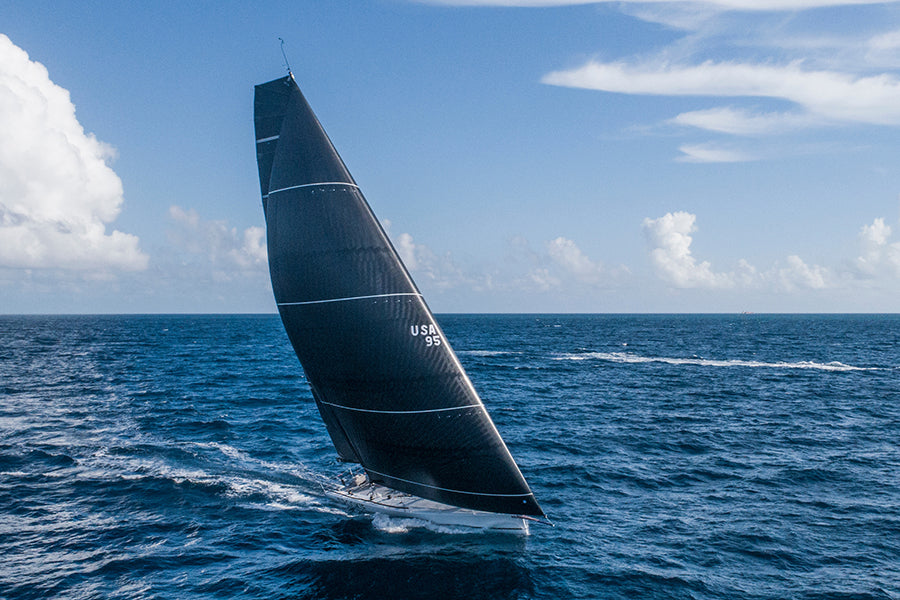
HELIX: LA VOILE A ENROULEUR SANS CABLE
HELIX
La voile à enrouleur sans câble
La recherche de l’efficience, voici l’une des obsessions des ingénieurs en général et des concepteurs de voiles en particulier. En mettant au point Helix, un process novateur qui exploite au mieux les incroyables propriétés du 3Di™, les équipes du service R&D de North Sails sont parvenues à substituer à l’habituel câble des voiles d’avant une structure et une forme adaptées qui répondent à des problématiques spécifiques.
Résultat : une plage d’utilisation étendue, une stabilité accrue et une meilleure répartition des charges.
Concept
La conception 3Di™ de la voile permet d’intégrer dès son dessin une structure en adéquation avec les formes volantes
anticipées qui optimisent la répartition de la charge. Cette structure dédiée intégrant un plan de fibre carbone en guindant est pensée pour faciliter l’enroulement et définir la forme volante. Un nerf de guindant complète ce dispositif pour ajuster l’équilibre du guindant.
Applications
Le concept est né d’une recherche pour répondre a la problématique des Code 0 IRC. La technologie aujourd’hui maîtrisée permet d’étendre le procédé à toutes les voiles de portant sur enrouleur et les Staysails (trinquettes de portant et de reaching).
Avantages
Un enroulement non compromis
Une forme volante adaptable par la tension d’amure qui agit comme un cunningham
Un développé de guindant ajustable
Une distribution de rond de guindant et de chute équilibrée
Une meilleure répartition des charges
Une Voile légère et très stable
L’accès à des formes volantes plus propulsives
READ MORE
READ MORE
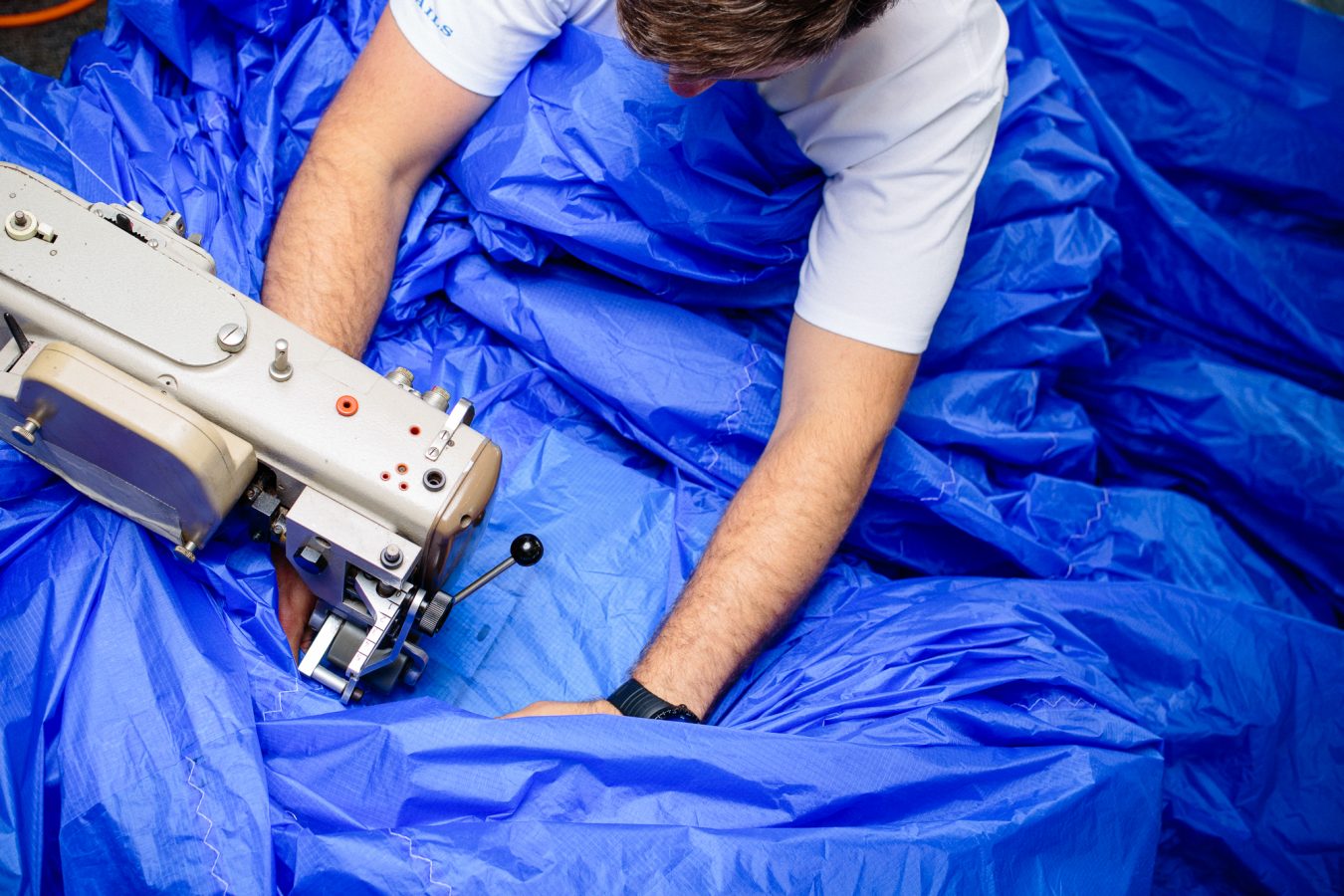
OFF SEASON SAIL STORAGE
OFF SEASON SAIL STORAGE
Storing Your Sails in Three Easy Steps
Storing your sails can be a headache, especially if you’re unsure how to put them away properly. Follow these three simple steps to make sure your sails are safe all winter long:
Dry
Fold
Store Safely
Dry
This step is crucial. Ensure your sails are completely dry before packing them away for the winter. This prevents mold and mildew growth, as well as keeping them from smelling musty in the spring. If you notice mold or mildew on your sails, bring them in for a wash! Our solution kills mold and mildew, removing any that isn’t already embedded in the sail, and stopping future growth in its tracks.
Fold
Carefully fold your sails before storing them. Try not to follow your usual fold lines, to prevent these creases from sitting for months during the offseason. If your space allows it, store your sails rolled instead.
Store Safely
Where you store your sails is as important as what you do before you put them away. Consider the following when choosing your location:
Pests: small animals love calling sails their home for the winter. They also won’t hesitate to chew right through your sails until they’re perfectly cozy. Make sure you store in an area that isn’t accessible to rodents or other pests.
Humidity and temperature: Store sails in a dry place so they don’t accumulate moisture throughout the winter. A temperature-controlled area is also a good idea. Leaving them on your boat? Not such a good idea.
Use common sense: don’t pile heavy things on top of your sails. Flooding can be devastating to sails (we can only rinse spinnakers, laminates and 3Di). Store indoors, not outdoors, as mother nature isn’t always kind.
To save yourself the worry, you can bring your sails to your local North Sails loft for winter storage. There, you can be assured that your sails are stored properly and safely in our dedicated facility.
READ MORE
READ MORE
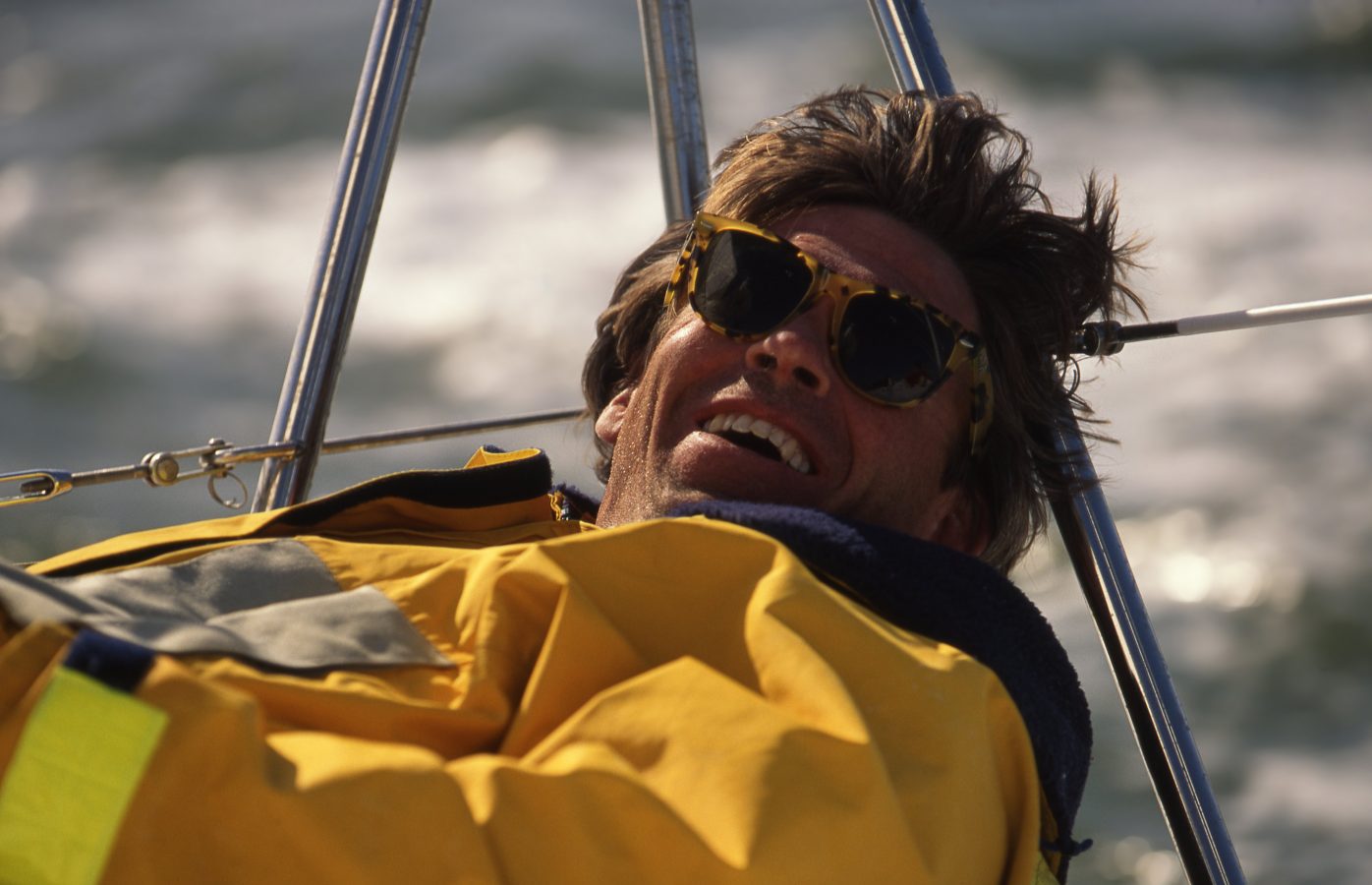
COYOTE : THE MIKE PLANT STORY
TRUE FILM ‘COYOTE’ CUTS TO THE CORE OF CHANGING LIFE TO CHASE A DREAM
Life of Legendary Sailor Mike Plant Made for a Movie Screen
📸 Billy Black
A quarter century after American offshore racer Mike Plant vanished, a feature documentary film about his adventurous life has been released to wide acclaim. Plant splashed on to the international offshore scene after winning the 1986-87 BOC Challenge – a singlehanded race around the world – in a boat he built with his own hands on a bootstrapped budget. He went on to become a legend in the sport, twice setting the American record for the fastest singlehanded circumnavigation and recognized as one of five skippers in history to complete three solo laps of the planet at the time of his disappearance in 1992. “He was a game-changer,” North Sails President, Ken Read, says of Plant. “For a young guy like me he was a huge influence… toughest guy I’ve ever met.”
📸Billy Black
“Coyote”: The Mike Plant Story paints an intimate picture of Plant’s fearless determination as an American underdog of the sea and points an honest lens at some of Plant’s daring and precarious pursuits before he found a life in ocean racing, including a solo trek of South America, drug trafficking exploits and time behind bars in a Portuguese prison.
When The New York Times said Plant is “As close as yachting gets to a James Dean character,” it’s hard to disagree – his life story was made for a movie screen.
Next to a heap of archival footage from Plant’s life, Coyote features notable sailing faces on the screen. French racer and founder of the Vendée Globe, Philippe Jeantot, is a highlight, as is Herb McCormick, Executive Editor of Cruising World. North Sails President, Ken Read, and CEO, Dan Neri, also make appearances given their close connection and support of Plant’s around-the-world campaigns with Shore Sails (a legacy North Sails company). The narrative is rich and personal, carving out a riveting tale of a man who clearly embodied a thirst for adventure that drove him to become an American hero of the sea.
📸Billy Black
Coyote was directed by Plant’s nephew, Thomas Simmons, who ditched a career in investment banking to make the film. “It was a dream I wanted to chase,” Simmons says. “Mike faced his dreams head on and in many ways his example compelled me to take a risk and do something that I truly believe in.”
“Some might see Coyote as a sailing film,” Simmons says. “To me it’s a universal story about redemption, the importance of chasing dreams in life and the power of the human spirit when passion meets determination.”
Coyote is available in 80+ countries on major digital platforms. Worth a watch!
Coyote on iTunes
Coyote on Amazon
Coyote on Vimeo
www.coyotedocumentary.com
Facebook: @coyotemovie
Instagram: @coyote_movie
📸 Billy Black
📸 Billy Black
📸 Billy Black
READ MORE
READ MORE
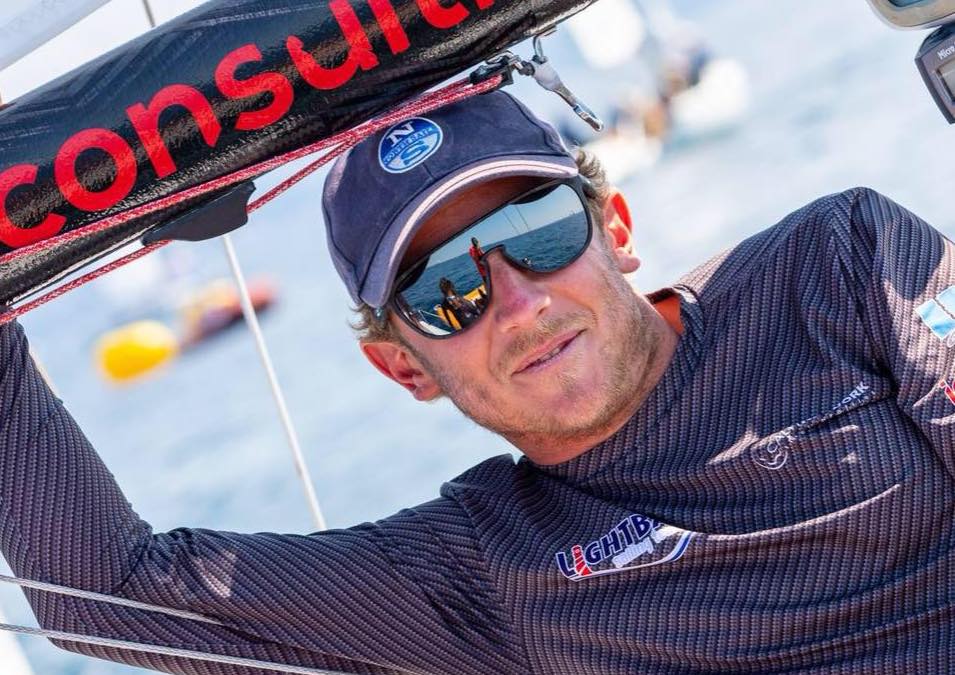
NEW CLASS LEADER FOR THE MELGES 20
NEW OD CLASS LEADER FOR THE MELGES 20
Giulio Desiderato Appointed New Melges 20 Expert
Giulio Desiderato joined North Sails three years ago after finishing up an Olympic 470 campaign. He’s based in the Carasco, Italy, about an hour east of Genoa. Giulio’s various teams had an excellent sailing season, winning the Melges 32 European ranking on Giogi, the J/70 Italian circuit on Calvi Network, and the circuit title in the Melges 40, coaching Stig. “It was a really good year for me,” he says.
Giulio claims his strength is more in sailing than sales. “It’s easy for me to understand what the sailor needs and what the owners need. Looking at my calendar more or less from March to October, every weekend I’m on the water. So that is one of my strong points.”
Giulio sails in a lot of different classes, but he really likes the Melges 20. “That is probably the One Design class that reminds me most of the 470, so I’m happy every time to sail with the Melges 20. The boat is technical because it doesn’t have backstays or a main traveler. In the Melges 20, the tuning of the mast is really important, and to manage the diamonds . Okay of course the 470’s are lighter, so it’s a different feeling, but you can really push the boat like a dinghy. And boat handling is critical. This is the reason that I really like the Melges 20.”
North Sails clients have been doing well, Giulio says.
“It’s been a really good season. Looking at the 2018 World championship, 20 of the 36 boats were sailing with North. And in the top five, there were three boats with 3Di. A good result, especially in such a competitive class.”
At the beginning of the 2018 season, Giulio’s team began to use 3Di sails. “We had a really good 3DL set, but we decided to switch because the future is in this direction. From the beginning, the designers realized a really good all-around mainsail. For sure the material is more stable compared to the 3DL.”
Giulio’s team finished 12th at the worlds, a good result for them. The Russian Alex Team finished fourth with a complete 3Di inventory. “We are investing a lot of time and energy, the sailors and the designers. We are focused on this class. Giovanni Cassinari, one of our top designers, is going to work on these sails for next year.”
The top two teams at the 2018 Worlds, Pacific Yankee and Brontolo Racing used 3Di mains and 3DL jibs.
“We are quite close to a really competitive 3Di jib,” Giulio says. “We are working in the right direction.” And because of its excellent durability, he adds, “3Di gives a big help for owners that sail a lot of regattas.”
Which is why Giulio’s recommended upwind inventory for the 2019 season is all 3Di. “Mi-2 for the main, and the Ji-2 jib.” Downwind, he recommends both the V-4 and R-2. “The class rules allow sailing with two different kites and you can choose based on the given wind conditions. The V-4 is good for reaching, so really light wind and from 12 knots up to the limit of the class. The R-2 is for medium wind when sailing in the deep mode is most ideal.”
On the rare weekends when he’s not at a regatta, Giulio likes to surf even though he’s “not a good surfer,” he claims. “The important thing is that you’re spending time on the water.”
READ MORE
READ MORE
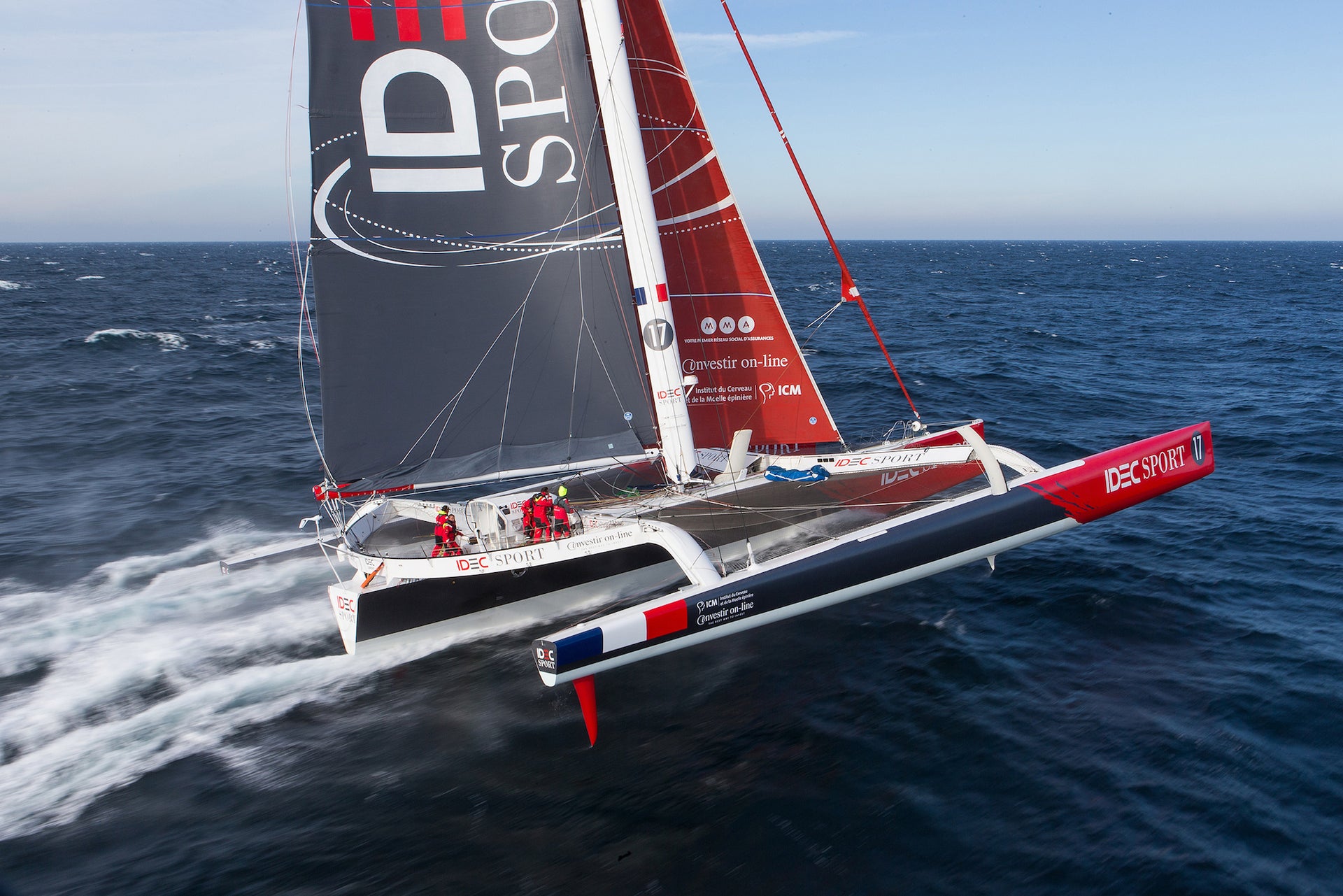
2018 ROUTE DU RHUM VICTORIES
Whether you finish at record speed or simply finish, completing the Route du Rhum is a major accomplishment; one that is met with a rum punch after sailing 3,542 miles. The 2018 edition of this solo transatlantic race to Guadeloupe saw breakdowns, repair detours and comeback stories for the history books. North Sails clients posted podium finishes in five of six classes, a podium sweep in the Ultime class, and captured half of the podium overall. For the North Sails loft in Vannes, France, seeing our client success is the culmination of years of hard work. This most recent edition of the race represented 130 new sails, and some 6,000 hours of work for the Vannes based team, with more than 1,000 sails across the fleet.
Our only disappointment? We have to wait another four years for the next race.
IDEC Sport sets new Route du Rhum record, placing first overall and first in Ultime division. © Yvan Zedda/ #RDR2018
3rd overall, 2nd place Ultime division, Francois Gabart’s MACIF © Yvan Zedda / #RDR2018
First place Multi50, Reaute Chocolat, skipper Armel Tripon © Yvan Zedda / #RDR2018
Third place Ultime, Thomas Coville’s SODEBO © Eloi Stichelbaut
READ MORE
READ MORE
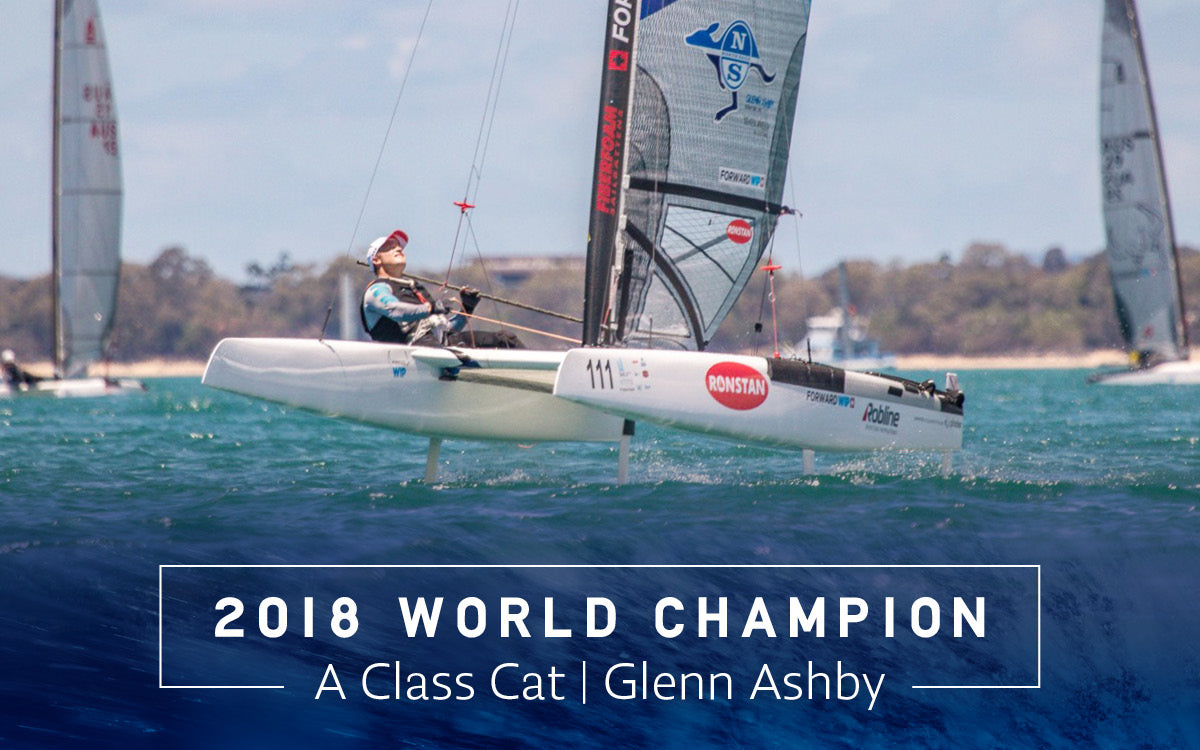
GLENN ASHBY FOR THE A-CAT WIN
GLENN ASHBY CROWED 2018 A-CLASS WORLD CHAMPION
The Multihull Superstar Won Six of Nine Races In Hervey Bay
Winning a World Championship could be considered a once-in-lifetime accomplishment. Not so if you’re world class sailor, and multihull superstar Glenn Ashby, who has won this tenth (!) title in the A-Class Catamaran. Glenn posted first-place finishes in 6/9 races sailed in Hervey Bay, Queensland, Australia, leaving him with half the points of his second closest competitor.
Beyond his talents on the water, Glenn has been working in collaboration with North Sails on the ‘Glenn Ashby Signature Sails’ since 2016′ a series designed by Glenn himself. Glenn, as well as third place Worlds finisher Blair Tuke, used the most recent version of the Decksweeper Mainsail. It’s a safe bet that Glenn is already thinking about the next round of updates that will then go into the next generation of his A-Cat sails.
📸 Gordon Upton Photography
READ MORE
READ MORE
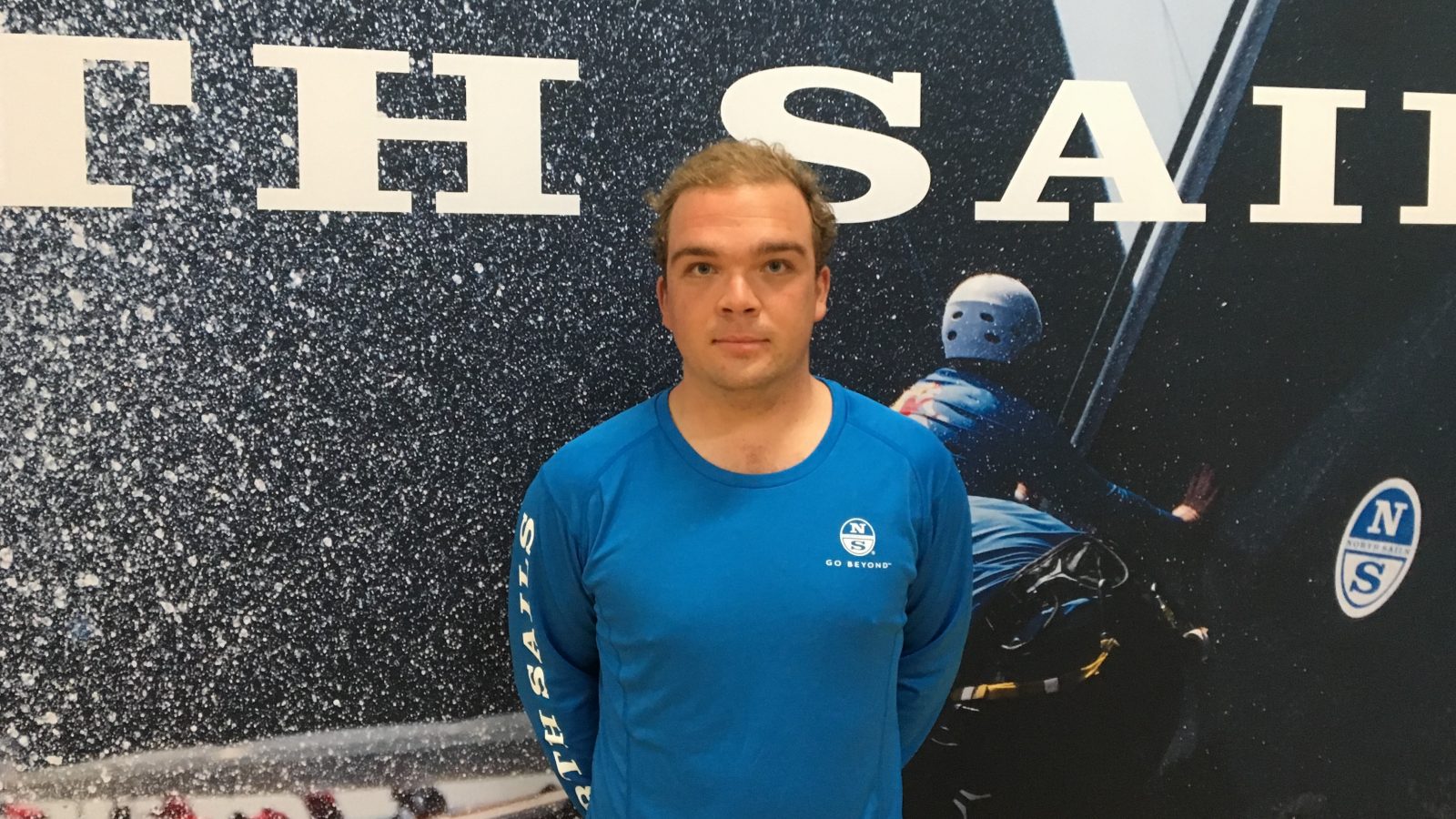
UITBREIDING SERVICE TEAM NORTH SAILS BENELUX
Uitbreiding Service Team North Sails Benelux
Sinds 1 November is het Service team van North Sails Benelux uitgebreid. Bart Overgaauw komt het Service team versterken. Om u kennis te laten maken met Bart hebben wij hem enkele vragen gesteld.
Kun je ons iets vertellen over jouw zeilachtergrond? Wanneer ben je begonnen met zeilen?
Toen ik 5 jaar oud was kreeg ik mijn eerste Optimist, maar daarvoor was ik altijd al aan het zeilen met mijn ouders in Drimmelen. Eigenlijk kun je wel zeggen dat ik ben geboren op een boot haha. Na mijn zeillessen heb ik een tijdje Contender en 29er gevaren, maar daarna ben ik al snel in de ratingklassen in Nederland gaan varen.
Wat heeft jou doen besluiten om voor North Sails te gaan werken?
Ik heb altijd bewondering gehad voor de zeilen die North Sails maakt. De kwaliteit van afwerking en de eigen materialen zijn natuurlijk super, dus toen ik de kans kreeg om voor North Sails te gaan werken hoefde ik niet lang na te denken. Daarnaast varen ook veel boten waarmee ik wedstrijd zeil al met North Sails, dus eigenlijk is dit wel een logische stap.
Heb je al eerder in dit vakgebied gewerkt?
Ja, ik heb een aantal jaar geholpen in een zeilmakerij in Zeeland en ben hier de afgelopen 2 jaar ook fulltime in dienst geweest. Ik heb hier veel verschillend werk gedaan. Naast zeilen repareren was ik ook bezig met tuigwerk en canvas, waardoor ik daar nu ook veel ervaring in heb, welke ik hoop toe te passen in mijn nieuwe baan.
In welke klassen kunnen we jou vinden?
Ik vaar veel in de nationale ORC klassen. Eigenlijk ben ik bij vrijwel alle grote wedstrijden aanwezig. Hiernaast vaar ik ook af en toe wedstrijden met mijn oude studentenvereniging, waarmee ik ook matchrace.
Wat ga jij toevoegen aan het North Sails Team?
Ik ben redelijk flexibel inzetbaar. Ik zal, naast het herstellen van zeilen, ook het verkoop team gaan assisteren met meten en plaatsen van zeilen. Je zult mij dus veel in en om de havens in zowel België als Nederland gaan zien.
READ MORE
READ MORE
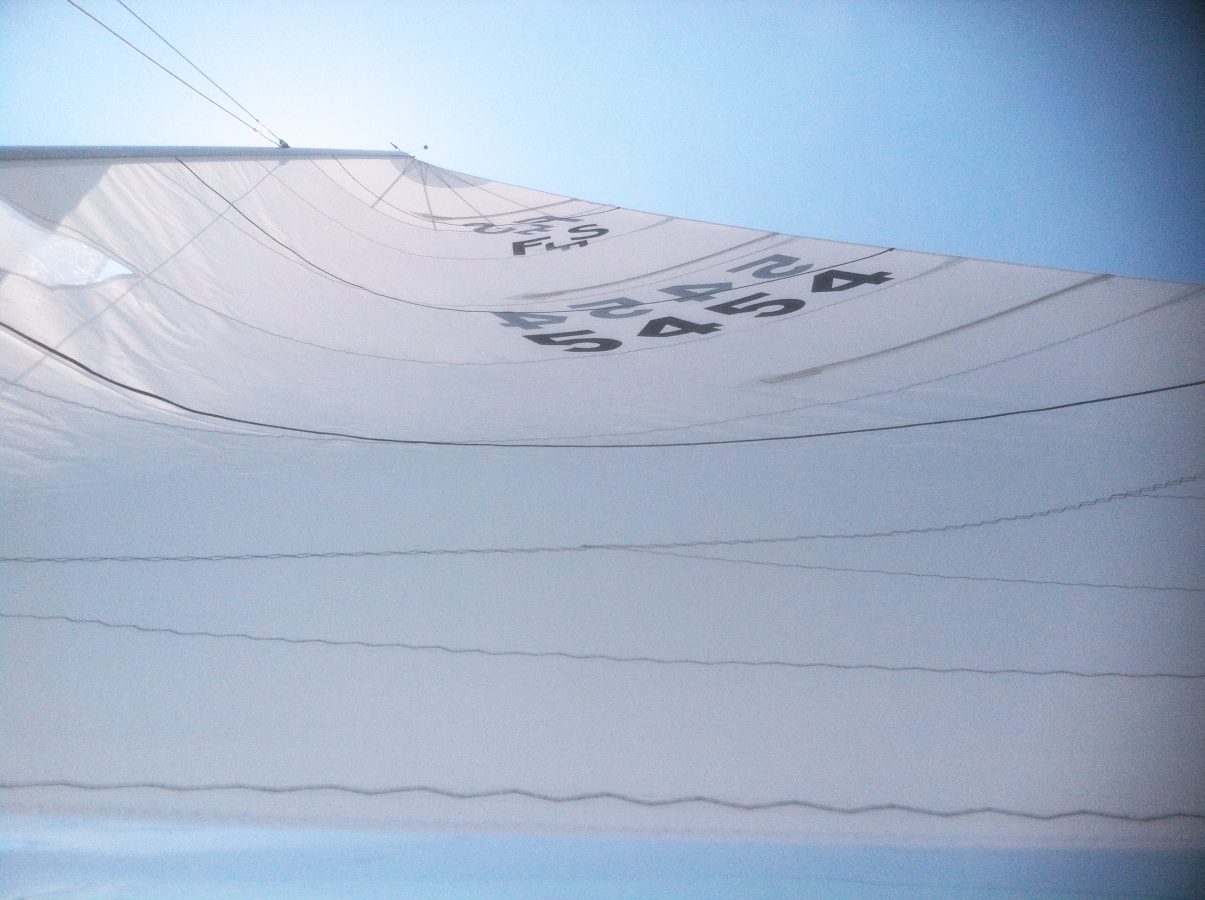
VIDEO: FLYING SCOT SAIL TRIM
FLYING SCOT MAINSAIL TRIM WITH ZEKE HOROWITZ
Video With Tips and Advice on How to Trim the Mainsail on a Flying Scot
We’ve all heard it one hundred times…. “Boat speed is King.” That’s all well and good but how are we supposed to know how to achieve it?? In this video with North Sails expert Zeke Horowitz, you’ll be able to see and learn how, when, and why to play the controls on your mainsail while sailing upwind.
The key is to remember that sail trim needs to be dynamic – you need constant tweaks and adjustments to keep the boat moving as fast as possible for as long as possible.
You’ll learn to develop a short checklist based on feel and visuals so that you’ll know what needs to be adjusted and when. The important elements to check on for proper mainsail trim are:
Feel on the helm
Heel of the boat
Leech tension/twist
“Speed wrinkles” in the lower 1/3rd of the sail.
You want to generate the right mix of all of these elements with a dynamic trim approach so that you can sail with the boat as flat as possible, as steady as possible (constant heel angle), and at as high a pointing angle as possible without losing center board flow.
Boat speed is King and it’s just that simple. 😉
We would like to thank Eric Bussell and the Flying Scot Class for the opportunity to be involved in making this video.
READ MORE
READ MORE
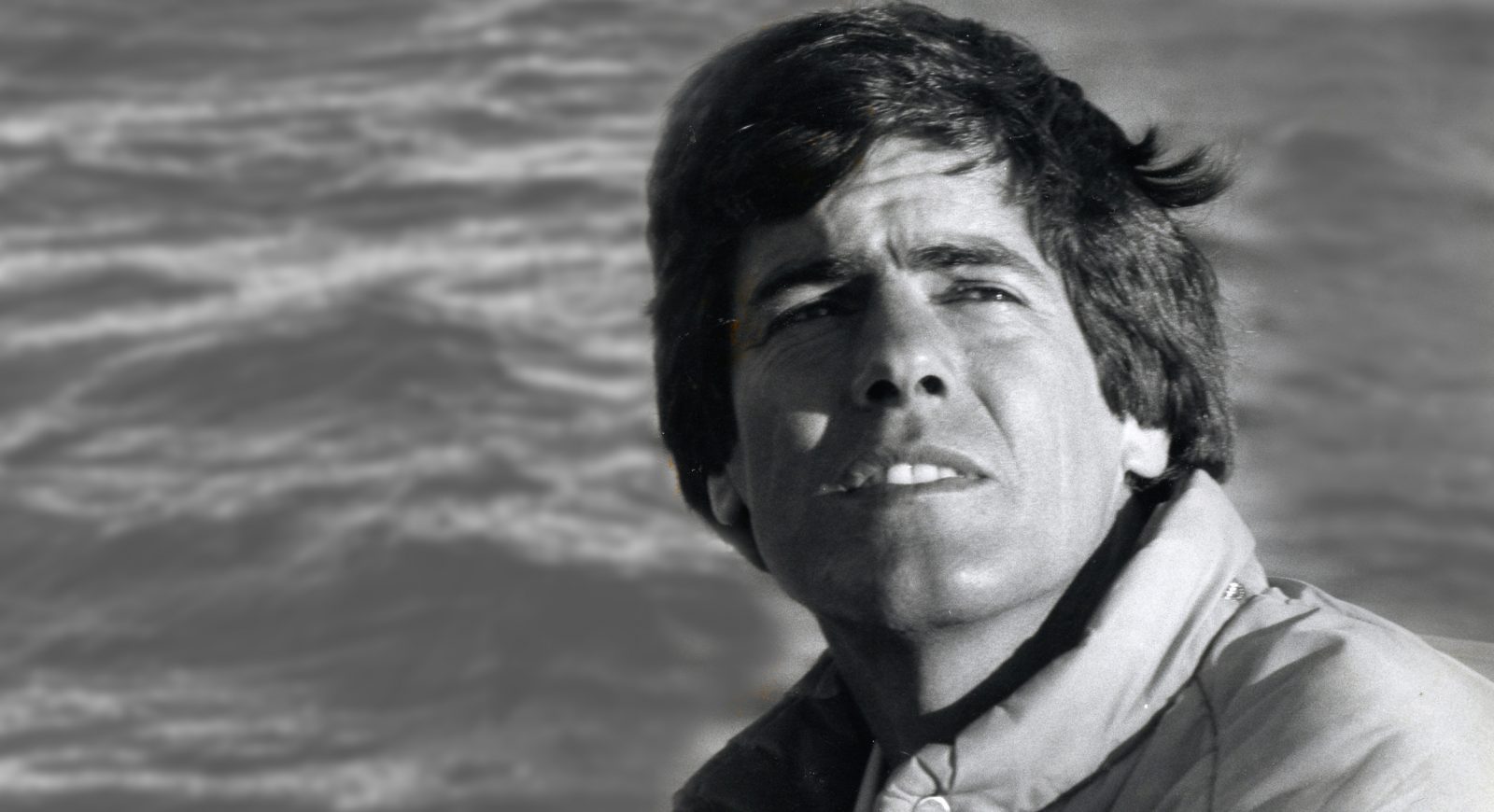
VINCE BRUN: 2018 US NATIONAL SAILING HALL OF FAME
VINCE BRUN INDUCTED INTO US NATIONAL SAILING HALL OF FAME
North Sails Congratulates Former One Design President With Words of Appreciation
It was no surprise to the North Sails team that Vince Brun was inducted into the US National Sailing Hall of Fame, Class of 2018. After winning nine world titles in five different one-design classes (Soling, Star, J/24, Melges 24, Etchells) and dedicating over 40 years to developing fast one design sails, Vince is part of North Sails history and an important key to its success worldwide. Here’s a bit of his incredible story, told by his sailing mates and colleagues at North:
“I met Vince when he was 18 or 19 . Vince had asked me to crew for him in a boat similar to a Lightning. During that experience I noticed that he was a thoughtful skipper, didn’t pound on the crew, he was pleasant to sail with and everyone liked Vince. Vince was successful in sailing, he had all the qualities that make a successful sailor. Vince was doing what he loved and that makes a great sailor!”
“Vince Brun could quite possibly be the most versatile sailor of his time. He has won many races and regattas at the highest level in so many different boats both as a skipper and as a crew. There isn’t a single boat that Vince can’t make go faster and learn to sail better. In fact, his talent makes him an excellent coach, as well. Vince would be at the top of my list for any sailing campaign anywhere in the world. He has a unique combination of talent, discipline, eye, and feel, as well as a perfect temperament and personality for winning races.
North Sails would not be where it is today without Vince’s valuable commitment and expertise. His eye for fast sail shapes is unrivaled. I am very proud to say that I have worked with him and learned from him for 30 + years and I value his friendship more than I can say. He is truly a superstar of our sport.”
“Vince has not been given the credit he deserves for being one of the best sailors in the world since winning the J 24 worlds. It is always a big treat to have Vince sail with you he has a vast knowledge of how to make a boat go fast! Great eye for how to make a better, faster sail!”
Vince and Lowell North
“When Lowell North was setting the foundation for our company, he decided that he would recruit the best sailors in the world to manage the company. He figured that great sailors had many of the skills required to be successful in business, and that they would also be good people to work with. Vince Brun was without question Lowell’s best pick. He made winning World Championships look easy and he transformed North Sails One Design from a shop in San Diego to a Global network of manufacturing and service organizations. He was a demanding boss and shipmate while taking care of his sailing crew, sail loft crew and customers with equal concern. Also, he is very cool. All of us at North Sails could not be more proud of Vince for his well deserved induction into the Sailing Hall of Fame.”
“Vince constantly pushed the North One Design team to become experts in the classes we sailed, in order to truly understand what made the boats go faster. From there we were expected to develop faster and more durable sails. The product needed to be the best available but the relationship with the customer was even more more important to Vince. We needed to be able to provide the customer with the latest tuning and trim information so they could consistently get the most out of our product. This is the way Vince built the North Sails One Design team and it proved to be a winning formula that we wholeheartedly believe in today.
I remember many long, interesting conversations with Vince about how to get a J/24, Etchells, Melges 24 or J70 to go faster. Those conversations helped shaped my understanding of all the variables involved in achieving better boatspeed and how to prioritize those variables. No one else has the One Design sailing experience, results, and knowledge base that Vince has and he taught the One Design team to give everything that we learned back to the customer.”
1986 – Star Bacardi Cup winner, with crew Hugo Schreiner
“Vince is the main reason our team has won the past two Melges 20 World Championships. His ability to not only generate boatspeed, but also his experience, guidance and mentoring were crucial to our success. The most important words he ever said to me were, “Enjoy the journey… the results will come.” Over the past 4 years he has become one of my closest friends and mentor, on top of being my coach. The winning was great, but pale in comparison to the great times and friendships we created along the way.”
“I count myself very fortunate to have had Vince call me back in 1992 and offer me a job at North Sails in San Diego. We had an incredible Star fleet in San Diego at the time and we tuned for hours against each other. It took me a long time to be able to keep up with him but thankfully he was patient! Vince could make any boat go fast. He has made so many great sails, helped so many people go faster, and won so many events over the years that he is such a worthy inductee into the Sailing Hall of Fame and I am proud to call him my friend. Thanks for the great times, look forward to sailing with him again soon, congratulations and thanks Vince!”
“I had the privilege of working for Vince for 25 years at North Sails One Design. Having someone like Vince as your boss, with his passion for his work, changes you in a positive way, it makes you better. I have never met anyone who truly loved what they did more than Vince. He loved sailing first and foremost, but what he really loved was solving the puzzle of making a boat go faster. He always believed and taught us that nothing that could get in our way of figuring out how to make a boat faster or develop a faster sail especially if we worked together as team. It was really cool, fun and challenging! His influence made North One Design what it is today.”
“The induction was at my home club, Lauderdale YC. It was great to hear their stories about the beginnings of their sailing careers and their motivation to be the best. What I forgot about but resonated with me after hearing it again, was the fact that Vince won World Championships both crewing and skippering, which tells a lot about a person’s personality and their will to win, regardless of what position they are on the boat.”
Mike Toppa, Vince Brun, Ken Read and Tom Whidden – Stars & Stripes, 2003
“Vince’s impressive sailing accomplishments speak for themselves. Anyone who has known Vince and followed his career feels vindicated that Vince was admitted to the Hall of Fame. Vince is one of the larger than life characters and not just because of his amazing sailing. What’s most interesting about Vince is his ability to think outside the box. He has a sixth sense, always approaching the problem or the situation in a unique and sometimes surprising way. I suspect this is one of the key reasons Vince is such a great sailor. He sees different sides of the issue or person than most. It’s never boring speaking with Vince. He makes you think.
I’m allowed one quick story. Many years ago, Vince crewed for me in my Etchells. After the regatta, I knew what boot camp in the marines was like. “Don’t you dare look at anything but those telltales”. With eyes in the back of his head – another trait of all great sailors – he knew the instant I snuck a look around. I paid the price each time. After one race, we were sailing back to the start of the next. Vince was quiet (unusual) and thinking. Yet, he was staring at me. I waited in fear of the inevitable critique. Instead, he said, “Jay, those are the ugliest foul weather pants I’ve ever seen”. (They were yellow. Of course he was right).”
READ MORE
READ MORE
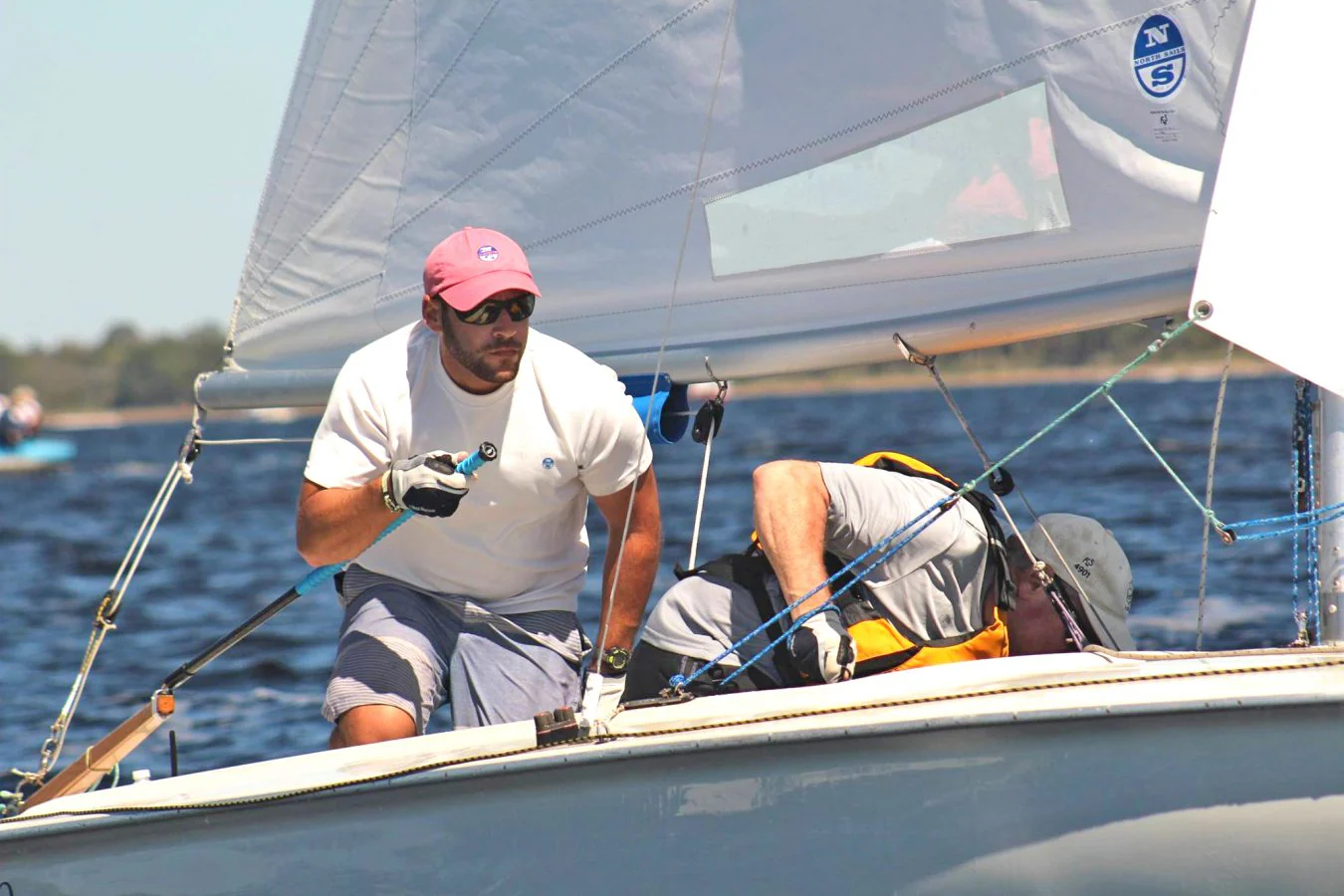
VIDEO: TACKING ON A FLYING SCOT
TACKING ON A FLYING SCOT WITH ZEKE HOROWITZ
Video With Tips and Advice on How to Tack on a Flying Scot
Nailing a perfect tack is often the difference between getting that first cross off the starting line, sneaking it in at a weather mark layline, or being able to pinch off a boat just before the finish. Tacking your Flying Scot can have a lot of variables based on the specific conditions you’re sailing in or the exact scenario you’re in. Practice makes perfect, and as you continue to improve you’ll be able to dial in the subtle nuances of all of these variables.
There are a couple of keys to focus on and practice so that when the time comes to execute the perfect tack, you are prepared and ready to nail it!
Try to bring the main sheet in a bit as you start to turn up at the beginning of the tack. This helps the boat turn up without using as much rudder.
Then, ease the main sheet as you go through the tack so that the main sail is slightly eased and in acceleration mode once you get onto the new tack.
Keep your eyes forward on the jib tell tales so that you can hit the proper exit angle.
Get comfortable with your hand switch so you don’t feel rushed.
Finally, understand the feel of the boat in terms of heel/roll so that you can decide when and how quickly to cross sides to keep the boat as steady as possible.
In this video, listen to North Sails expert Zeke Horowitz as he provides tips and advice on how to tack on a Flying Scot.
We would like to thank Eric Bussell and the Flying Scot Class for the opportunity to be involved in making this video.
READ MORE
READ MORE
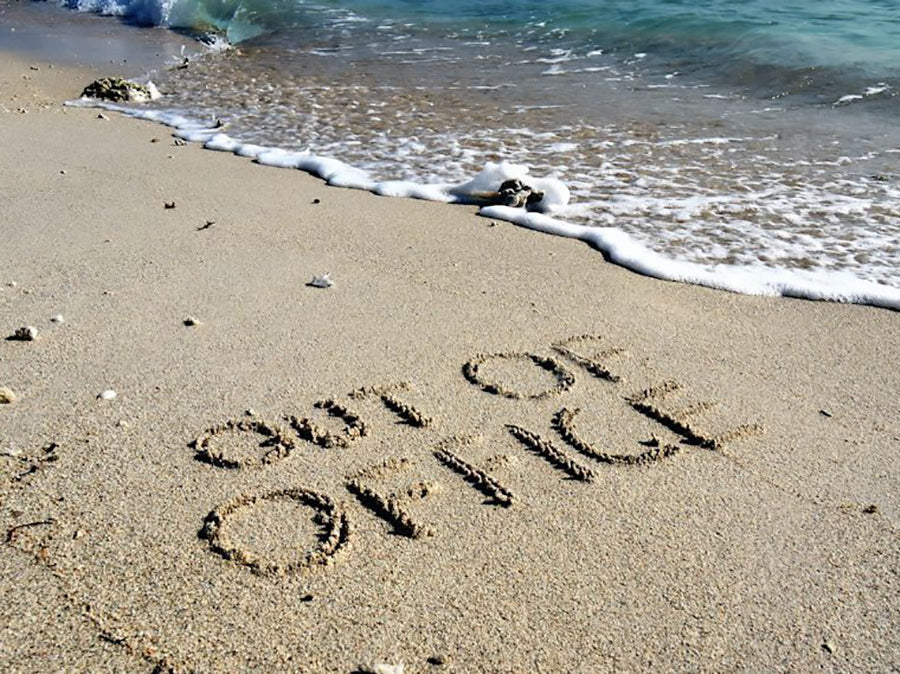
WIR SIND DANN MAL WEG...
WIR SIND DANN MAL WEG...
Vom 5 . bis und mit 20. Dezember ist unser Büro geschlossen.
READ MORE
READ MORE
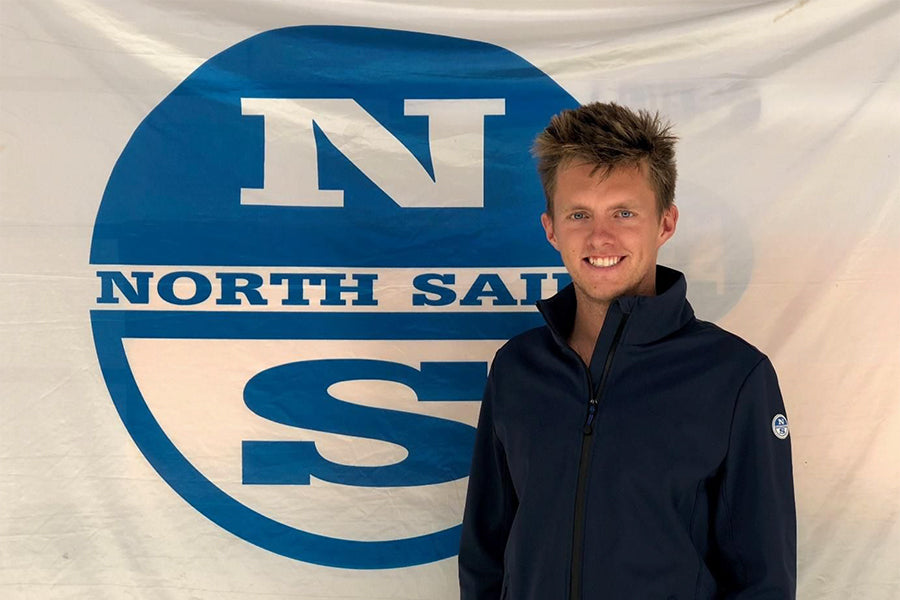
NORTH SAILS WELCOMES NEW TEAM MEMBER
NORTH SAILS WELCOMES NEW TEAM MEMBER
Jeremy O’Connell Joins The North Sails Sales And Service Team In Melbourne
Jeremy comes from a background in One Design sailing, having spent the last six years as a member of the Australian Sailing Squad competing in the Laser. During this time he has worked with some of the world’s best laser sailors and coaches including Tom Burton and Michael Blackburn. Jeremy has competed in five Laser World Championships and many other Sailing World Cup events around the world.
Aside from Laser sailing, Jeremy has experience in Etchells, Farr 40’s, Melges 32, Sydney 38, and J/111 classes.
Jeremy commented; "I am excited and honored to be working with the best sail making company in the world."
He will be at the Etchells Worlds in October, and following that will be racing at Sandringham, Royal Melbourne Yacht Squadron, and Royal Victoria Yacht Club over the Summer. We look forward to working with Jeremy and having his onsite expertise, on the water as well as in the loft to provide our clients with the best service and expertise possible.
You can reach Jeremy at the North Sails Melbourne loft or by email: jeremy.oconnell@northsails.com
READ MORE
READ MORE
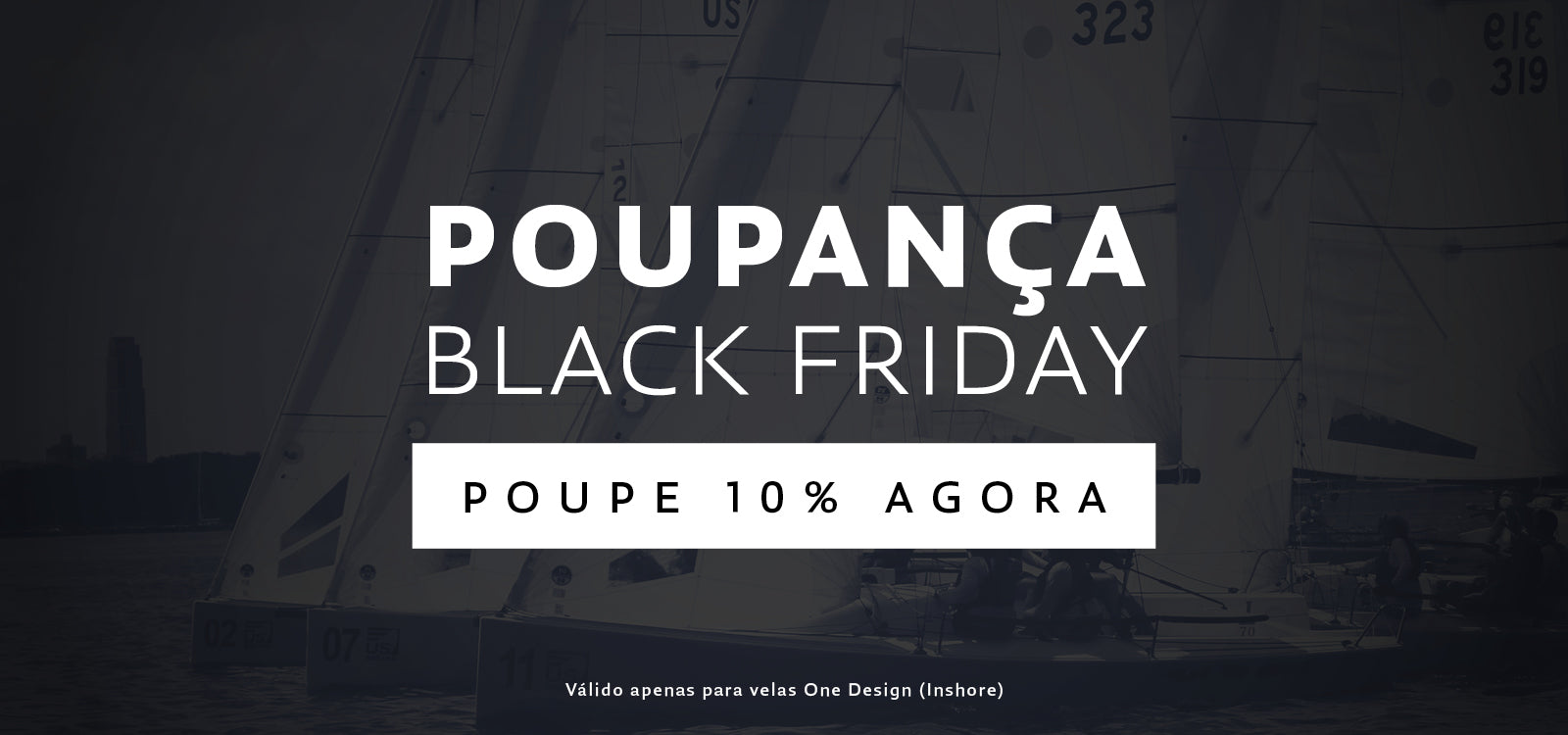
POUPANÇA BLACK FRIDAY
Poupe 10% em velas One Design ( Inshore )
A Black Friday termina a 26 de Novembro de 2018
Apenas para velas entregues na América do Norte e Europa.
ENCONTRE A SUA CLASSE
Termos: Promoção válida para todas as velas Inshore One design entregues na América do Norte e Europa. Exclui Classes One Design OffShore e Grand Prix. Exclui todas as encomendas custom. Válido para encomendas confirmadas entre 19 e 26 de Novembro de 2018. As velas serão expedidas assim que o processo de encomenda esteja completo. Esta oferta não é acumlulável com outras camapnhas/ promoções, Pronto Pagamento no acto da confirmação da encomenda.
READ MORE
READ MORE
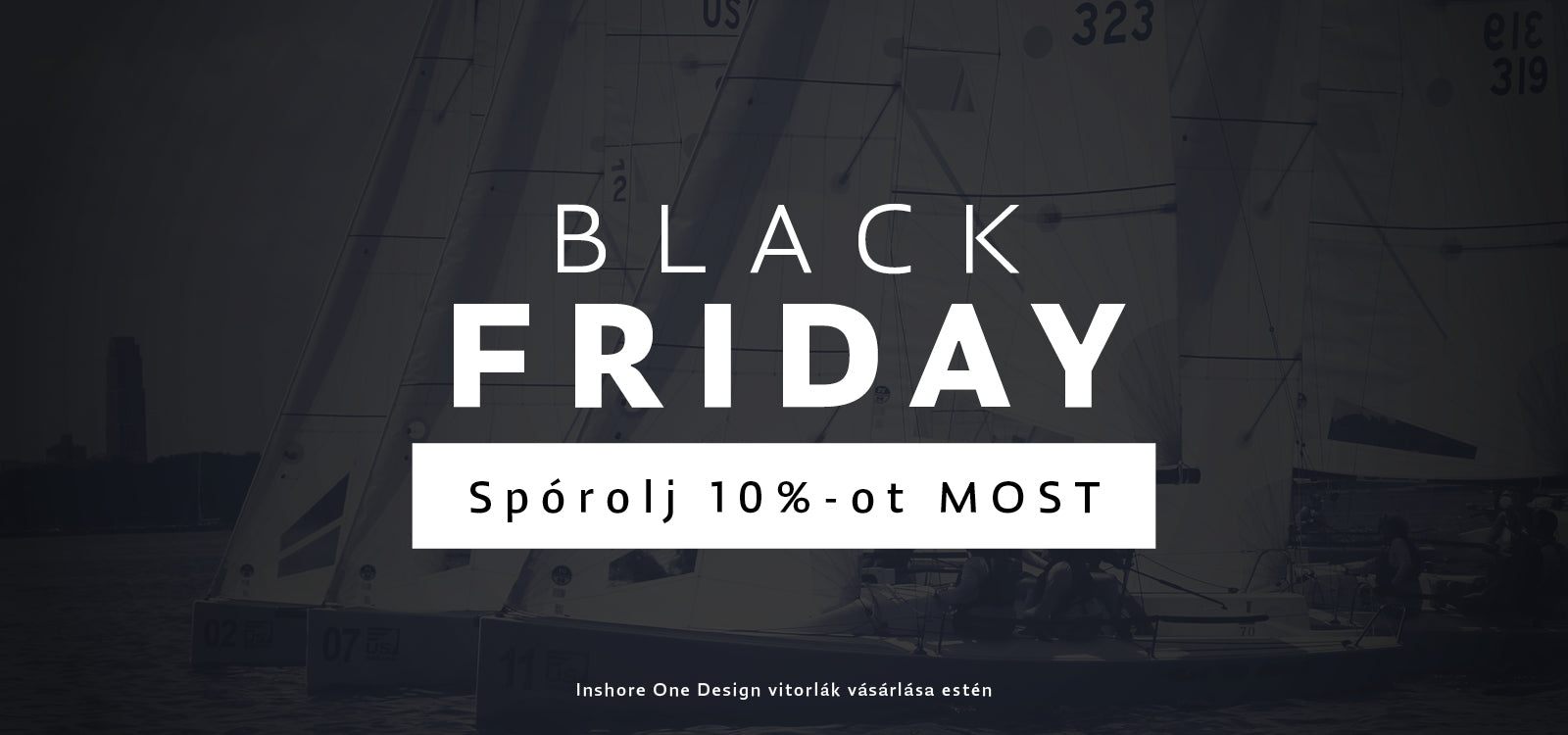
BLACK FRIDAY
Takaríts meg 10%-ot Inshore One Design vitorlákon
Black Friday akció érvényes: november 26, 2018.
európai és észak amerikai kiszállítások esetén.
Keresd az értékesítőket
Terms: Promotion valid for all Inshore One Design sails delivered in North America and Europe. Excludes OffShore and Grand Prix One Design classes. Excludes all custom orders. Valid for orders placed between November 19-26, 2018. Sails will ship as soon as order is complete. This offer cannot be combined with any other discount/promotion. 50% deposit required when order is placed and balance is due prior to shipping.
READ MORE
READ MORE
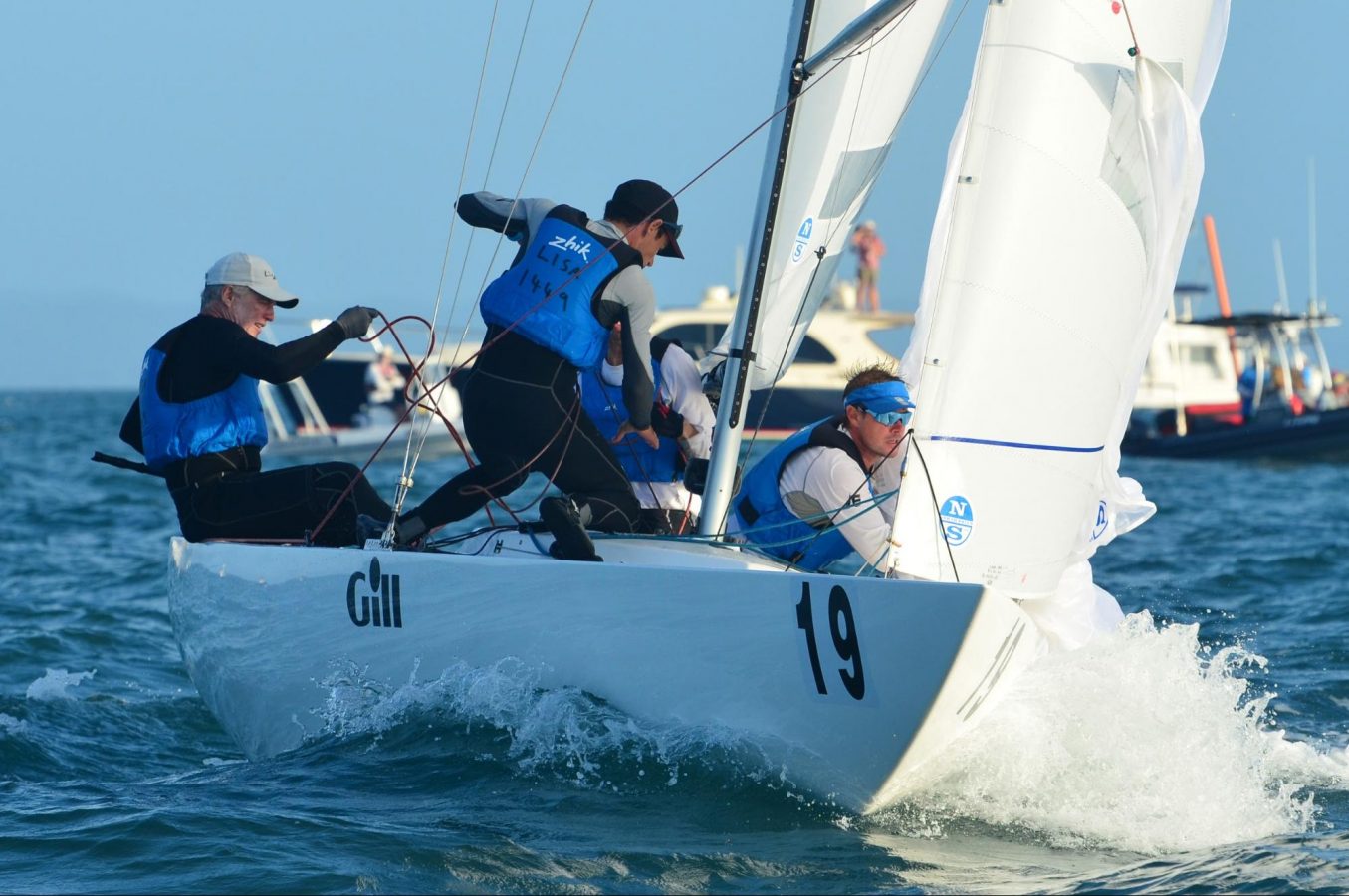
ETCHELLS WORLDS SPEED READING
ETCHELLS WORLDS SPEED READING
New World Champion Martin Hill Shares Victory Insights
© KJW / Etchells Worlds Brisbane 2018
Sailing in a 94-boat fleet that’s stacked with past world champions, Martin Hill didn’t have high expectations on his chances of winning the 2018 Etchells Worlds in Brisbane, Australia. But after a 6th-place finish at the 2017 Worlds and some strong results earlier in 2018, Martin and mainsheet trimmer Julian Plante were joined by Sean O’Rourke as a new bowman and Olympic 470 medalist Mat Belcher as new tactician and the combination began to click.
The team’s speed, decision-making, and fleet management was excellent in the first two races; both times, their boat, Lisa Rose, rounded the first mark in the lead and earned second-place finishes. “In the opening race, when we rounded the weather mark,” Martin says, “I thought, ‘Game on!’”
Yet a world championship spans six days and nine races, and the Lisa Rose team had to evolve to emerge at the top of the field on the last day. What were some of the keys?
© KJW / Etchells Worlds Brisbane 2018
Making the most of individual abilities
“We developed a nice chemistry, with each person respecting each others’ ability, ” Martin says, describing how each team member worked with him to shape their boat speed and tactics. “Julian, on the mainsail upwind, would manage our mode—high and slow or fast and low. Sean was on the kite sheet downwind, calling when to sail lower and higher. And in a tactical situation, Mat would say, ‘My boat’ for the short term, such as when calling for a lee-bow tack.”
“I knew instinctively that Mat would be really good,” Martin adds. “I always admire people in the 470 class and how good they are in the chess game they play. I had previously sailed with Malcolm Page, so I’ve had a long history knowing them.”
Sailing in sync with the waves
“After the first two races, we were leading the event,” Martin says. “It was pretty exciting. But we were a little bit concerned about our running. In the first race, Ian Murray jibed and got by us downwind, and in the second, Lawrie Smith. In another race, on the third day, we were third to the top mark and dropped down to sixth.
“We began looking at drone footage of the racing in our morning debriefs and watched how other people were sailing downwind. We saw a combination of things. We had been sailing pretty aggressively in the waves and realized others weren’t as aggressive—they were sailing more in sync with the waves. There was a time to push hard down the waves and a time to be more coordinated between me and Sean, the kite trimmer, plus use a bit of crew kinetics.
“We also thought our VMG kite was underrated,” Martin says. “We found we could use that and sail deeper with the pole forward. Using the runner, you’d think you could sail deep, but we feel the VMG was the sail to work with in those conditions.”
© Emily Scott Images
Starting strategy modified
The starting line was 1.2 kilometers long, so choosing the correct end could pay off big, as it did in the first race when Lisa Rose started towards the right-hand end and benefitted from a persistent right shift. But a 49th in the fifth race convinced the team to be more conservative.
“Early in the regatta, we looked for leverage on the line,” Martin says, “but later we came back to what Olympians do to reduce risk by starting near the middle where fleet density wasn’t too great. That way we could play both sides, even in a big field.”
For the final race, the strategy changed again. “We made sure we stayed with Mark Thornburrow’s Racer C,” Martin says. “With 94 boats, a lead could disappear in a heartbeat. They picked the favored starboard end and after a general recall, we both stayed there and got a great start to leeward of them. Mat is in a class of his own—we knew there was a persistent shift to the left and our plan was to sail slow and high. It wasn’t aggressive, it wasn’t match racing. We just knew we had to get across to the left and we did.”
Lisa Rose finished sixth in the last race with Racer C in 10th. The final margin between first and second place was 17 points.
More information on starting strategies can be found here.
© Emily Scott Images
Sail choice on the edge of development
The Lisa Rose team had been involved with a Tom King-led North development program involving a radial main and radial jib designs. The team chose to sail the Worlds with two radial jibs, although the heavier sail stayed mostly in the bag. “We were very impressed with the lighter sail,” Martin says. “It’s more suitable in light-medium than lighter air, and it needs more development. But it was good for this regatta. It gave us awesome speed in medium-bumpy conditions.”
“Julian Plante had been a long-time North sailmaker,” Martin says. “His job was speed and he knew we needed to be conservative with our sail choices. We went with standard spinnakers, but Julian agonized over which mainsail design to use. We ended up going with North’s PC+ mainsail because we expected a lighter regatta—and it was best when the breeze dropped a bit.”
“We used what North had and it delivered,” concludes Martin. “Julian was conscious of working with what he was familiar with. You can’t get too far from North’s test bed over so many regattas. Their sails have been successful for a reason.”
Final words
“We had a great chemistry of openness and working together with a goal,” Martin says. “I have an incredible sense of relief and satisfaction. The other day Julian called me and said he had a dream we were world champions. And it’s true!”
READ MORE
READ MORE
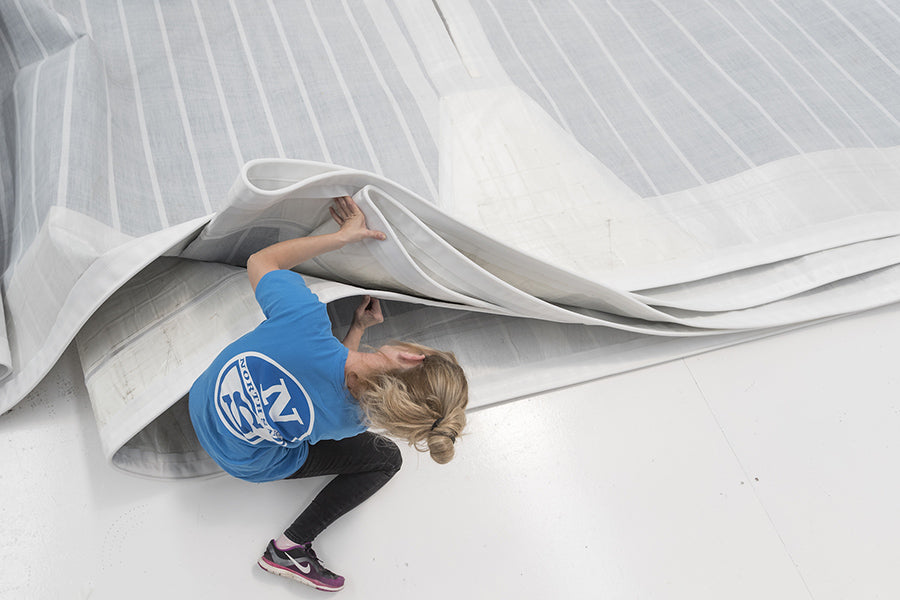
Consejo North Sails
CONSEJO NORTH SAILS
Finalizada la temporada de navegación, es el momento ideal para revisar nuestras velas antes de ofrecerles un merecido descanso.
Revisión
En North Sails ofrecemos un chequeo completo de las velas y proporcionamos un informe final en el que valoramos el estado de cada punto esencial de la vela, recomendamos soluciones y ofrecemos servicio de reparación en caso necesario, siempre con la garantía de profesionalidad de la velería líder mundial.
Almacenamiento
Un correcto almacenamiento de las velas garantiza su conservación y evita desagradables sorpresas cuando volvamos a izarlas en nuestro barco. En North Sails contamos con servicio de almacenamiento en nuestros centros especializados de Valencia y Palma, con recogida en cualquier punto de la geografía española.
READ MORE
READ MORE
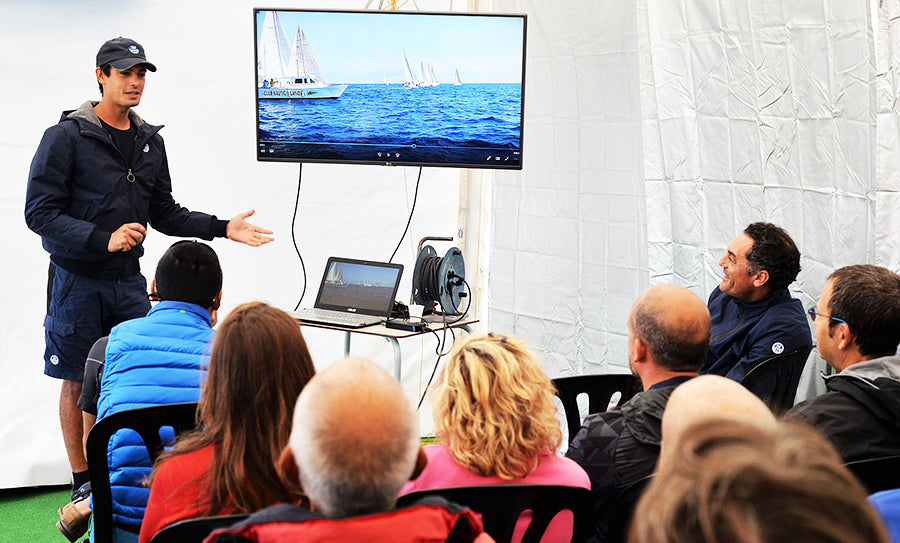
EN VILANOVA Y EN ALICANTE
...EN VILANOVA Y EN ALICANTE
El Club Nàutic Vilanova (Vilanova i la Geltrú, Barcelona) acogió un clinic North Sails el fin de semana del 6 y 7 de octubre.
El programa constó de dos intensas jornadas que combinaron nociones teóricas y prácticas sobre trimado impartidas por los expertos Luis y Jorge Martínez Doreste, y contó con una nutrida participación de embarcaciones de crucero y vela ligera. También resultó un éxito el seminario sobre trimado impartido por nuestro compañero Nacho Braquehais en el Real Club Náutico de Regatas de Alicante el 9 de noviembre.
READ MORE
READ MORE
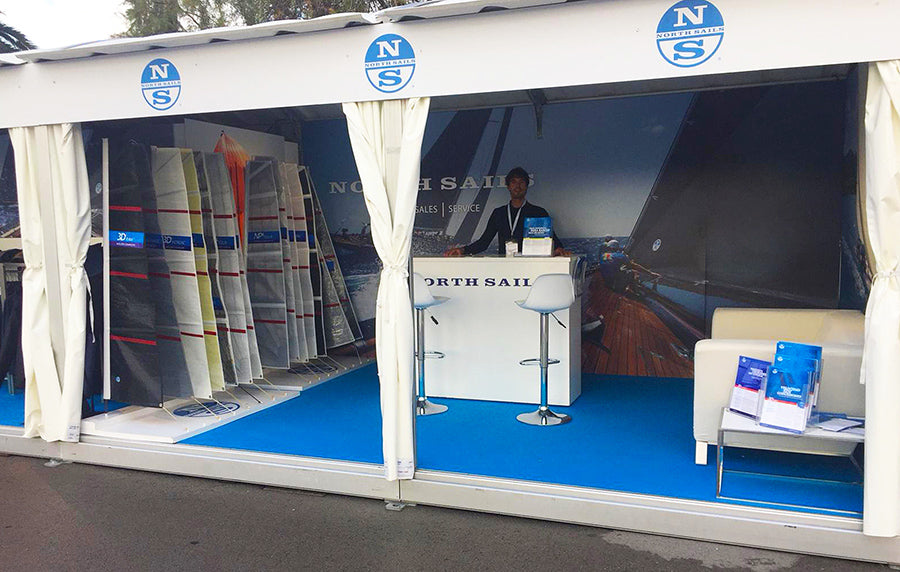
ÉXITO EN BARCELONA, EN VALENCIA
ÉXITO EN BARCELONA, EN VALENCIA...
Un año más, North Sails España participó en el Salón Náutico de Barcelona (Barcelona, 10-14 de octubre) y en el Valencia Boat Show (Valencia, 31 de octubre a 4 de noviembre).
Dos excelentes oportunidades de contacto entre nuestro equipo comercial y los miles de visitantes que ratificaron la excelente salud de ambas exposiciones. La velería desplegó todo su arsenal, con especial protagonismo de la revolucionaria 3Di NORDAC para crucero y de la nueva 3Di RAW 360 específica para competición de pequeña y mediana eslora.
READ MORE
READ MORE
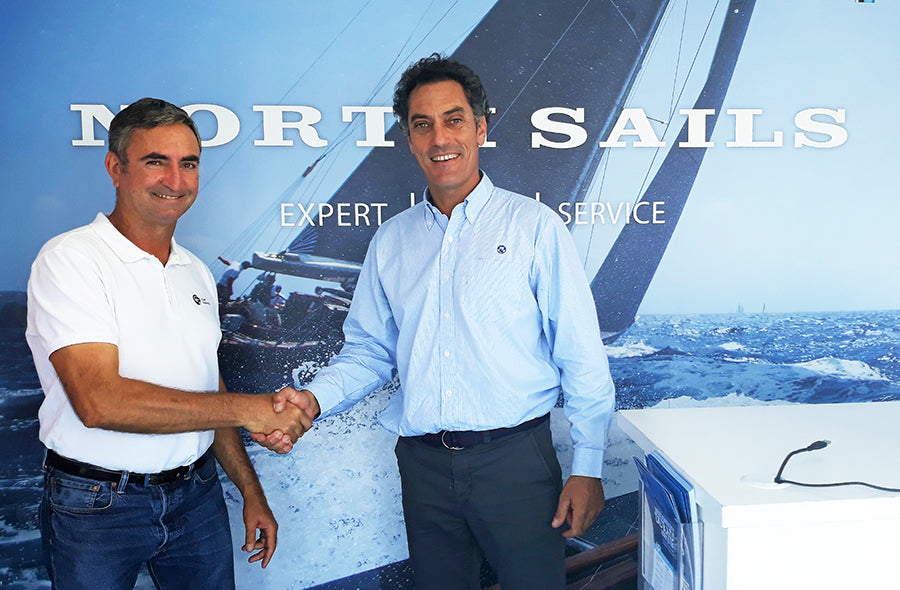
ENCUÉNTRANOS EN PORT TARRACO
ENCUÉNTRANOS EN PORT TARRACO
North Sails estrena relación de colaboración de Port Tarraco, el puerto tarraconense especializado en grandes esloras con capacidad para barcos de hasta 160 metros.
Los usuarios de la marina se benefician de acceso al Servicio Certificado North Sails, incluyendo recogida, reparación y almacenaje de velas.
“Nuestro objetivo es estar siempre cerca de nuestros clientes para ofrecerles el mejor servicio posible, y este acuerdo de colaboración nos aproxima más que nunca a los grandes veleros de Port Tarraco”, explica Luis Martínez Doreste, director comercial de North Sails España.
Desde Port Tarraco, el general manager Marc Colls destaca que:
“Significa un gran logro el tener el servicio de una marca de gran prestigio para nuestros clientes”.
READ MORE
READ MORE
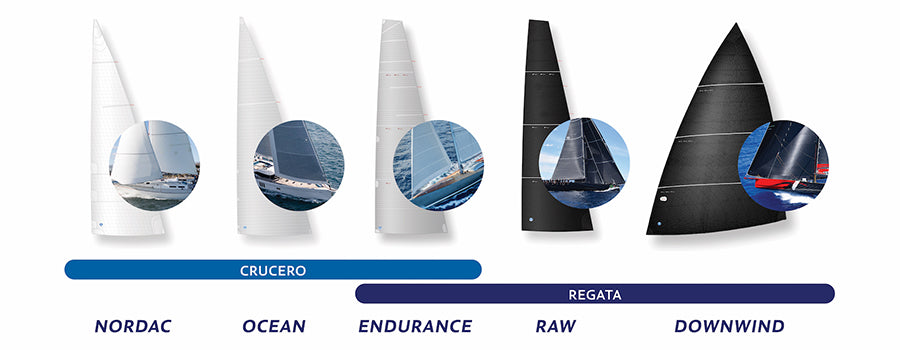
NUEVA GAMA 3Di
NUEVA GAMA 3Di
North Sails amplía su gama 3Di en 2019 con un catálogo optimizado.
El catálogo abarca desde pequeños monotipos hasta enormes superyates, desde cruceros hasta barcos oceánicos, desde velas para ganar regatas de club hasta modelos específicos para alta competición. Una gama más extensa y polivalente que nunca, y que incluirá interesantes novedades.
Desde su nacimiento hace ya una década, la tecnología 3Di no ha dejado de evolucionar, y hoy es posible aplicarla a prácticamente cualquier velero. En 2018, North Sails completó su salto desde las velas laminadas 3DL hasta las composite 3Di, que avanzan en 2019 para conformar un dosier dividido en cinco categorías: 3Di RAW, 3Di ENDURANCE, 3Di NORDAC, 3Di DOWNWIND y 3Di OCEAN, la última en incorporarse a la familia North Sails.
“De cara a 2019 refinamos un poco la gama 3Di para adaptarla a todo tipo de barcos”, explica Luis Martínez Doreste, director comercial de North Sails España. “Las novedades nos permiten cubrir todas las necesidades y usos de nuestros clientes, tanto de crucero como de competición. A quien busque un uso exclusivamente de crucero le ofrecemos las opciones 3Di ENDURANCE, OCEAN y NORDAC. También cubrimos todos los rangos para navegación en regata, empezando por la 3Di RAW 360 específica para mediana y pequeña eslora”.
3Di RAW: Competición
3Di RAW es la vela con mayores prestaciones y menor peso del mercado, un producto ideal para uso en competición. De cara a 2019, North Sails ofrece cinco versiones, incluyendo la nueva 360 (perfecta para regatistas de club con barcos de pequeña a mediana eslora), revisando la 760 (para barcos por encima de 40 pies) y optimizando la 880 (la vela de elección para circuitos como las 52 Super Series o los RC44). En función de las características de cada vela y el uso que se le vaya a dar, la gama 3Di RAW combina poliéster, Aramida, Ultra PE y carbono.
3Di ENDURANCE: Resistencia y durabilidad
La vela más resistente del catálogo 3Di está fabricada para ofrecer una durabilidad y conservación de forma excepcionales, tanto en competición como en crucero oceánico. La gama 3Di ENDURANCE posee cintas externas que protegen la vela del rozamiento y plegado a la vez que conservan la estabilidad de forma exclusiva del 3Di, una garantía de resistencia en todo tipo de condiciones. Está disponible en versiones 760 (Ultra PE y Aramida) y 780 (Ultra PE y carbono).
3Di NORDAC: Revolución
La primera vela 3Di fabricada 100% en poliéster ha revolucionado el mercado del crucero. Cumplido su primer año de comercialización, es hoy un producto totalmente consolidado merced a las más de 2.500 velas comercializadas en 2018 con excelentes críticas de los usuarios. De cara a 2019, North Sails incrementa la capacidad de producción de sus fábricas para responder a la demanda de este modelo diseñado para embarcaciones de pequeña y mediana eslora.
3Di DOWNWIND: Perfección en portantes
El gran número de beneficios asociados al 3Di alcanza más allá de los inventarios de navegación en ceñida y está disponible para navegantes en busca de velas asimétricas de última generación. “Es novedad la 3Di DOWNWIND 300, Código Cero de poliéster para un amplio rango de utilización, como los Clase 40”, explica Martínez Doreste. La 3Di DOWNWIND demostró su valor durante la pasada Volvo Ocean Race, en la que todas las velas, tanto de ceñida como de popa, eran 3Di.
3Di OCEAN: Novedad
Completando la oferta 3Di llega como novedad en 2019 la 3Di OCEAN, una vela específica para el nicho de los cruceros de gran eslora, caracterizada por una resistencia, ligereza y fiabilidad extraordinarias. Fabricada en UltraPE y Aramida, nace “orientada a barcos con esloras grandes de armadores que priorizan la durabilidad pero sin renunciar al rendimiento y las prestaciones de una 3Di”, explica Martínez Doreste.
READ MORE
READ MORE
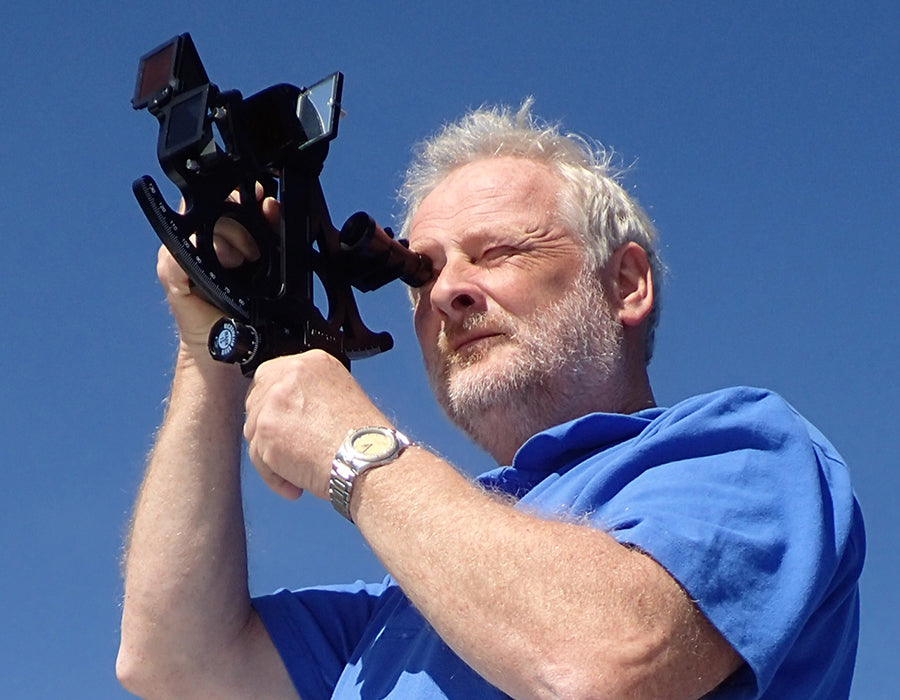
ARE WIIG FORTELLER SIN DRAMATISKE HISTORIE
Are Wiig forteller sin dramatiske historie
Are Wiig gikk rundt og mistet riggen da han lå på 3. plass i Golden Globe regattaen, soloseilasen jorden rundt.
Alt så lovende ut da han mistet selvstyringen etter en tre dagers storm i sør Atlanteren. Mens han holdt på å reparere utstyret gikk det galt og båten ble kastet rundt med store skader som resultat.
Are Wiigs foredrag fra den dramatiske hendelsen og det som skjedde før og etterpå kan du få med deg hos oss i Leangbukta mandag 19. november kl 1900. Først holder Are sitt foredrag, etterfulgt av en samtale mellom ham og Jon Amtrup som har fulgt seilasen og forberedelsene bedre enn noen annen.
Inngangsavgiften, kr 250, går uavkortet til foredragsholderen.
Påmelding her, betaling via VIPPS kr 250 til 96644.
READ MORE
READ MORE
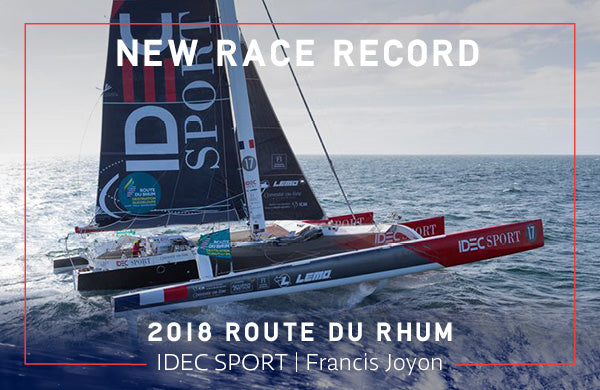
IDEC SPORT SETS A NEW RECORD
RECORD SPEED FOR IDEC SPORT
2018 Route du Rhum Completed In 7 Days, 14 Hours, 21 Minutes
📸 Jean-Marie Liot / Alea / IDEC
Francis Joyon has set a new race record and won the 2018 Route du Rhum, in what was the closest finish since the race began in 1978. The transatlantic race came down to the final moments with Joyon closing out François Gabart and the wounded Macif by a mere seven minutes and eight seconds.
This is the eighth Route du Rhum for Joyon, an offshore sailing veteran, who has set multiple speed records throughout his career. Joyon beats the previous Route du Rhum record set by Loïck Peyron in 2014 by just 46 minutes and 45 seconds. For an extra twist in the plot, Joyon was sailing an older generation Ultime, the same boat Peyron sailed in 2014 under the name Banque Populaire VII.
Bravo Francis! And the entire North Sails network joins your team in cheering #GoFrancis.
📸 Jean-Marie Liot / ALEA / IDEC
READ MORE
READ MORE
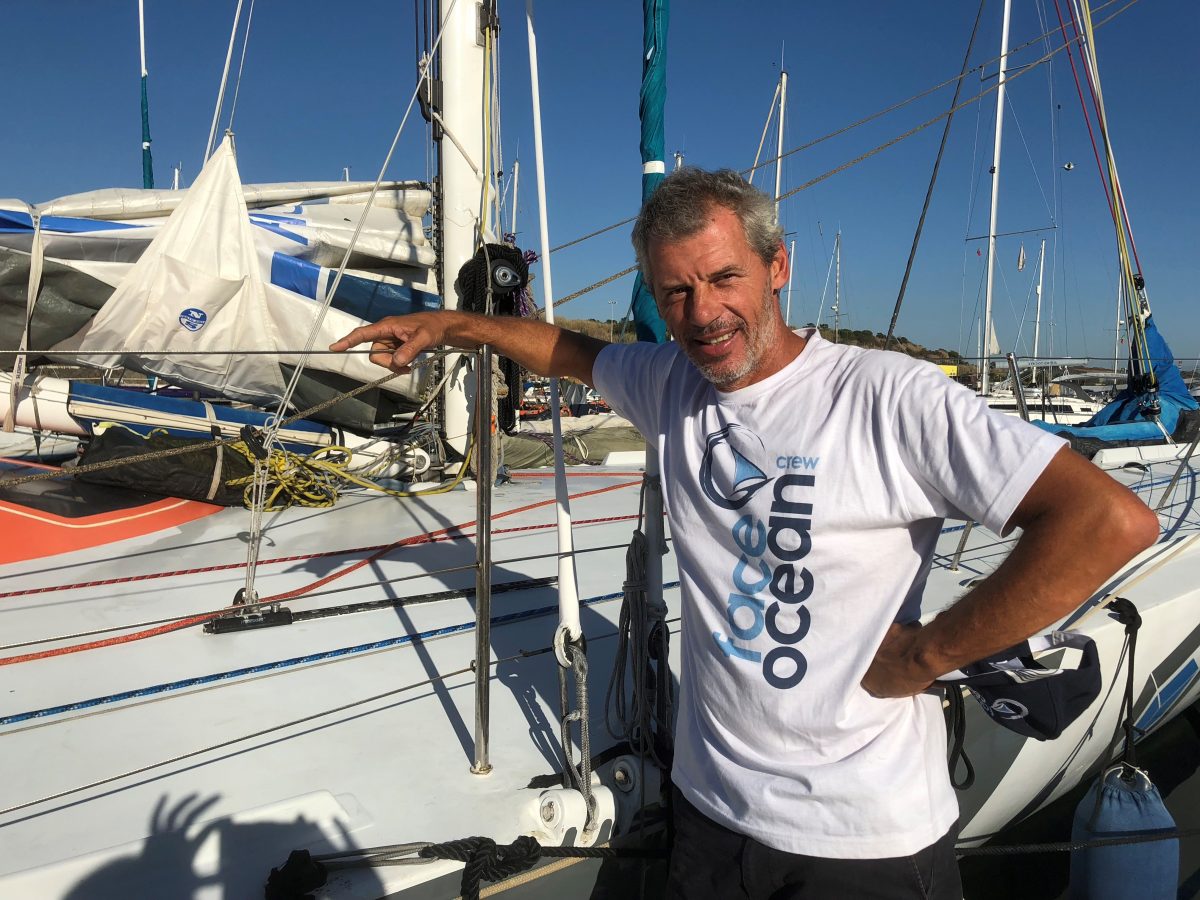
SÉBASTIEN DESTREMAU'S ALCATRAZ IT FACEOCEAN FOR ROUTE DU RHUM
Sébastien Destremau onboard Alcatraz IT FaceOcean for Route du Rhum
Long-time Client is in Battling For A Podium Position
As of Friday, November 10th 4:30pm EDT, Sébastien Destreamau, solo-skipper of Alcatraz IT FaceOcean is sitting in 2nd place in the RhumMono division, with 2849.6 miles to go. Keep an eye on his progress in the live Route du Rhum Race Tracker .
Tell us about your project Alcatraz IT FaceOcean.
The Alcatraz IT FaceOcean project is a continuation of my last Vendée Globe. Alcatraz IT were at the time, a short-term partner. After our success, the company’s management team decided to become the title sponsor of my boat in the 2018 Route du Rhum entered in the Rhum Mono Class.
The boat finished the last Vendée Globe in very good condition: we only needed to undertake a few maintenance and improvements works. Alcatraz IT FaceOcean is not a latest generation boat like Charal which is also equipped with North Sails. Alcatraz IT FaceOcean is therefore much simpler to sail and adapts very well to my offshore experience.
My budget does not match those of other boats but it allows me to complete races and follow my passion for sailing.
What changes did you make to the sails?
The sails are new. I am particularly pleased with the mainsail: thanks to the work of the North Sails team, we’ve increased the size by 15%, which amounts to 25m2: that gives us an enormous power boost! We also have a new gennaker, a new genoa…
We don’t use the latest generation sails because our boat is old. So no 3Di for me! The mainsail is an Ultra X 450, the J2 is Ultra X 350, the gennaker is Stormlite 210 and the spinnaker is Superkote 90.
North Sails not only creates products at the top end, but also creates sails for more restricted budgets. I can never thank North Sails enough for their help during the Vendée Globe: they found solutions so that I could make the start line in spite of my small budget. All in all, I don’t think there’s such a thing as a “small” client with North Sails! I have worked with them for 12 years now and I am very satisfied.
What’s your goal for the Route du Rhum?
First off, I hope to just finish without any major technical problems as this race can be very tough on the boats, as it is for the sailors… My team and I hope we can make the podium… and I wouldn’t say this to anyone but my personal goal is to win the Class.
What made you choose North Sails for the past 12 years?
In any sailing race when you’re crossing the Atlantic and you don’t know which route to choose, you just head West. When you don’t know what sail to buy, you go with North Sails: you will certainly not be disappointed.
READ MORE
READ MORE
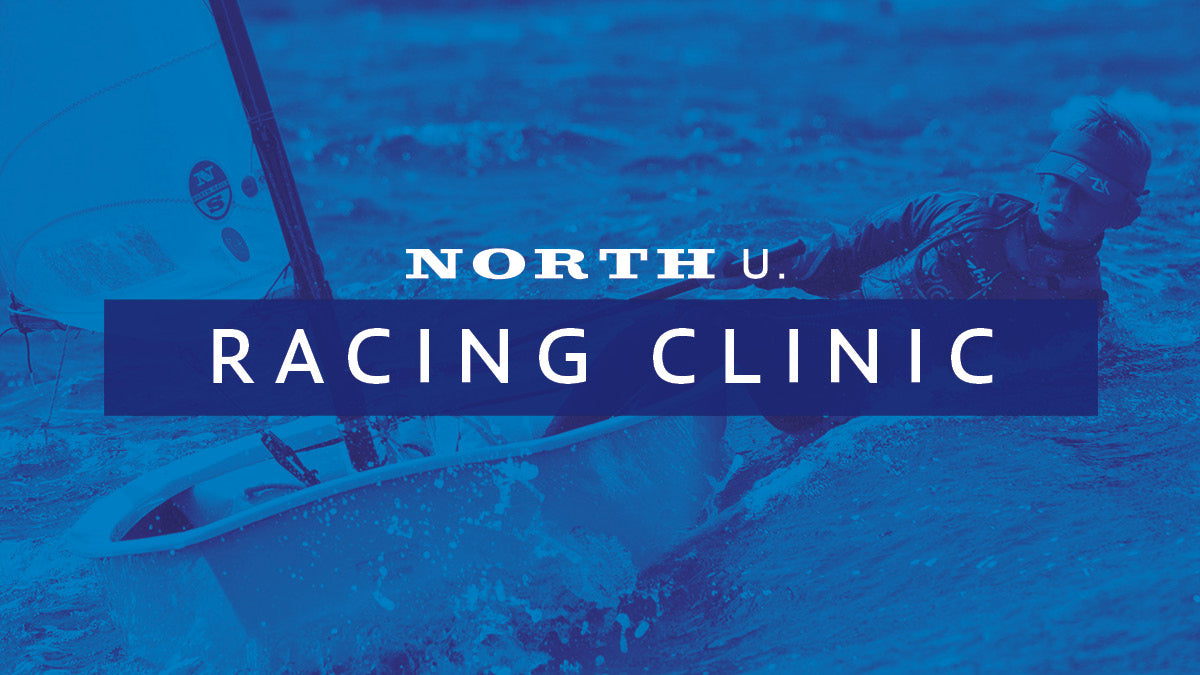
END-OF-YEAR OPTIMIST & LASER CLINIC
End-Of-Year Optimist & Laser Clinic
December 21-23, 2018 – Key Biscayne Yacht Club – Miami
Optimist RWB/Green & Laser Clinic
North Sails and Key Biscayne Yacht Club welcome Optimist and Laser sailors for a 3-full-day clinic in preparation for the Orange Bowl. Arrive a few days early to warm up, tune up and get your game on for the regatta. Hang out with old friends and make new ones!
SCHEDULE DAY 1 – December 21st:
8:30 – Check-In / Breakfast & Lunch to Go
10:00 – Rigged & Ready Time for all sailors
10:00 – 11:00 – Sail Set-Up Lecture & Rigging Tips
11:00 – 4:00 – On-the-Water Training / Sail Testing
4:00 – 4:45 – Debrief / GPS Tracking Analysis
5:00 – 6:00 – Lecture by North Sails Experts
SCHEDULE DAY 2 – December 22nd:
8:30 – Breakfast & Lunch to Go
10:00 – Rigged & Ready Time for all sailors
10:00 – 10:30 – Training Brief by North Sails Experts
10:30 – 4:00 – On-the-Water Training / Sail Testing
4:00 – 5:00 – Debrief / GPS Tracking Analysis
SCHEDULE DAY 3 – December 23rd:
8:30 – Breakfast & Lunch to Go
10:00 – Rigged & Ready Time for all sailors
10:00 – 11:30 – Boat Speed Lecture & Boathandling Technique
11:30 – 4:00 – On-the-Water Training / Sail Testing
4:00 – 4:45 – Debrief / GPS Tracking Analysis
5:00 Clinic Wrap Up followed by Awards
CLINIC INCLUDES:
On-the Water Sail Testing Sessions with GPS tracking
North Sails Seminar
Sail Set-Up and Advanced Tuning Techniques
North Sails Prizes
Breakfast & Lunch onsite
Optimist Clinic Lead Coach:
Juan Carlos Romero – North Sails Optimist Class Head Coach, KBYC Sailing Director, and US National Team Coach.
Laser Clinic Lead Coach:
Maru Urban – KBYC Coach
Guest Coaches:
Mauricio Galarce, Kristoffer Sarmiento, plus additional USNT coaches.
REGISTER TODAY!
For additional information contact:
Juan Carlos Romero | 410-212-5303 | juancarlos.romero@northsails.com
READ MORE
READ MORE
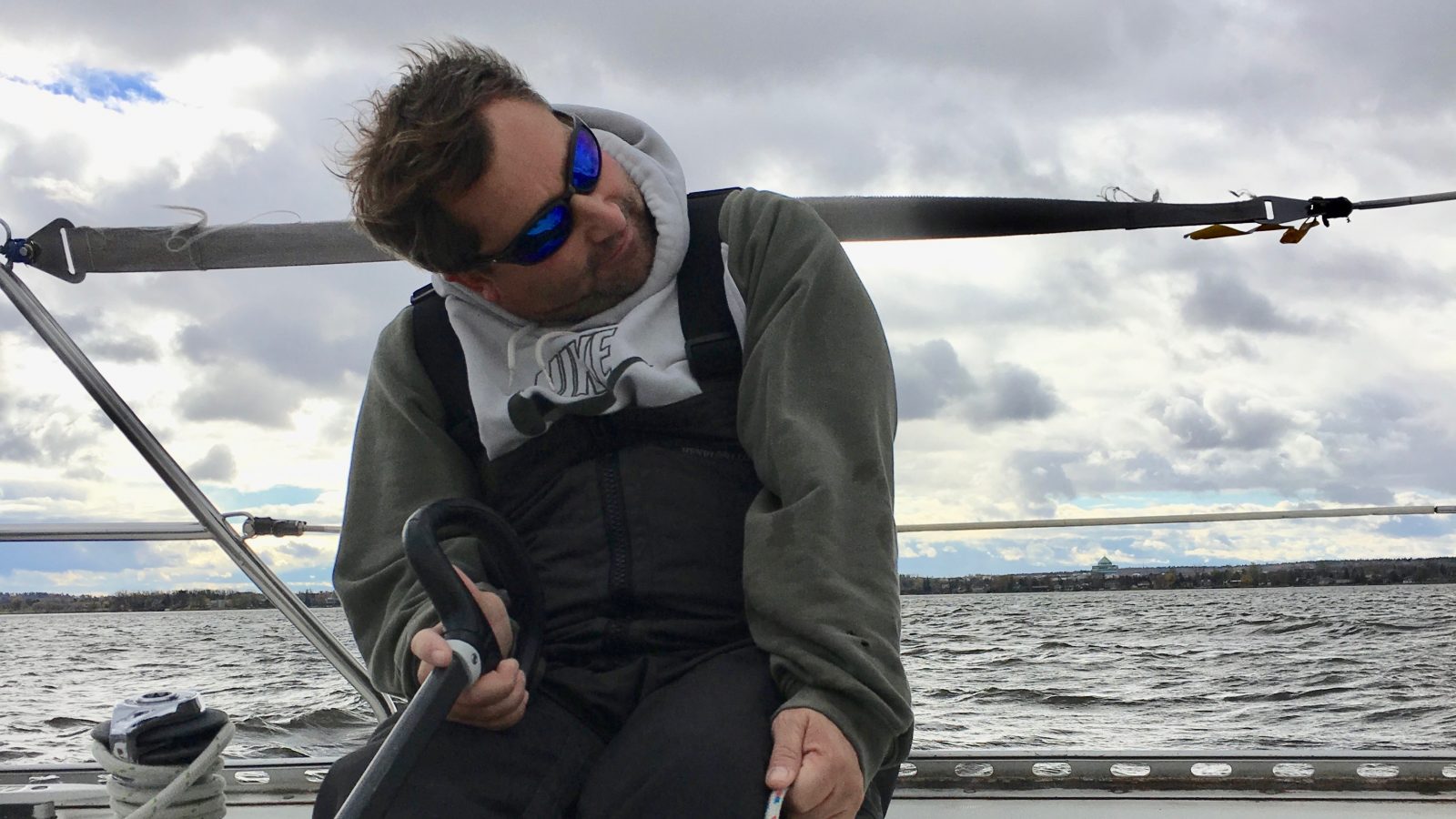
WHO WE ARE: DAVID FOY
WHO WE ARE: DAVID FOY
Get To Know Your Local Sales Expert
How long have you been sailing? What classes do you compete in?
I have sailed many different boats from an Optimist to a Tall Ship. I have been sailing my entire life. Rumour has it I was born in February and out on my parent’s boat in April.
What boats/classes do you sail?
I started racing in an Opti, but learned the most in an old International Cadet that my grandfather rebuilt for me. After that I moved into Laser 2 for a couple of years with my good friend before moving to keelboats. Starting in 2004 I had the luxury of sailing a Shark with my brother and friend. We raced that boat hard for 10 years; where we went on to claim 4 world championships. I now own and race a Beneteau First Class 10 in Ottawa that I actually sailed on when I was younger.
What got you into the marine industry?
I have always had a love of boats. Growing up I always wanted to sail and be around boats in general. At one point in grade school I had the idea of getting into boat design, constantly drawing boats instead of doing school work.
How long have you been working in the industry?
I started working on boats 25 yrs ago. Sometimes this was as paid crew and sometimes fixing boats.
What’s your favourite thing about sailing?
There are 2 parts to this for me. I would say the best thing about sailing is the freedom. Being able to get away from it all and just enjoy the wind and water. I also enjoy the camaraderie between competitors and the constant learning that sailing and racing brings.
READ MORE
READ MORE
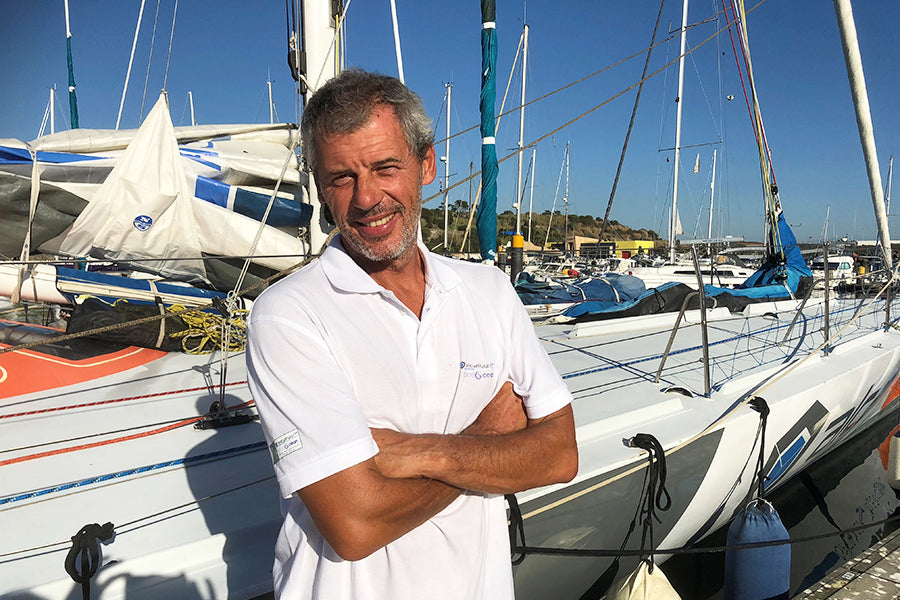
SÉBASTIEN DESTREMAU SUR LA ROUTE DU RHUM 2018 EN CLASSE RHUM MONO
SÉBASTIEN DESTREMAU SUR LA ROUTE DU RHUM 2018
Sébastien Destremau et son bateau Alcatraz IT FaceOcean sur la Route du Rhum 2018 en classe Rhum Mono
Sébastien Destremau
En quoi consiste ton projet Alcatraz IT - FaceOcean ?
Le projet Alcatraz IT - FaceOcean se situe dans la continuité de mon dernier Vendée-Globe. Alcatraz IT était à l’époque un partenaire intermédiaire. A la suite du succès du dernier Vendée-Globe, la direction de l’entreprise a décidé de devenir sponsor principal de mon bateau sur la Route du Rhum 2018 en classe Rhum Mono.
Le bateau a terminé le Vendée-Globe en très bon état : il a fallu effectuer juste quelques travaux d’entretien et d’amélioration. Alcatraz IT - FaceOcean n’est pas un voilier de dernière génération comme Charal qui lui aussi est équipé de voiles North Sails. Alcatraz IT - FaceOcean est bien plus simple à naviguer et s’adapte très bien à mes expériences maritimes.
Le budget est beaucoup moins important par rapport à celui des autres bateaux mais il me permet de terminer des régates et de poursuivre ma passion pour la navigation.
Quelles ont été les modifications effectuées au niveau des voiles ?
Les voiles sont neuves. Je suis particulièrement satisfait par la grand-voile : grâce au travail de l’équipe North Sails, on gagne 15% de la surface, c’est-à-dire 25m carrés : ce qui nous donne un surplus de puissance énorme ! Nous avons également un nouveau gennaker, un nouveau génois…
Quel type de voiles utilises-tu ?
Nous n’utilisons pas des voiles de nouvelle génération car notre bateau est ancien. Pas de 3Di pour moi donc ! La grand-voile est en Ultra X 450, le J2 en Ultra X 350, le gennaker en Stormlite 210 et le Spi en superkote 90.
North Sails s’occupe très bien de concevoir des produits haut de gamme et aussi des voiles pour des budgets plus restreints. Je ne remercierai jamais assez North Sails pour leur aide sur le Vendée- Globe : ils ont trouvé des solutions pour que je puisse m’aligner sur le départ malgré mon petit budget. Finalement il n’y a pas de 'petits' clients chez North Sails ! Cela fait 12 ans que je travaille avec eux et je suis très satisfait.
Quel est ton objectif sur cette édition de la Route du Rhum ?
Je souhaite déjà la terminer sans problèmes techniques majeurs car cette course peut-être très dure pour les bateaux, comme pour les hommes… Mon équipe et moi-même souhaitons faire un podium et… ne le dis à personne mais mon objectif personnel est de la gagner dans ma classe.
Pourquoi tu continues à choisir North Sails depuis 12 ans ?
Dans n’importe quelle course à la voile pour descendre l’Atlantique quand tu ne sais pas quelle route choisir, tu fais de l’ouest. Quand tu ne sais pas quelle voile acheter tu achètes North Sails : tu es sûr que tu ne seras pas déçu !
READ MORE
READ MORE
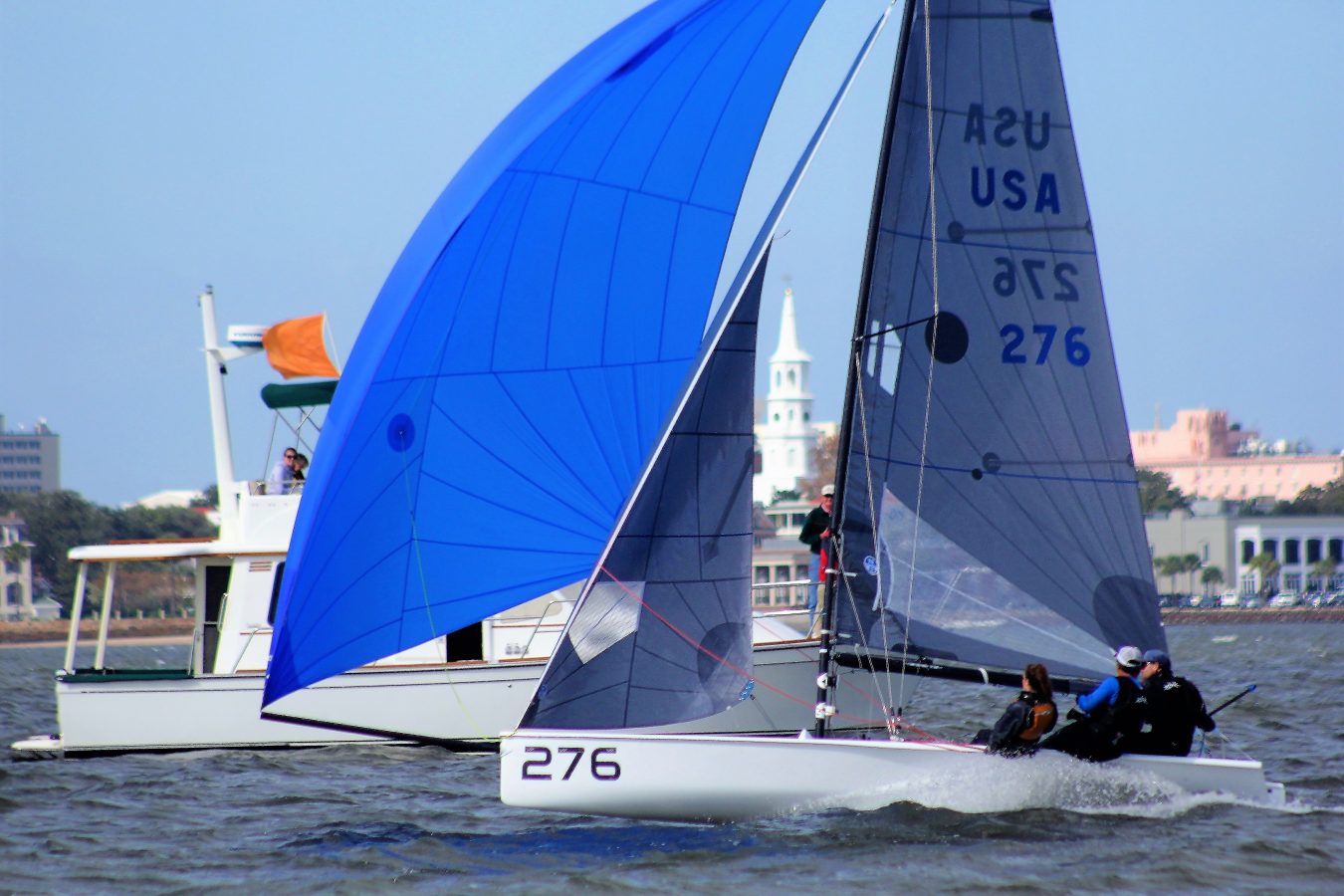
VX ONE NORTH AMERICANS: FAST, FUN & FIERCE
VX ONE NORTH AMERICANS: FAST, FUN & FIERCE
Interview: Making the VX One Go Fast
2018 North American Champions – Christopher Alexander, John Bowden and Caroline Main. © Priscilla Parker
Charleston delivered excellent VX One sailing conditions for the North American Championship the first weekend of November. Strong breeze, flat water, and of course a little bit of that Charleston current. The southern hospitality offered from the Carolina Yacht Club put an exclamation point on the event.
The VX One has been gaining traction as a class over the last few years, and this year’s North American Championship proved to be the deepest field of competitors yet. Racing was fast, fun, and fierce with boats reaching 20 knots of boat speed in the strongest puffs. The sheer fun had by sailing these boats might just outweigh the stiff competition.
We caught up with the winners of the event: Chris Alexander, John Bowden, and Caroline Main, as well as North Sails designer Mike Marshall and class president Jeff Eiber (sailing together, finishing 2nd) to learn what makes a VX One go fast and what the class is all about.
Interview by Jackson Benvenutti
John, this was your first regatta in the VX One. What was your basis for the winning rig tune? Any specific ratios between the uppers, lowers, and check stays?
I didn’t have a good idea of the ratios as first, and I was interested in working to help create a new tuning guide, so we were trying a few different things out (be on the lookout for that new tuning guide soon!). Most importantly, I was trying to induce headstay tension with the lowers and the vang.
A good way to think about it is that the boat is always either looking for power, or needing to de-power, which is fully controlled by headstay tension and de-powering the jib. De-powering the main was fairly easy, but de-powering the jib proved to be a little more complicated without affecting the mainsail shape.
There is always a debate in the VX One class about team weight and sailing with two or three people. Chris, your team sailed with three people. What was your total team weight and what are your thoughts about sailing with three people? Would you consider always sailing the boat at that weight, and with three people?
I am fairly small so I have sailed most big events with three. We were approximately 435 lb total and I believe that it was a very good all around weight for the regatta and the varying conditions we saw. I would say we were perfect weight on day one (10-16 knots), about 40-60 heavy on day two (6-12 knots), and 40-60 light on day three (15-20 knots).
Sailing with three can get a little crowded but you have an extra set of eyes and hands. Caroline did a great job of expediting tuning adjustments at mark roundings, trimming jib downwind, and moving weight where it was needed.
2nd Place – Mike Marshall, Jeff Eiber and Jo Ann Fisher. © Priscilla Parker
Chris, you’ve been sailing the VX One for a few years now, this was John’s first regatta ever in the boat and Mike’s second regatta in the VX. Can each of you speak a little bit about your experiences with the boat and the class?
Chris – This was my fifth North Americans and I have had an absolute blast owning this boat. The design of the boat is superb—the construction of hull, rig, and sails are of robustness and high quality—and the people of the class have become family. It’s a hard sell to get me to sail other boats now, because this one is just so good!
John – The boat is great, super responsive, it can change gears quickly and is fun to sail. I’m looking forward to seeing how the class develops and grows.
Mike – So far, I have spent 5 days in the boat and frankly, I have loved every minute of it. The boat is a blast to sail both upwind and downwind and I look forward to seeing more people start sailing them. The class is still in its beginning stages, but the key points about everyone having fun while keeping the racing at a very high level are there. As I have said in the past, the boats reward people that sail them flat and fast, so the sooner that you can achieve that mode, the better you are going to do in the race.
It isn’t very often that you find a boat that makes you come off the water grinning ear to ear about how fun the sailing was. I don’t think I will ever forget ripping downwind in the last race right next to Chris’ boat thinking about how awesome the boat was and how great that photo opportunity was for the class!
Chris, this is your second time winning the NAs, can you tell us two main things that are particular to the VX One, both upwind and downwind, that you focus on to make sure your VX One is sailing fast?
The times in the past where I haven’t felt fast have been due to rig tune or weight. These boats have a flat bottom and little rocker, which makes them accelerate quickly and be weight sensitive. Tuning to your weight, and how the boat feels that day becomes very important. I had very little experience with the technical rigging aspects of what makes a sport boat like the VX One go fast when I bought the boat, but have been enjoying the learning process.
UPWIND – Caps and Intermediate shrouds are the ‘gross’ rig adjustments and should be VERY high on the mental priority list pre-start since they can not be adjusted after. After the start we made constant adjustments to vang and main sheet, and very little movement on the jib. John was trimming the main and would tell me if we were fully trimmed or eased, and I would relay back how much vang tension, from 0-100%.
John was relentless on playing the main and focusing on how much power we were putting into the boat. My hand never left the vang line, and would adjust on nearly every puff. John probably made 1-4 adjustments on the jib halyard each windward leg was well. The short fetch caused such puffy conditions we were going through quite a lot of gear changes. John was also very adamant about not pinching and I feel that combined with quick gear changes got us through the ever changing breeze faster than the rest.
DOWNWIND – Weight and kinetics were probably the two biggest factors of straight line speed. We were very dynamic and highly focused on what mode we were in. Body weight was generally moving diagonally across the boat, either low and forward, or up and back. We sailed “normal,” as John would say, but focused on the minutia of our execution to go fast.
3rd Place – Lawrence Frost and Jackson Benvenutti. © Priscilla Parker
Mike, you obviously are an excellent sailor and sail designer. What was your biggest take away from this regatta in regards to sailing the VX One?
My biggest takeaway was that you absolutely must get the boat going fast. In any condition, you have to focus on speed. Once you are going fast, then worry about getting height upwind, and going the right direction.
To get that speed:
HEAVY AIR: I was easing the main out 4 feet at times in the overpowered conditions, and dropping the jib car down on the track to keep the jib from luffing the eased main.
LIGHT AIR: In the lighter conditions, I was keeping the jib telltales flying straight all the time to keep moving fast.
DOWNWIND: Downwind I was always trying to push the boat as low as possible as long as I was going the same speed or faster than everyone else.
KEEP BOAT FLAT: I was focused on keeping the boat flat. Six degrees of heel is what I heard was optimal. That, while sailing, feels like the boat is about to capsize to windward on you. But when you heel over, the boat pivots on the leeward buoyant edge that is way away from the centerline. This means that not only does the keel get shorter from the rotation, but also from the boat lifting out of the water. It is a double negative. Sailing the boat flat is fast and staying fast is the key in my mind.
Jeff, you’ve been sailing VX Ones now for a few years and you are the class president. How do you see the class evolving and what kind of people do you think would enjoy racing in the VX One class?
Over the years I have seen a spectrum of teams returning to the dock with big smiles after sailing and racing a VX One: junior sailors, collegiate sailors, Olympians, couples, moms and dads with young and grown kids, women’s teams, grey haired old guys… The one common thread tying these groups together is a modest level of fitness. The boat is not overly physical, especially offwind, but rewards a willingness to hike upwind and a sensitivity to speed and balance.
At the same time the boat is very forgiving to errors. Wipeouts and capsizes result in the boat coming to a stop while the 68 kg (150 lb) lead bulb on the keel prevents turtling. The open transom means no bailing. These features make the boat a fantastic learning platform for beginning and intermediate sailors.
Boats and fleets are spreading worldwide. There are boats in Canada, Great Britain, France, Germany, Switzerland, Hong Kong, Chile, Australia, New Zealand, United States. The next step for the class is to pull these owners together into a truly international class.
Another step in our evolution is to settle on the best setup for the boat. The way we sail the boats in North America is in the slowest configuration: fractional kite, no trapeze and with the lead bulb. But the boat is engineered to have a masthead kite, trapeze and no bulb…can’t wait to try that setup! Or maybe we develop racing for both configurations.
Starting line at the 2018 VX One North Americans. © Priscilla Parker
2018 Vx One North Americans
1
Christopher Alexander
2
Mike Marshall
3
Lawrence Frost
4
John Potter David
5
Jerry Callahan
6
Sam Padnos
8
Rob Doolittle *
9
William Curtiss
10
Paul Murphy
* Denotes Partial North Sails Inventory
Learn more about the North Sails products for the VX One.
READ MORE
READ MORE
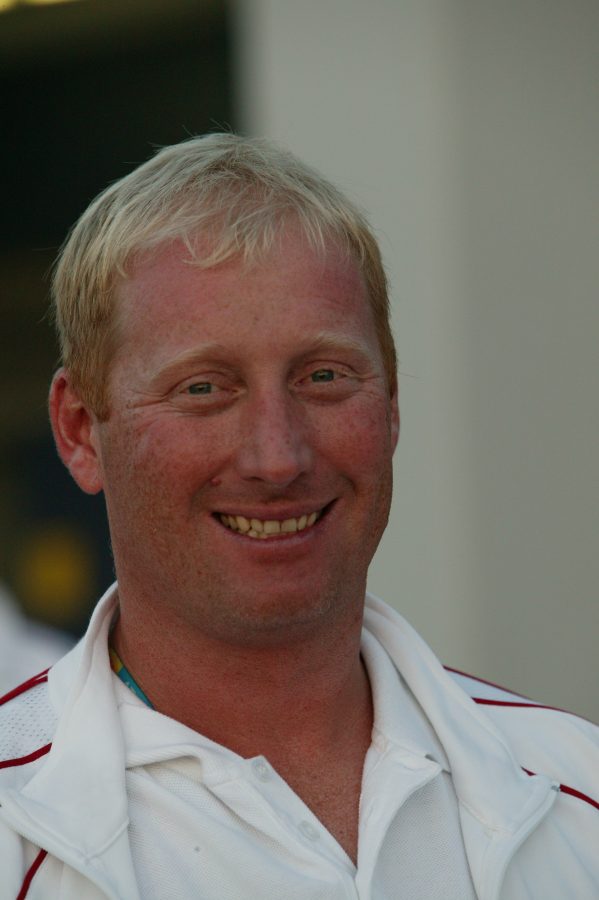
WHO WE ARE: MIKE WOLFS
WHO WE ARE: MIKE WOLFS
Get To Know Your Local Sales Expert
How long have you been sailing? What boats/classes do you sail?
I've been sailing for 42 years now. I sail mostly in one design classes like the Star, Melges 20, Melges 24, and Etchells. I have also done blue water sailing, the Transatlantic races and Caribbean races as well as deliveries.
What got you into the marine industry?
I enjoy the sailing and learning new things about the sails. Also the experience of traveling to all parts of the world.
How long have you been working in the industry?
I have been working in the industry for 28 years.
What’s your favourite thing about sailing?
I enjoy harnessing the power of the wind and waves while in competition against others.
READ MORE
READ MORE
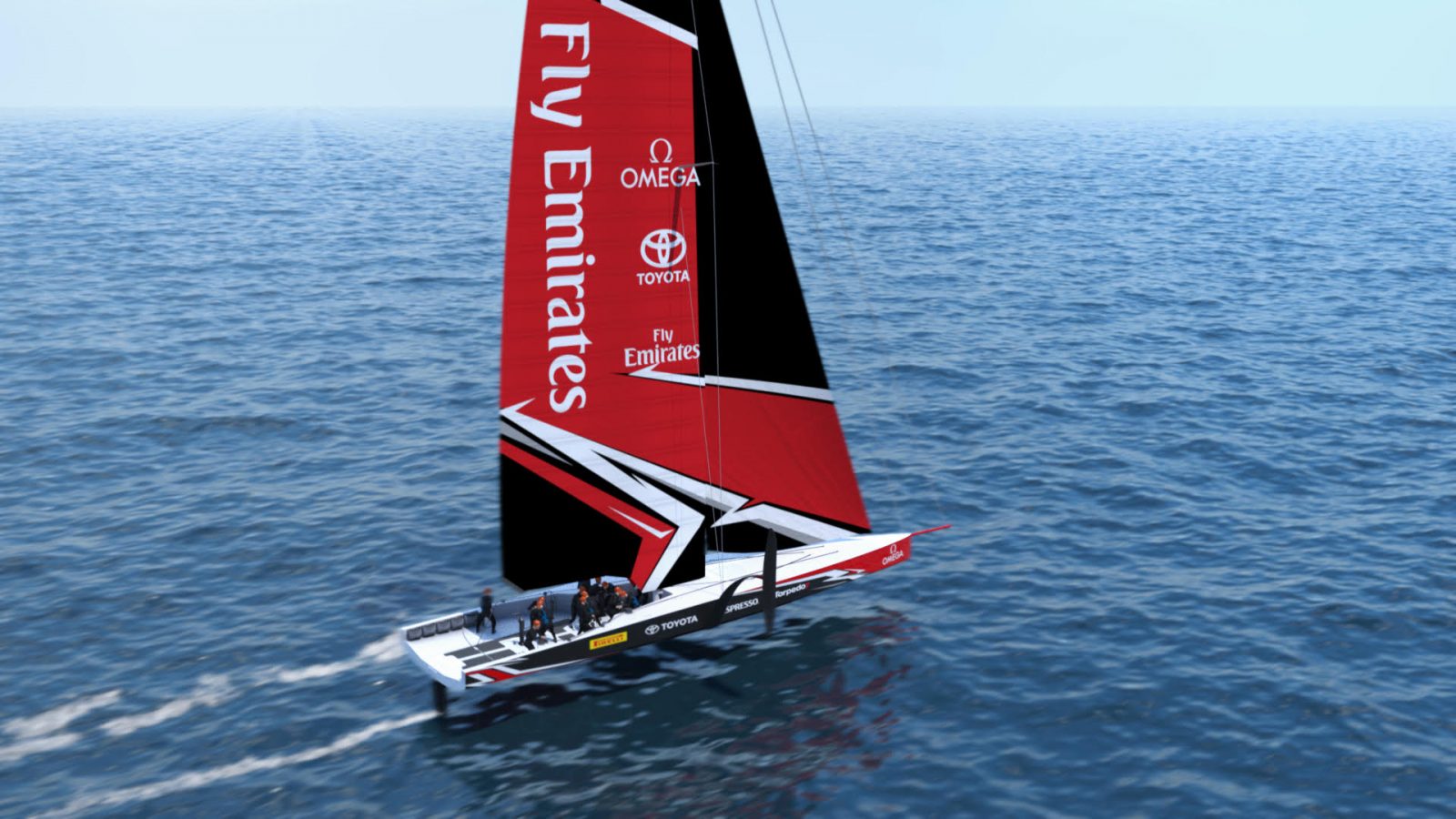
NORTH SAILS CONFIRMED SUPPLIER FOR 36TH AMERICA’S CUP
North Sails is once again leading the way in the America’s Cup as Defender Emirates Team New Zealand and Challengers Luna Rossa and INEOS TEAM UK have confirmed the global leader in sailmaking as the supplier of choice in the next event.
READ MORE
READ MORE


